

13 Bibliography of Bantu Education Act 1953

Over the years, several books and journals have been written to help us see the Bantu Education Act and it’s effects in different perspectives.
Many of these books are not published online because of the inaccessibility of internet facilities as at then. However, a search through University libraries and historic archives will help you get one of these publications.
Here is a bibliography of sources related to the Bantu Education Act of 1953:
1. Bantu Education: A Discussion of the Separate Educational Facilities for Non-White South Africans
Bibliography.
Department of Bantu Education. Bantu Education: A Discussion of the Separate Educational Facilities for Non-White South Africans. Pretoria: Government Printer, 1954.
This government publication provides an overview of the Bantu Education system, including its objectives, curriculum, and funding.
2. The Political Economy of Race and Class in South Africa
Magubane, Bernard M. The Political Economy of Race and Class in South Africa. New York: Monthly Review Press, 1979.
This book examines the ways in which race and class intersect in the context of South African society, including the impact of apartheid policies like Bantu Education on economic inequality and social mobility. Available on Google Books
3. The Bantu Education Act and Its Consequences
Motala, Shirin. “The Bantu Education Act and Its Consequences.” South African Journal of Education 23, no. 3 (2003): 206-210.
This journal article examines the impact of the Bantu Education Act on educational opportunities and outcomes for non-white South Africans, including the ways in which it perpetuated systemic inequality.
4. Separate and Unequal: The Bantu Education Act and South African Apartheid
Spiegel, A. D. “Separate and Unequal: The Bantu Education Act and South African Apartheid.” The Journal of Negro Education 69, no. 3 (2000): 192-202.
This journal article explores the connection between the Bantu Education Act and the broader system of racial discrimination and oppression known as apartheid, including the ways in which it reinforced social and economic inequality.
Related: 47 Questions and Answers Based on Bantu Education Act
5. The Bantu Education Act and African Resistance in South Africa
Walker, Cherryl. “The Bantu Education Act and African Resistance in South Africa.” Journal of Southern African Studies 4, no. 2 (1978): 157-177.
This journal article examines the ways in which black South Africans resisted the Bantu Education system through various forms of protest and activism, including boycotts, demonstrations, and civil disobedience.
6. The Bantu Education Act and South African Education, 1953-1968
Webster, Eddie. “The Bantu Education Act and South African Education, 1953-1968.” Journal of African History 13, no. 4 (1972): 637-654.
This journal article provides a historical overview of the Bantu Education system, including its origins, implementation, and evolution over time, as well as the ways in which it shaped the educational landscape of South Africa more broadly.
7. The Bantu Education Act: A Failure of Democracy
Wilson, Francis. “The Bantu Education Act: A Failure of Democracy.” South African Journal of Education 31, no. 4 (2011): 440-452.
This journal article argues that the Bantu Education Act was a failure of democracy, as it denied non-white South Africans the right to a quality education and perpetuated systemic inequality, thereby undermining the principles of democratic governance.
8. The Making of Bantu Education: A Historical Overview
Bundy, Colin. “The Making of Bantu Education: A Historical Overview.” Journal of Curriculum Studies 18, no. 5 (1986): 423-431.
This article provides a historical analysis of the development of Bantu Education in South Africa and how it served the interests of the apartheid government. It also explores the resistance to Bantu Education and the role of education in the struggle against apartheid. It remains an important resource on the topic.
Related: 10 Effects & Impact of Bantu Education Act in South Africa
9. A History of African Higher Education from Antiquity to the Present
Lulat, Y. G.-M. A History of African Higher Education from Antiquity to the Present: A Critical Synthesis. Westport, CT: Praeger, 2005.
This book provides a comprehensive history of higher education in Africa, including a discussion of the impact of apartheid-era policies like Bantu Education on access to higher education and academic freedom. Available on Google Books
10. Bantu Education, Colonialism and Christian National Education
Saleh, Fatima. “Bantu Education, Colonialism and Christian National Education: The Origins of Apartheid Education in South Africa.” Journal of Pan African Studies 3, no. 7 (2010): 146-159.
This journal article examines the historical roots of the Bantu Education system, including its connections to colonialism and Christian National Education, as well as the ways in which it was used to promote white supremacy.
11. Inscribing Race on the Body: The Logic of Apartheid Education
Soudien, Crain. “Inscribing Race on the Body: The Logic of Apartheid Education.” Comparative Education Review 38, no. 2 (1994): 168-185.
This journal article analyzes the ways in which the Bantu Education system was designed to reinforce and perpetuate racial inequality in South Africa, including the ways in which it inscribed race onto the bodies and minds of black South Africans.
12. From Christian National Education to Bantu Education
Van der Walt, Johannes L. “From Christian National Education to Bantu Education: The Evolution of Apartheid Education, 1924-1954.” Journal of Educational Studies 11, no. 1 (2012): 77-99.
This book explores the complex relationships between education, equality, and human rights, including a discussion of the impact of apartheid-era policies like Bantu Education on the educational opportunities and outcomes of marginalized groups in South Africa.
13. Apartheid and Education: The Education of Black South Africans
Horrell, Muriel. Apartheid and Education: The Education of Black South Africans. London: Routledge & Kegan Paul, 1978.
This book examines the impact of apartheid policies on the education of black South Africans and how education was used as a tool for resistance and liberation. It provides a comprehensive analysis of the effects of apartheid on South African society and remains an important resource on the topic.
Related: Bantu Education Act Essay (300 Words) + PDF
These books and articles provide a range of perspectives on the Bantu Education Act of 1953 and its impact on South African society.
They explore the political, social, economic, and historical factors that led to the creation of this system, as well as its consequences for education, equality, and human rights in South Africa.
By examining the complex relationships between race, class, gender, and other forms of social difference, they offer insights into the ongoing struggles for justice and equality in the post-apartheid era.

Olusegun Iyejare is a career coach and certified counselor. He helps individuals discover and maximize their potential to live satisfying lives regardless of obvious limitations holding them back.
Similar Posts By Author:

Leave a Comment Cancel Reply
Your email address will not be published. Required fields are marked *
Save my name, email, and website in this browser for the next time I comment.

- Archival descriptions
- Authority records
- Archival institutions
- Digital objects
- Clear all selections
- Go to clipboard
- Load clipboard
- Save clipboard
Quick links
- Privacy Policy
Have an account?

- Quick search
- Fonds PV 71 - Taylor Papers
- Series 1 - 1 SUBJECT FILES
- Subseries 1/5 - Education
- File 1/5/1/1 - Newspaper clippings regarding education
- File 1/5/1/6 - Newspaper clippings regarding education
- File 1/5/1/12 - Documentation regarding educational matters; Standing Committee of Associated Church Schools supplementary statement on Transvaal legislation affecting private schools
- File 1/5/1/14 Vol. 1 - Documentation regarding educational matters
- File 1/5/1/16 Vol. 4 - Newspaper clippings regarding educational matters
- File 1/5/1/20 Vol. 1 - Documentation regarding educational matters
- File 1/5/1/21 - Documentation regarding educational matters
- File 1/5/1/22 - Documentation regarding educational matters
- File 1/5/2 - Blacks
- File 1/5/2/1 Vol. 1 - Documentation regarding matters concerning Bantu education; Bantu Manpower and Education by E.G. Malherbe, Johannesburg 1969
- File 1/5/2/1 Vol. 2 - Documentation regarding matters concerning Bantu education, training, and labour
- File 1/5/2/1 Vol. 3 - Documentation regarding matters concerning Bantu education, training, and labour
- File 1/5/2/1 Vol. 4 - Documentation regarding matters concerning Bantu education, training, and labour
File 1/5/2/1 Vol. 2 - Documentation regarding matters concerning Bantu education, training, and labour
Identity area, reference code.
- 1972 (Creation)
Level of description
Extent and medium, context area, name of creator, archival history, immediate source of acquisition or transfer, content and structure area, scope and content, appraisal, destruction and scheduling, system of arrangement, conditions of access and use area, conditions governing access, conditions governing reproduction, language of material, script of material, language and script notes, physical characteristics and technical requirements, finding aids, uploaded finding aid, allied materials area, existence and location of originals, existence and location of copies, related units of description, related descriptions, alternative identifier(s), access points, subject access points, place access points, name access points, genre access points, description control area, description identifier, institution identifier, rules and/or conventions used, level of detail, dates of creation revision deletion, language(s), accession area.
- Bibliography
- More Referencing guides Blog Automated transliteration Relevant bibliographies by topics
- Automated transliteration
- Relevant bibliographies by topics
- Referencing guides
Academic literature on the topic 'Bantu Education Act (1953)'
Create a spot-on reference in apa, mla, chicago, harvard, and other styles.
Consult the lists of relevant articles, books, theses, conference reports, and other scholarly sources on the topic 'Bantu Education Act (1953).'
Next to every source in the list of references, there is an 'Add to bibliography' button. Press on it, and we will generate automatically the bibliographic reference to the chosen work in the citation style you need: APA, MLA, Harvard, Chicago, Vancouver, etc.
You can also download the full text of the academic publication as pdf and read online its abstract whenever available in the metadata.
- Journal articles
- Dissertations / Theses
- Book chapters
Journal articles on the topic "Bantu Education Act (1953)":
Hunter, Mark. "THE BOND OF EDUCATION: GENDER, THE VALUE OF CHILDREN, AND THE MAKING OF UMLAZI TOWNSHIP IN 1960s SOUTH AFRICA." Journal of African History 55, no. 3 (September 22, 2014): 467–90. http://dx.doi.org/10.1017/s0021853714000383.
Ball, Tyler Scott. "Sof’town Sleuths: The Hard-Boiled Genre Goes to Jo’Burg." Cambridge Journal of Postcolonial Literary Inquiry 5, no. 1 (November 27, 2017): 20–35. http://dx.doi.org/10.1017/pli.2017.38.
Verhoef, M. "Funksionele meertaligheid in Suid-Afrika: 'n onbereikbare ideaal?" Literator 19, no. 1 (April 26, 1998): 35–50. http://dx.doi.org/10.4102/lit.v19i1.511.
Campbell, Kurt. "Philological Reversion in Post-Apartheid South Africa: The Sand Writing and Alternate Alphabets of Willem Boshoff." Philological Encounters 3, no. 4 (November 27, 2018): 524–49. http://dx.doi.org/10.1163/24519197-12340053.
giliomee, hermann. "A NOTE ON BANTU EDUCATION, 1953 TO 1970." South African Journal of Economics 77, no. 1 (March 2009): 190–98. http://dx.doi.org/10.1111/j.1813-6982.2009.01193.x.
Klein, Melanie. "Creating the Authentic? Art Teaching in South Africa as Transcultural Phenomenon." Culture Unbound 6, no. 7 (December 15, 2014): 1347–65. http://dx.doi.org/10.3384/cu.2000.1525.1461347.
Bologna, Matthew Joseph. "The United States and Sputnik: A Reassessment of Dwight D. Eisenhower's Presidential Legacy." General: Brock University Undergraduate Journal of History 3 (December 18, 2018): 29–54. http://dx.doi.org/10.26522/gbuujh.v3i0.1722.
Mária, Péter H. "Commemoration of Kárpáti Gizella, the first woman who took her degree in medical science in Kolozsvár at Ferenc József University." Bulletin of Medical Sciences 91, no. 1 (July 1, 2018): 67–74. http://dx.doi.org/10.2478/orvtudert-2018-0001.
Kolbiarz Chmelinová, Katarina. "University Art History in Slovakia after WWII and its Sovietization in 1950s." Artium Quaestiones , no. 30 (December 20, 2019): 161–90. http://dx.doi.org/10.14746/aq.2019.30.8.
Anderson, R. Bentley. "‘To Save a Soul’: Catholic Mission Schools, Apartheid, and the 1953 Bantu Education Act." Journal of Religious History , May 21, 2020. http://dx.doi.org/10.1111/1467-9809.12664.
Dissertations / Theses on the topic "Bantu Education Act (1953)":
Moore, Nadine Lauren. "In a class of their own : the Bantu Education Act (1953) revisited." Diss., University of Pretoria, 2015. http://hdl.handle.net/2263/53445.
Leleki, Msokoli William. "A Critical Response of the English Speaking Churches to the Introduction and Implementation of Bantu Education Act in South Africa." Thesis, University of Pretoria, 2014. http://hdl.handle.net/2263/46253.
Rundle, Margaret. "Accommodation or confrontation? Some responses to the Eiselen commission report and the Bantu education act with special reference to the Methodist church of South Africa." Master's thesis, University of Cape Town, 1991. http://hdl.handle.net/11427/19520.
Legodi, Mapula Rosina. "Issues and trends in shaping black perspectives on education in South Africa : a historical-educational survey and appraisal." Diss., 1996. http://hdl.handle.net/10500/17195.
Legodi, Mapula Rosina. "The transformation of education in South Africa since 1994 : a historical-educational survey and evaluation." Thesis, 2001. http://hdl.handle.net/10500/17196.
Book chapters on the topic "Bantu Education Act (1953)":
Battisti, Danielle. "Refugees and Relatives: Italian Americans and the Refugee Relief Act." In Whom We Shall Welcome , 84–110. Fordham University Press, 2019. http://dx.doi.org/10.5422/fordham/9780823284399.003.0004.
Tsika, Noah. "Solemn Venues." In Traumatic Imprints , 48–81. University of California Press, 2018. http://dx.doi.org/10.1525/california/9780520297630.003.0003.
- Society and Politics
- Art and Culture
- Biographies
- Publications

“Bantu Education or the Street” by Norman Levy
This article was taken from the book The Final Prize by Norman Levy (Chapter 11)
“Bantu Education or the Street”
The first half of the 1950s was the formative period of apartheid and the liberation movement fought simultaneously on four fronts against a new wave of fascist measures that restricted education, movement, residence and work. For the most part, the action occurred while the majority of the Congress Alliance leadership was either banned, on trial or serving short sentences in prison. The main activities revolved around the introduction of “Bantu education”, the threatened extension of the pass system to African women, the forcible removal of Africans from the Western Areas of Johannesburg and new labour legislation – in which Africans were seen as “unfit for trade unionism”. The policies of Group Areas and Bantu Education, supported by the core of legislation that regulated the labour market and managed industrial relations, formed the kernel of the apartheid system. Despite the obnoxious character of all this legislation, the Bantu Education Act was the measure that provoked the most prolonged resistance, which ended only with the Mandela government in 1994. While the new laws restricting movement, residence and work were strenuously opposed by the Congress Alliance there was none so inherently disempowering as the Bantu Education Act. What made it especially offensive was its essential idea that future generations of Africans were to understand that they were unequal, inferior and different.
In 1954 African parents were faced with the cruel dilemma of accepting a “rotten education” for their children or “no education at all”. As the more militant church leaders said, it was “Bantu education or the street!” Although the Bantu Education Act was potentially the most disabling act introduced by the apartheid regime, the resistance to it in 1953 was vocal and well-intentioned, but insufficient to prevent its passage through parliament – or to make it inoperable once it had become law. When its contents became known in 1953 the ANC campaigned against it and in 1954, with the act’s implementation, a boycott of government primary schools was organized. Thereafter it prepared for an interim alternative education system to meet the demands of an anticipated student withdrawal. Apart from a lack of capacity to do this, the ANC’s resources were severely stretched. Its leadership was banned and it did not have the expertise to provide an alternative educational system – the legality of which was in any case exceedingly uncertain. Hatred of the principles behind the legislation, however, continued to simmer for the rest of the century, until Mandela took office in 1994. Until then there were at least 15 education departments, one for each of the ten Bantustans, a department for each of the four population groups and a national department. These were disbanded and welded into one in 1994. As a teacher I volunteered to assist the campaign against Bantu education and helped to develop an “interim alternative” to the new system. This last, in the legal-speak of the 1950s, was tactfully described by Professor Z.K. Matthews as “a programme of cultural activities”.
Verwoerd introduced the bill on Bantu Education to parliament in 1953 with a wordy statement that was as provocative as it was objectionable. The more he said, the more he revealed the real intentions behind the measure, which were to prepare African children for the lower echelons of the labour market. Under the new system, education would be transferred to the Native Affairs Department (NAD) where Verwoerd (as minister) could more effectively control it. Z.K. Matthews, acting president of the ANC at the time (Chief Luthuli had suffered a stroke and was seriously ill) communicated his thoughts on this in a letter to Tambo, saying: “The more I think about the system of education under review, the more I am satisfied that the underlying philosophy and the administration of it are even more important than the content of the syllabuses.”2
He was right. The statements and debates in parliament that I read were unashamedly blunt about the bill’s intentions. In the eyes of the government, the new education policy was clearly too ideological and too important to be left to the management of the Christian mission schools or the four provincial administrations who were previously responsible for the provision of African education.3 Once removed as a function of the provinces and made the responsibility of the Native Affairs Department, African education would be treated as a “native affair’ and be seen in its “proper” context as a preparation for labour.4 In 1954, six years after the National Party victory, the NAD was already burdened with the multiple tasks of undertaking the re-tribalising of the African population under the Bantu Authorities Act, overseeing the operation of the pass laws, collecting the poll tax, and in the words of I.B. Tabata, writer and activist, would now place African education “in the service of these activities”.5 He went on to say: “It is well known that when a government wants to juggle with the social order, it reconstructs the system and the substance of education to suit its own aims.”
This insight became more apparent with each new statement made by Verwoerd. For him the “Bantu” family was traditional and almost changeless. Boys and girls received their training from their parents and older relatives. The chief was the father, judge, guardian and link with the spirits. Men tended the cattle, sheep and goats and the women undertook the work of hoe culture – which was “poor in technique and based on the extravagant use of land”. Ideas of an almighty or creator had no practical effect on their conduct, while the paramount belief was in the immortality of the spirits and supernatural phenomena.6 The long-standing entry of Africans into wage labour in mining, manufacturing and farming was not seen to contradict this view. For him, migrant labour was “the customary life of tribal peoples within the Union” and had been encouraged “to make manageable the enormous, if not overwhelming burden of adjusting the Bantu population to modern standards of health, order and civil life”.7
Neither Verwoerd’s spurious references to the spiritual virtues of the “Bantu” community nor his senseless rationale for Bantu education could change the perception of African parents that this was a measure for the intellectual enslavement of their children. Africans spoke of it as a “poison”. For the most part, National Party legislators had made it abundantly clear years before Bantu Education was enacted that they did not approve of education for Africans beyond reading, writing and elementary arithmetic. Their speeches repeated the conventional wisdom that “native education” should do no more than “teach Africans to work”. The speakers seemed quite oblivious of the poor logic of their statements: “No member on this side of the House wishes to impede the progress of the native”, one National Party MP said in 1945, “[but] we say that he must live in the hut and we must live in the house ”¦ We want to retain the respect of the native but we are not going to sleep with him in the kraal”.8 Another outspoken MP declared:
We should not give the native an academic education as some people are prone to do ”¦ If we do this we shall later be burdened with a number of academically trained ”¦ non-Europeans ”¦ and who [then] is going to do the manual labour in the country?9
Their vision of the future South African economy was one of a low paid, labour-intensive workforce where all but the basic industrial skills were the privilege of the whites – and where “the natives knew their place”.
As a teacher in a privileged white school, already an activist in the Congress of Democrats and the SACP, there was no question of my not placing my expertise – such as it was – at the disposal of the Cultural Clubs that were soon to be formed. There were, of course, consequences – not least my inclusion in the Treason Trial, suspension as a teacher by the Transvaal Education Department and consequent loss of income. It was difficult to stand by and do nothing as the National Party’s plans for African education unfolded. The contents of the Eiselen Report, named after the Commission’s chairman, Dr W.W.M. Eiselen, secretary for Native Affairs were even more unpalatable than those expressed at the turn of the century.10 Referring to the functions of Bantu education, Eiselen cited statements from 1903 and 1908 in the Transvaal and Cape respectively to lend weight to his recommendations.11 According to the 1903 statement, education had the effect
of creating in the natives an aggressive spirit [and] ”¦ an exaggerated sense of self-importance, which renders them less docile and less disposed to be contented with the position for which nature or circumstances has fitted them.12
It is difficult to believe that the Eiselen Commission, reporting in 1951, could be more retrograde than this. But judging from the commission’s extraordinary racist terms of reference, it based its recommendations on the assumption that Africans were a “race” set apart from the more rational varieties of the human species.
Its findings were premised on the understanding that the “Bantu” were “an independent race in which their past, [and] inherent racial qualities” were to be taken into consideration when it came to providing education.13 In the language of the Eiselen Commission, the word “Bantu” denoted the many tongues spoken by original tribes living south of the equator, “some of whom were dwarfs or dwarf-like”. Others again, “can hardly be distinguished from the black West African negro”.14 As to whether Africans and whites were equally intelligent, the commission kept an “open mind” on the matter, noting that “while the volume of evidence on this subject ”¦ was considerable, it was of a very contradictory nature”.15 As this line of enquiry was evidently inconclusive, they conceded (awkwardly) that, “no evidence of a decisive nature” could be adduced to show that as a group “the Bantu could not benefit from [the same education as whites] or that their intelligence or aptitude were of so special and peculiar a nature as to demand on these grounds a special type of education” (my italics).16
They therefore found other grounds on which to base their recommendations, retrieving the sentiments of the earlier commissions they cited and adding their own perceptions on the relevance of the family unit and the significance of the “Bantu” social structure to “native education”.17 Verwoerd was immersed in this rhetoric and drew on it when introducing the Bantu Education Act to parliament in 1953. The guiding aims of the new system were to be based on the assumption “that the sale of African labour was of evident importance to the educator” and that “native education must be coordinated with a definite and carefully planned policy [for the development of Bantu societies]”.18 The concept was less benignly expressed in Verwoerd’s assertion that “there is no place for [the African] in the European community above the level of certain forms of labour ”¦”.19 It was these values that we tried our utmost to counteract when designing the activities for the Cultural Clubs we formed after Bantu education was introduced into the schools in 1954. The new system was based on the assumption that Africans in the urban areas were only there as temporary, unskilled workers and that Bantu education would produce the sort of individual “who may safely approach ‘his’ future without the enervation brought about by his imitation of European ways of life”.20 Much of the curriculum depended on what the ruling party considered to be its guiding principles that “Bantu education should stand with both feet in the Reserves and have its roots in the spirit and being of Bantu society”. The starting point of this understanding (pre-set in the Eiselen Report) recommended the teaching of social values “that make a man a good member of the [‘Bantu’] community”. These were specified as loyalty to the chief, selfconfidence, reliability, a sense of duty, good manners and the “power to concentrate”.21 All of them good qualities for a job.
The system strove to undermine all previous primary education. By 1953 (prior to Bantu Education Act) most of the Africans who attended school were enrolled in the various mission, government, private and community schools. The principle of compulsory attendance did not exist.22 Only about 40% of approximately 2.1 million African children between the ages of six and sixteen attended the state and state-aided schools – “most of them in the lowest classes”.23 Africans were at the bottom of the racial hierarchy in the allocation of financial resources. Each African pupil received only 14% of the amount spent on a white pupil and just over half the sum spent on an Indian or Coloured student.24 Significantly, whilst the facilities were grossly unequal and the teachers under-qualified there was no official ideological slant to the curriculum, although the prejudices of each of the providers (church, government, community or private) were apparent in the limited scope of the curriculum. Verwoerd’s Bantu education system changed all that for the worse.
The coercive instrument to relieve the state-aided schools of their control of the curriculum was the withdrawal of financial subsidies if they failed to register with the Department of Education (DOE). These schools included the church mission and community establishments who received financial subsidies for approved staff as well as schoolbooks and equipment. The extent of state aid depended on the size of their enrolments. For these schools, which were chronically cash-strapped, it was either registration or closure. All existing non-government schools were required to apply for registration with the DOE and no new schools could be established without its approval.25 It was not so much a reform of the existing education system (which was ragged), but the end of education for any African child who aspired to a world outside Verwoerd’s singular perception of the “Bantu community”. “The present native schools,” he argued “may be characterized as schools within Bantu Society but not of that society [it] is the government’s intention to transform them into real Bantu community schools” (my italics).26 This was in line with his specious statement: “[u]ntil now [the African] has been subjected to a school system which drew ‘him’ away from his own community and misled him by showing him the green pastures of European society in which he was not allowed to graze.”27 As it turned out his version of the new Jerusalem had very little substance to graze on.28 For most Africans between the ages of seven and ten years old, four years of schooling after two years in the infant grades, were the norm and the ceiling. Ideology was as important as the cost of African schooling. Even before Bantu education was introduced, Verwoerd had made it clear that “it was wrong to utilize expensive teaching staff to supervise large classes of bored children while thousands ”¦ entitled to some measure of primary education are kept out of school”. The new system would cut costs and double the enrolment of pupils in the sub standards by shortening the number of hours of attendance to three hours a day. The pupils in the morning session would keep the seats warm for those who attended school in the afternoon ! 29
“A devil’s piece of legislation”
This sophistry elicited an unusually bitter response from Chief Luthuli in December 1954 at the ANC’s annual conference, a few months before the implementation of the Bantu Education Act. “Leaders of white public opinion”, he remarked,
take every opportunity to present us in the world as sub-human beings incapable of assimilating civilization ”¦ This matter of dwarfing our personality and trying to make us believe that we are nobodies is the worst sin the white man has committed against Africans.30
He called the act “a devil’s piece of legislation”,31 Aware of the demoralizing effect it would have on every African parent, Luthuli was adamant that the ANC had to fight it “to the bitter end”.32 Because he was banned from entering Durban where the ANC had chosen to have its 42nd annual conference, 200 delegates travelled in buses from Durban to a location closer to his home-town near Stanger, to enable him to participate in a preconference debate on a possible boycott. His address to the delegates at the conference the next day was read by Professor Z.K. Matthews. Luthuli did not speak directly of a boycott but called for a multiracial front to challenge the menacing wave of reaction facing the country. The three issues of greatest concern were the Western Areas removal scheme, the threatened extension of passes to women and the question of the new Bantu education. When it came to the latter, the overwhelming revulsion at Verwoerd’s utterances in parliament, and the belief that the system spelt the destruction of all meaningful schooling for African pupils, led the delegates “to call upon the African parents to make preparations to withdraw their children from primary schools indefinitely as from 1 April 1955”.33 This was the date on which the new syllabus was to be implemented by the NAD. The resolution itself insisted that the correct policy was the total rejection of Verwoerd’s evil act whose purpose was “the moral and spiritual enslavement of our children”.34
Seen in its context the resolution, although taken in haste and over-estimating the parents’ ability to comply, was predictable. But in their statements before the conference the leadership (banned from attending the gathering) were apprehensive of a total boycott. Their views (heavily nuanced) were made known through the columns of New Age, which stated: “Bantu Education is a vital aspect” of the National Party’s programme, part of its preparation for a fascist state. It was evidence of the government’s determination to subject the majority of the people “to the lusts of a few greedy mining magnates and labour barons”35 but a total withdrawal of African children from the government primary schools was not recommended as the first recourse against the government’s plans.
For their part the parents, faced with the choice of having their children fed with “Verwoerd’s poison” or removing them from school for an indefinite period, was a difficult choice to make. Already, acting on the conference resolution, some of the ANC branches in the Transvaal, the Orange Free State and Western Cape had begun to agitate for the boycott of government primary schools for an indefinite period of time. In Orlando West there were reports that anti-Bantu education committees were being set up and that volunteers had come forward to pledge that every household would be organized to resist the act.
Speakers at the numerous meetings were in a militant mood, positioning themselves in such a way that there was no exit if the boycott failed. One speaker declared: “Every African – young or old – should be ready for sacrifice rather than compromise.”36 He was not alone in taking this view. Elsewhere, another speaker, the Reverend E.G. Mokoena, chairman of the ANC branch in the town of Bethlehem, confidently told the distraught parents: “what does it matter if the whole of this generation will be without education if we know that through our struggle we will achieve our aim?”37 He was supported at the same meeting by the branch secretary, J.M. Motaung, who said that the government schools were “youth Camps for our children, ”¦worse than prisons”. 38 In line with the ANC resolution, the local branch there resolved to encourage parents to keep their children away from school from l April 1955 “when Verwoerd’s poisonous syllabus” was to begin operating. It was the same at Langa, in the Western Cape.
Re-interpreting the Resolution
Despite the rhetoric, the general response to the call for the withdrawal of African children from government primary schools was uneven. At its annual conference the ANC had decided in principle to boycott the government primary schools, but it was for its NEC to clarify the precise intention of its resolution and the process to be adopted in carrying it out. An editorial in New Age similarly noted some difficulty in reading the resolution correctly, adding that there were already conflicting views about the conference’s intentions. Was the withdrawal of children from Verwoerd’s schools to be a once off “demonstration” or was it to be “a stay-away from school for a week or so?”39 The editorial feared that an effective boycott on 1 April 1955 was unlikely and suggested a temporary stay-away on that date “provided it was not seen as the beginning and the end of the campaign”. This, it felt, would be an important step in the direction of preparing for a full boycott in the future.
Meanwhile, the ANC’s NEC met in March 1955 and after a more temperate debate than that held at the conference decided to postpone the action. The NEC saw few signs of a general readiness on the part of parents to withdraw their children from government primary schools by 1 April and postponed the proposed action “to a later date, soon to be announced”.40 It had a broader strategy in mind, which Oliver Tambo (acting secretary general after Sisulu’s banning) later explained.41 The plan was to allow the ANC regions more time for preparation and for consultation with parents’ organizations, church bodies and other associations opposed to the act. The strategy was to broaden the campaign, secure greater consensus for the boycott and provide an opportunity to discuss the best methods of defeating the new education system with religious organizations, teachers’ associations, as well as the congresses, the Labour Party and the Liberal Party. Two positive decisions taken at that meeting were: first, to hold a broad conference (as outlined by Tambo) during the Easter holidays in Port Elizabeth. Second, it called for a National Council of Education composed of representatives of organizations opposed to Bantu education. The idea behind this body, which would be wider than the ANC, was that it should draw up plans for alternative educational activities for African children “to be set in motion as and when the withdrawal from the schools is effective”.42 I had no idea at the time how greatly, or how soon, this would affect my life. But I agreed to work in the new body when it was established in April 1955 and to contribute to the design of what we somewhat grandiosely referred to as a temporary alternative to Bantu education.
Helen Joseph and I served as representatives from the Congress of Democrats on the regional committee of the new body, which became known as the African Education Movement (AEM). Its brief was to provide “an effective alternative” to Bantu education, a tall order given our limited resources and the restrictive nature of the act, to say nothing of the depressing contents of the report of the Eiselen Commission and to Verwoerd’s sickening speech in the senate on the aims of the Bantu Education Act.43 As far as I could see, it was difficult to think of any way of preparing “alternative” educational material that would not contravene the rigid terms of the act.
The Act Comes into Effect (April 1955)
I thought Oliver Tambo’s skirting of the issue of boycott and calling upon African parents not to collaborate in the “administration” of the act was potentially confusing. He appealed to the teachers and the parents to refuse to participate in the elections or serve on the school committees and boards that were hastily being constructed by the Bantu Education division of the NAD – but he said nothing of boycott.44 Aware that the effective functioning of Bantu education depended on the parents’ participation in these structures, the chief education officer, a naÁ¯ve NAD official named Prinsloo, called for the establishment of “thousands of school committees”, and invited greater African involvement in the “reformed” system.45 It was an especially tense period for the parents, who not only had to resist the bullying of Bantu education officials and school principals, but also had to overcome their fears of punitive steps from the NAD for whatever action they might choose to take.
It was also a frustrating time for the teachers who saw the shameful syllabi for the travesty they were and had to suffer the ignominy of administering the “medicine” of Bantu education, as the parents called it, to African children. As members of the same African communities the teachers were in an invidious situation. Those who failed to resist the act for fear of losing their jobs would incur the wrath of the parents and selfhumiliation for their cooperation with the NAD. The government knew that the success of the education programme was to a large extent dependent on their ability to co-opt the teachers. They knew that the vast majority of the 22 000 black teachers employed by government in 1953, were “strongly against Eiselen’s recommendations, despite subsequent inducements of greater mobility by promotion to the sub-inspectorates and its guarantees of job protection”.46 It did not help to allay the teachers’ sense of uncertainty when Eiselen stated in his report that the payment of teachers would be protected by the State unless they broke their service and that if they did so, female teachers would be recruited in their place.47 Oliver Tambo, himself a former teacher, tried to assuage their alarm by noting empathetically just before the boycott began: “the position of teachers is a particularly difficult one because they can only oppose Bantu education at the risk of immediately ceasing to be teachers”. Aware that only a small proportion were prepared to take this risk, his advice to the remaining number was that they should not do anything that was calculated “to undermine or obstruct the national struggle” against Bantu education.48
The mission schools – run by the Roman Catholics, Presbyterians, Methodists, Seventh Day Adventists and the Anglicans – were also caught up in this dynamic of threats and inducements. They objected to the principles of the Bantu Education Act, but were divided for reasons of finance, fear and indecision on the desirability of resisting the state on this issue; they lacked the spirit to take a united stand against the provisions of the act. Ultimately each religious denomination salved its troubled conscience in its own way, with the result that only the Roman Catholics and Seventh Day Adventists refused to register their schools with the NAD. They alone rejected the view that “it was better for children to have a rotten education than none at all”. Some Anglicans thought otherwise, but closed their schools in the Johannesburg Diocese, notably the famous St Peters School in Sophiatown.49 However, all the other Anglican educational establishments capitulated to the government. Later, reflecting on the almost complete surrender of the Anglican schools, Trevor Huddleston noted with characteristic starkness: “[t]he truth is that parents have no choice; or rather they are faced with the same hideous dilemma: ‘Bantu Education’ or the street.”50
The ANC had set no new date for the boycott to start and the system would be implemented after the Easter holidays, when the pupils returned to school on 12 April.51 The leadership in the Transvaal were seriously troubled. They were critical of the NEC’s initial decision to postpone the boycott date and quickly called two (very vociferous) local conferences to discuss it, the first agreeing to ignore the NEC’s decision and go ahead with a boycott as planned, and the second agreeing to rescind that decision. The other ANC regions were in various stages of preparedness and it was not clear from their statements what they would do when the school term started and the new education system began. There were two options: indefinite withdrawal or a “strike” by the pupils for a day or two or more. The national leadership evidently favoured the idea of withdrawal for a day or a week as a signal of protest, but some of the activists (Chief Luthuli referred to them as “enthusiasts”) preferred a policy of indefinite boycott. Would they follow that option?
Brian Bunting highlighted the extent of the dilemma in an editorial he published in New Age on 31 March, on the eve of the introduction of the new system. “When African children go home for their holidays tomorrow,” he noted:
they will leave for the last time the schools run by the missionaries and the others who for all their shortcomings, aimed at giving them a general education in the universally understood meaning of the term. They will return on 12 April to institutions controlled by the Department of Native Affairs ”¦ in which they are to be drilled in the lies of ”¦ inferiority, baaskap and servitude.52
The editorial spoke for the ANC leadership when it urged against a policy of uniformity of action in the hope that “somehow or other, everything will happen nicely and tidily on the same day, just as the planners have planned”. Activists in each region, it suggested,
should work and win the support of the parents to prepare for a mass withdrawal of the children when they were ready . In the interim, the ANC branches were to mount “some kind of protest demonstration ”¦ for the 12 April when the education of 900 000 African children would be taken over by the NAD and the new system put into place”. It did not matter whether this was a leaflet-distribution or a conference of teachers and parents: that would depend on the state of organization of the people in each area.53 (It was not unusual for New Age to clarify a confused situation. In view of the banning of national leaders and difficulties in rapid communication with the regions, its editorials almost certainly reflected the views of the Congress leadership. The paper would comment on events and policies, sometimes critically, but would not appear to make decisions for the Congress Alliance). In this instance New Age addressed the timing and tactics of the pending boycott. It was confident, along with the national leadership, that no “magical date” should be set for the boycott.
With less than a fortnight to go before the schools restarted, the parents’ would have to respond to “this devil’s piece of legislation”. The mood in the Transvaal and the Eastern Cape was militant.54 Chief Luthuli issued a hard-hitting statement reiterating the NEC’s position, which was to defeat the intention of the government to regiment the African people and make them a “docile and willing nation of labourers and servants”.55 He stressed the importance of co-ordinated action, stating that if the fight against Bantu education was to succeed, it had to be based on a “comprehensive plan directed by the elected leaders of the ANC and not on haphazard and spasmodic efforts.”56
As in other campaigns, there were to be three phases of the action: phase one would be an intensive period of explanation of Bantu education and of the futility of joining school committees, school boards or accepting posts under the system. In most areas this phase, in which we had all been very active, had passed. However, there was still time to persuade parents who had already joined these committees to resign. Phase two would see the withdrawal of children in the organized areas and the establishment of broad provincial and local “peoples’ education councils” to provide educational and cultural facilities for the children. The National Educational Council (now referred to as the African Education Movement ) was directed “to proceed without delay” to draft plans for alternative educational and cultural facilities for those children withdrawn from the schools. Phase three, which referred to “total non co-operation on a mass scale” throughout the country, did not materialize.57
The NEC meeting at which this strategy was outlined was planned to coincide with the broad-based conference of organizations opposed to Bantu education to be held in Port Elizabeth on the same weekend of 7–9 April 1955 as the NEC. The planning for this conference was less than brilliant and Helen Joseph and I made hasty “last-minute” arrangements to attend the conference on behalf of the Congress of Democrats. Setting a precedent for future trips, we travelled in Helen’s beloved all-purpose mini, a miniscule vehicle, which I got to know quite well. (I had at least three cramped trips in it to different parts of the country, two in 1956 to workshop sessions with cultural club leaders, and again later, on another related mission just before the Treason Trial.) Helen was passionately fond of this car, providing it with quaint human attributes, such as “gallant” and calling it “Congress Connie”. She had come to the Congress movement in the early 1950s and had recently become the Transvaal secretary of the newly formed Women’s Federation. Remarkably young in spirit, with a commanding appearance and an imperious quality to her voice – she was fifty at the time – she led us in the campaign against Verwoerd’s schools as soldiers marching as to war. Robert Resha, who always accompanied us, was a considerate traveller, close to Helen and a good companion in “Congress Connie”. In 1955, in his mid-thirties, he was a sports editor on New Age and acting president of the ANC Youth League (succeeding Joe Matthews who had been banned). He was short, solidly built and formal in his dress. He was just as historians later described him, “aggressive, shrewd, and powerful on the public platform”.58
The conference itself has been quite well described by Joseph and by fragments of commentaries elsewhere. It began more than two hours late because the police had arrested Z.K. (still the acting ANC president) on a permit matter and the proceedings only commenced when he had paid the fines and was released from custody.59 He was seemingly unperturbed by the police harassment he had suffered the previous night and from his subsequent arrest. He told the delegates in his usual didactic way that the campaign to withdraw the children from schools had been postponed and not cancelled; the NEC would decide on a future date, which would be announced later by the president. In the meanwhile, the move to establish a National Council of Education had been endorsed and local, provincial and regional educational councils would be set up as part of the NEC’s plan to provide cultural activities for the children that had been withdrawn from the primary schools.60
According to Helen Joseph, it was her first experience of a large ANC conference (the Congress of the People where she was prominent, was held a few months later, in June that year) and she was impressed by the militancy, the singing and the discipline at Port Elizabeth. “The Congress volunteers from the former Defiance Campaign days,” she wrote, were “out in full force in khaki shirts and black berets to welcome and usher in visiting delegates and to maintain order. Many of the women were wearing the newly adopted black skirt and green blouse of the ANC Women’s League.”61 Her description, as far as I can remember, was accurate and confined to the scene of the meeting, rather than the debates, but is nevertheless still evocative. Another contemporary account by a member of the Liberal Party, noticeably alienated from mass politics, was less exuberant:
Most [of the 700] delegates represented the ANC branches and local ‘vigilance committees’. The COD sent two delegates from Johannesburg, and the Liberal Party sent three from Cape Town ”¦ It was perfectly organized. There were all these young, uniformed men, around the sides. They saw that everyone was seated properly ”¦ And then, of course, they always had the singsongs ”¦ But this time it was a serious meeting ”¦ The COD was there. They got up and started to talk emotionally again. And Helen Joseph was the one rapped over the knuckles ”¦ She talked about the suffering of the people and Matthews cut her short. He said, ‘Mrs Joseph, we are here to talk tactics, policy. We know that there is suffering’.62
It hardly seemed a reprimand. Z.K. always spoke that way, as most people knew. The Port Elizabeth conference was seminal in many ways: for determination to frustrate the implementation of Bantu education; for its anticipation of the sporadic militancy that was to follow the opening of the schools a few days later; and for the innovative model it helped to conceptualize for a system of alternative education. It also formally agreed that the National Education Council, renamed the African Education Movement, should steer the process nationally. I do not recall all the details the conference as well as Helen, for whom this was one of her first mass meetings of the ANC, but she recounts an incident on our return trip in “Congress Connie” which I do remember.
Apparently we needed petrol urgently after closing hours and in order not to arouse the suspicions of the white petrol pump owner “with our odd mixture of races”, we resorted to some reshuffling of places in the car. She was put into the driver’s seat and (she recalls): “Norman was squashed into the back with instructions not to show his white face ”¦ while Robert appealed [to the sleepy white attendant] to help us out because his Missus ”¦ had to get back to Johannesburg.” After that, Robert “nobly” continued to teach her some African freedom songs, but her ignorance of African languages and an unfortunate lack of a musical ear, left her “la-la-la-ing” while we made our way to Johannesburg.63 It was difficult to forget that incident and the other rough overnight trips I took with her during which we argued amicably, slept in cramped upright positions, drank coffee and ate fish and chips when we were hungry.
The next eighteen months were totally schizophrenic. I went through the motions of teaching by day at the over-endowed white school where I worked, giving all my remaining energy at the weekends and on some evenings, to a bizarre version of primary “teaching” in the townships when those schools re-opened. A wave of protest shook the Transvaal and parts of the Eastern Cape in April and May 1955, bringing the total number of African children who had withdrawn from the schools to approximately 7 000. On the East Rand the withdrawal of the pupils was immediate.64 This was due to the intense organization there when the ANC Youth League held an all night meeting and songsession “preparing for the death of Bantu education”.65 They set out in a procession in the early hours of the morning of the 12 April, headed by two buglers, reminding residents that the boycott would take place on that day.66 The results were impressive. Elsewhere, in Boksburg, Brakpan and Germiston – all along the East Rand – the parents heeded the call and (in the words of the ANC and New Age ), “the children led the country”.67
Anticipating turmoil, parents kept their older children out of the secondary schools with the result that many of the classrooms were empty there too. It was the moment of the youth. They took to the rough Benoni pavements, shouted anti-government slogans, sang the congress songs they’d learnt from their parents and were quite undaunted by the mounted police who towered over them as they marched six-abreast along the dusty streets of the township.68 Sometimes regular police personnel followed them in vans, indiscriminately shouting threats of punishment – directed at the organizers, the parents, the children, the teachers, anyone in the vicinity! Unperturbed by the noise that came through the police loudhailers and buoyed by the attention they received from police and press, they returned the taunts of the special branch with jeers and cries of “Afrika!” and kept on marching. Nothing could stop them! The authorities would have liked to arrest them, but as one confused police officer in command of the Benoni operation reportedly told the media: “as African children are ‘very regretfully’ not obliged to attend school, [they] could not be legally prosecuted.”69 He added that there were however, some regulations governing African townships under which they could be charged. Curiously, the officer did not refer to the demonstrators as children – or boycotters or pupils – but as “strikers” which in tune with the new legislation on labour relations, had a criminal connotation to it.
The processions in Boksburg, Brakpan and Germiston lasted the entire week. By the start of the second week, the authorities had become frantic. They were more than ready to arrest, expel, threaten and punish. Verwoerd’s frustration was also evident. He threatened 4 000 African children with expulsion from the Reef schools and dismissed 116 teachers. (Significantly 71 of these came from the Western Areas of Johannesburg, indicating how much the teachers had identified the struggle against Bantu education with the overall fight against apartheid). Verwoerd equivocated on the dismissal of the teachers70 but would not budge on the exclusion of the children, stating that they “must return to school or lose their educational facilities for a long time”.71 He gave them a fortnight to return – until 25 April. The ANC’s National Working Committee responded by describing Verwoerd’s outburst as an “ hysterical and panic-stricken ultimatum”. Instead of retreating in the face of his threats, it called on all ANC branches “to intensify the campaign against Bantu education in their areas”.72
There were soon lengthy analyses assessing the situation and reviewing the preparations and planning so far employed, but the first round had shown a greater readiness on the part of the parents to react to Bantu education than the leadership had anticipated. Having achieved their purpose by the protests that followed the reopening of the schools, the ANC now urged the parents to send their children back to school and make Verwoerd’s threats of expulsion superfluous. There would be another day, the ANC told them, when the children throughout the country would participate in a total boycott of the schools and the system of slave education would completely collapse. For the most part the masses followed this directive diligently, but not all parents were so persuaded. Significantly, the campaign suddenly gathered momentum and the boycott spread to the Western Areas of Johannesburg and then to the townships of Alexandra (near the northern suburbs of Johannesburg), Moroko in the South West of Johannesburg and Natalspruit. The tactics were not the same everywhere and the responses were uneven in intensity.
In nearby Dube, south west of Johannesburg, the ANC announced the establishment of local committees to ensure that no parents accepted positions on the school boards and other posts in the system. The same occurred some distance away in Lamontville, in Natal. And so it went. Parents in other parts of the country, including the small town of Bethlehem in the Orange Free State, imitated the pattern of the demonstrations in the Transvaal. Here there was no picketing, the children simply joined the ANC-led processions and stayed away from school. Wary of prosecuting the children on boycott charges, the security police vindictively threatened the local leaders instead. The outspoken Rev. E.J. Mokoena (remembered for his fiery speech exhorting the youth to stay away from school until liberation if need be) was arrested on a charge of staying in the township without a permit and threatened with eviction. He had lived there for 15 years. In another instance, in the same town of Bethlehem a teacher (H.Z. Nzimande) was dismissed for wearing an ANC badge! He took the matter to court but I don’t remember whether he succeeded in forcing the NAD to reverse its blatantly desperate decision to ruin him professionally.
The instances of personal hardship are too numerous to relate, but the solid commitment of the teachers who would not acquiesce in the travesty of Bantu education was well known at the time. There is, however, little record of their contribution and there is no question that they deserve more recognition than the few paragraphs I can provide in this personal history. The parents received a richly deserved tribute from New Age when it noted that “they were not so [ill-prepared] after all ”¦ The silent classrooms on the day the schools opened were loud testimony to the peoples rejection of Verwoerd’s slave education.” The paper queried the ANC’s earlier decision to postpone the boycott and asked whether it was correct to doubt “that the forces of the Liberation Movement were strong enough to mobilize in a few short months an effective boycott”. Adding a gloss to what it thought might initially have been a tactical error in postponing the action, it concluded: “We are confident that other areas will follow the example of the East Rand ”¦ for [invariably] ”¦ each mistake leads to a greater clarity for the future.”73
This was not wishful thinking. By the last week of May 1955, just when the government believed that the boycott movement had peaked, the parents in the Eastern Cape withdrew their children in force. The action occurred in the townships of Korsten, Veeplaats, Kirkwood and New Brighton, all dotted around the city of Port Elizabeth, always a militant area. In New Brighton at that time a large, populous township with muddy streets, no pavements, church halls and more than one primary school, some 2 000 out of a possible 4 500 pupils stayed away – creating a huge need for “alternative” tuition, which they looked to the AEM and the Cultural Clubs to provide.
The Cultural Clubs
Helen Joseph and I represented the Congress of Democrats on the provincial and other committees of the AEM. Father Huddleston and later Father Jarret-Kerr, both of the Anglican Order of the Community of the Resurrection, were the respective chairpersons of the new movement. Myrtle Berman, a comrade from the former CPSA and principal of the old CPSA night school, was its indefatigable secretary. The work in the Cultural Clubs and the AEM took precedence over all my other activities, private and political. The short hiatus between the actual launching of the school boycott and the establishment of the clubs gave us time to prepare material and attend the preliminary meetings of the AEM, which was to oversee the development of the Cultural Clubs. I have never met any of the clubs’ “graduates” since that time, but there ought to be many of them still alive who attended that extraordinary class of 1955/6. I have seen a few photographs of the club leaders standing close to the children during the police raids. In the background were exercise books, slates, blackboards and chalk strewn about the makeshift school space – frequent exhibits in the courts – but regrettably, I have never since met any of the former pupils, now probably in their fifties. Their oral histories would be an inspiration to young people today. Trevor Huddleston sensed the children’s political perspicacity as well as the “vibrant élan” of the clubs, despite the grim environment in which they functioned. Visiting a Cultural Club in Brakpan on the East Rand, he was greeted by the children with cries of “Afrika!” They gave him the “thumbs-up” salute and when he left sang “There are two ways for Africa, one way leads to Congress, and one way to Verwoerd!” This would not normally seem exceptional, but some of the singers, he notes, were only seven years old!74
Helen and I (from COD) and Robert Resha and James Radebe (from the ANC), visited the clubs as often as possible, meeting many of the African ex-teachers who assisted the club leaders. In most cases the clubs were run by women, many of them parents. We did what we could to help with the “training of trainers” and with the planning of practical activities for the children. Fortunately, the ANC seem to believe unconditionally in our expertise. This was generous as none of us knew what we were doing and frankly learnt on the job, trying not to think of the serious responsibility we shouldered. I had no idea whether I was capable of carrying out any of the tasks I had to perform, but knew that I had to persevere. I think Helen Joseph felt the same, covering this by assiduously attending meetings and planning the club leaders’ conferences, tirelessly directing everything. She was inexhaustible.
In the end, it was thoroughly satisfying. The more contact I had with the parents and “teachers”, the more rewarding it was to be part of this uncertain undertaking. There were not many teachers on whom I could draw for enlightenment. I had only been in the profession for about two years, but that seemed to be irrelevant. It bothered no-one in the movement that I was twenty-six years old and that I was thoroughly ignorant of anything like “alternative” education or remotely related to it. I was as unfamiliar with the baffling concept of “informal teaching” as the least experienced of the club leaders. It took a little time to learn how to design programmes that covered what we thought to be the skills pupils needed in the primary school. The revelation was that it was possible informally to develop in older children the skills of listening, reading, understanding and creative thinking. Younger learners naturally learnt that way. The challenge was to connect what had become the different disciplines of geography, history, language, art, science and mathematics and weld them into a narrative that related to the children’s lives. Reintegrating all this knowledge was the real challenge. I learnt more from devising the “syllabuses” for the Cultural Clubs and applying them in the club leaders’ workshops than I did in my first few years in the profession. In the Cultural Clubs I discovered a new format for teaching and a different style of communication.
The name Cultural Club was an odd description for a makeshift school that was political theatre, workshop and classroom all in one. But as extraordinary as it seems, it worked. It was virtually impossible to refuse the insatiable requests of the club leaders for resource material and for training sessions when we knew how desperately they needed them. In any case I felt guilty at the prospect of their being prosecuted for applying our syllabi, as they were in the front line of the action and we were not. It was almost a forgone conclusion that the club leaders (along with those parents who volunteered to assist them) were likely to be charged with conducting illegal schools – even if they were not caught in the act of formal teaching. Although I never voiced the thought, I did not think the courts would accept the legal fiction that their activities were “cultural” and that they were not providing formal education. I was convinced that they would see it for the sleight of hand it was, and reject their explanation. Interestingly, the club leaders had begun to find something inspirational in the broad content of the curricula (it broadened their knowledge) – constantly asking for more “roneo’d papers” – risking prosecution by adapting our material to suit their teaching needs. They treated the police raids and tedious court trials as rude interruptions to their cultural work and returned from the courts as fast as their fines had been paid, only to continue as before ”¦
The club leaders’ training sessions were initially tense, but as it became evident that we were all feeling our way towards something new but potentially exciting, the sessions became less formal, more comradely and often fun. The club leaders were regularly adapting the material we prepared to suit their interests and as far as I remember made the “lessons” infinitely livelier than we’d designed them. The “trainees” innovated, sang and moved around and expected the “trainers” to join in! I often wondered who was learning from whom. The “workshops’, as we called the shorter training sessions, were held in Alexandra township and occasionally on the East Rand, although Helen and I had to obtain permits to enter the townships there, making it difficult for us to complete the tightly designed day’s programme when permits were refused. The first training sessions started during the July school vacation soon after the boycott began in 1955 and continued exhaustingly for the rest of that year and much of the next. They took place on alternative weekends or on a Saturday and on occasion extended for a week, when we referred to them as “conferences”. We called our programme “Education for Knowledge”, and presented it to the AEM – initially as a basis for discussion for group activities and home education – but this was the format that was ultimately adopted.
The choice of the title “Education for Knowledge” was intended to mark the contrast between our approach to learning and the concept of Bantu education. We described the latter alternately as “Education for Slavery” or “Education for Ignorance”. Sometimes we appropriated the title from Tabata’s informative pamphlet “Education for Barbarism”, and called it that too. According to our draft programme, the clubs would provide informal activities that would help “to create democratic citizens who were able to compete as equals in the labour market”.75 The reference to the labour market sounds somewhat curious 50 years on, but the phrase was obviously intended to counter Verwoerd’s ignominious expression that “there is no place for [the African] in the European community above the level of certain forms of labour”.
Our aims, though noble, were not as coherent as they might have been, but we were still feeling our way. We intended to do more than supplement formal education with informal learning and hoped to provide education through group work, in which knowledge would be imparted through story-telling, acting and recreation. In view of the dearth of books, “listening would be substituted for reading”. The programmes included music, handcrafts, physical education and “library”, for which we innocently pirated material from books and educational magazines in the African, English and Afrikaans languages.76 This was painstakingly typed on stencils, reproduced on a Gestetner copy machine in the ANC’s busy office on Diagonal Street, Johannesburg. The content of the resource material we produced was uneven in quality and too often hastily extracted from reference books rather than written ourselves, but for all that it was vastly superior to Bantu education.
As the authors of the texts we copied would never in their wildest of dreams have had an audience such as ours in mind, we liberally adapted their intellectual property to suit our pioneering project. Plagiarism apart, we were too unaware of copyright constraints to plead that what we had done had been for a good cause. Fortunately there was no need to mount any such defence, as the prosecutions that took place were for teaching the course material, not printing it. Much of the history we reproduced was revised during the radical revisionist re-writing of South African history in the 1970s, but at the time we were in all probability quite unaware that the texts we copied were historically seriously flawed. Interestingly, both the leaders and the learners were captivated by the un-revised story of Nongqawuse and the cattle killing,77 debating it and providing as many re-interpretations of the event as there were club leaders. The fact that the version we unsuspectingly circulated missed the point entirely, only served to arouse more interest than it would have if we’d known enough to revise it.
There were stories about Moshesh and Shaka, both of them popular histories that were un-revised and would not pass muster today. These were taken at face value but were nonetheless useful for the questions and answer exercises that followed the narratives, stretching comprehension, language and historical imagination. Other histories were more ambitious and concerned stories of colonial conquest, dealing with the interaction of the white settlers and the indigenous people. The series was called “How the White Man Came to our Country” and carried sections on the colonists’ relations with the San, Khoi and African people. In other stories called the “Forefathers of the Coloured People” and “Slave Life in the Cape”, the narratives respectively recounted the history of the Coloured people and the institutions of slavery. Often the topics were grouped in sets containing general information that we thought everyone should have – something that Bantu education would not provide on principle if it did not bear any obvious relation to the Bantu social structure as they had defined it. The general information series was probably among the most ambitious of the courses we designed. For the most part they were intended to make the seminal contributions to science, art and invention, accessible to the older participants. Like the other course units they were also in narrative form and carried the titles “The World around Us”; “The World of Knowledge”; and The World of Imagination”. Although the texts were complex, there were regular requests for additional copies of the “knowledge” series, and appeals for more of this type of activity.
Knowledge Games
In a completely different vein, there was a set of number-rhyme exercises, ostensibly “games”, designed much less for fun than to improve the children’s skills in mental arithmetic. Among these was the song, “Ten Green Bottles”, which was awkwardly translated into Sotho as “Imbodlela ezilishumi zijinga edongeni ”¦ kodwa enye yazo yapphonenka yawa” . Each line was sung by a different row of children until the end, when they all joined in, cupping finger and thumb to make a naught, as the last green bottle crashed against the wall! Finally, there was a three-part series which I compiled, called “The Country we Live in” – a conflation of history, geography and social studies, spoken by a narrator I’d invented called “Old Henry”. He would somewhat irritatingly stop talking at calculated intervals and snap questions at the children to see if they’d understood what he had said.78 Fifty years later Old Henry did not seem to me to be very unlike his inventor.
Imparting the information contained in the course units was more demanding than teaching the three Rs and we used the fortnightly workshops and extended conferences to demonstrate how the course material might best be applied. The conferences were occasions for interactive activities, games and role-playing, when the trainers would become learners and the club leaders were the trainers. The first of these conferences was held in January 1956 in Alexandra township and was spread over five days. Participants came from all over the East Rand, hosted by the club leaders in Alexandra and also the ANC residents there. Even before Father Trevor Huddleston opened the first session, seven detectives sat outside on the verandah of a shop across the road from the conference venue. Fortunately for us, in their arrogance, they had failed to secure warrants to search and enter the premises and Helen Joseph frostily refused them entry.
For a while they stood outside or rode up and down on a motor cycle and then took up positions across the street, watching who was entering and leaving. They remained there throughout the five days, apparently having belatedly taken the strategic decision not to obtain warrants but to record details of the participants who came and went. A lot of the time they peered through a window at the side of the small hall to observe the proceedings at close quarters. Quite often we would stop what we were doing and watch them as they watched us, exchanging curious stares before carrying on with the business of the conference. The bizarre behaviour outside the hall made me more aware of the pressures the club leaders worked under than any of the accounts they gave of the police surveillance they regularly experienced in the clubs. I have no idea what reports the police scribes might have made to their seniors of this particular conference – not only of the more formal proceedings but also of the singing of the number-rhymes which included an equally interminable item (also translated into an African language) entitled “Ten Fluffy Clouds”.
The conference at Alexandra township was intended to be a national one but at the last moment the club leaders in the Eastern Cape were prevented by travel restrictions from attending. Many of these leaders were inexperienced and without the benefit of the fortnightly workshops held with their counterparts in the Transvaal and they requested the AEM to send its Cultural Club Committee to the Port Elizabeth area to hold a similar conference there. This necessitated a long trip to PE in “Congress Connie” with the same contingent of passengers and even less in the way of leg-room, in view of the excessive cargo of course equipment we carried with us. The conference (meaning a training session) took place early in April 1956, during the Easter vacation, exactly a year after our first trip to the conference in the Eastern Cape. Much had happened in the area since then. The boycott had started a fortnight after the mass withdrawals on the East Rand and exceeded all expectations with an explosion of support in New Brighton and ten other townships around Port Elizabeth. Over 4 000 children were initially enrolled in the Cultural Clubs that sprung up in 11 areas including the larger locations of New Brighton, Walmer, Veeplaats and Korsten. The moment was marked by particular militancy, leading the state to ban all meetings of over 10 persons anywhere in Port Elizabeth. This ruled out our holding the conference there and we met instead in the Coloured Congregational Church hall in Uitenhage, a journey of approximately 20 miles from PE.
Conferences often followed the same routine, but not this one. In the morning of the first day the members of the ANC branch in Uitenhage helped us transfer the books and course equipment from overloaded “Congress Connie” into the church hall and we started off with a robust public session of parents and ANC officials, explaining what we understood by the concept of the Cultural Clubs and how this was to be supplemented by “home education”. If the audience was mystified it was probably because they doubted that the clubs were there for any other reason than to find new ways surreptitiously to teach the three R’s, and that all the books, charts and roneo’d sheets of course material (stacked in huge piles at the side of the hall) were there with that end in view. The discussion on the concept of the clubs and “home education” took half the morning and for the rest of the day and evening we worked exclusively with about 22 club leaders from six of the clubs, demonstrating through role-play, singing and simulation (as we had at the conference at Alexandra) how they might best apply the full range of course material we had prepared. By the end of the first night (we finished the session at 10 p.m.) the club leaders were in no two minds that we were a fervent foursome of instructors and even appeared less sceptical of the concept of informal education. Day one had been a long one and especially productive, even enjoyable. The hospitality had been generous (courtesy of the ANC branch in Uitenhage) and we looked set for another four days of intensive activity in the spacious hall without the menacing presence of the special branch.
We were naÁ¯ve in the extreme. Fresh from a welcome night’s sleep in a bed and ready for another round of role-playing and demonstration, we arrived at the hall at about 9.30 a.m. the next morning, only to be met by the township superintendent who seemed to have taken over the participants, the course material and even the hall. He announced that we happened to be in a Coloured area, on proclaimed land, and that we were subject to location regulations and needed permits from him to be in the township. In the next moment everything seemed to collapse in confusion around us. The superintendent ordered the two whites (Joseph and Levy) to leave the hall and follow him while the local congregants began to pour into the hall, headed by their helpless pastor who hopelessly tried to persuade the superintendent that as the hall was church property and he was in charge, all the authority was his.
As this went on, a posse of municipal police who had accompanied the superintendent began to take the names and addresses of the club leaders in the hall, only to be stopped from doing this by the more experienced ANC cadres who insisted that these officials were not proper police and had no power to take their names. Meanwhile, in the chaos the superintendent disappeared and momentarily returned with five armed policemen and a police sergeant, who took the names of everyone in the hall and ordered those of us that did not live in the township to leave the premises. None of this occurred in an orderly way or in silence, because the local people had now become angry at the treatment of their pastor and protested vehemently against the disruption of their conference, the behaviour of the superintendent and the intervention of the municipal police, who they thought should go.
More farce ensued when Helen and I were taken to the superintendent’s office where a special branch detective in plain clothes was waiting for us. We were told formally that this was a Coloured area, controlled by the location superintendent from whom we needed to obtain entry permits. He asked why we had not obtained these but we refused to answer questions “in the absence of our lawyers or in the presence of the special branch”. A dumb show followed when no-one spoke. I wondered whether the next step would be an arrest and a trip to the police station, but all that happened was that the plain-clothes man scribbled something on a sheet of paper, stared at the two of us and left without a word to the superintendent. Outside he joined his men who sat in two police cars, parked outside the township office. There was nothing for us to do but to leave our names and addresses with the superintendent who did not seem to know what to do once the special branch detective had left us. Finally he escorted us back to our car which he directed down to the location gates where Robert Resha and James Radebe were waiting. We left the township without wasting any time, only to be followed all the way back from Uitenhage to Port Elizabeth, where we would probably have been apprehended except for a red traffic light at the main street of the city, which Helen decided to ignore. This was an electrifying moment as I watched her put her foot down hard on the pedal, cross the intersection and race ahead. After that she turned into a side-street and then a garage and lost them. She wrote about the incident frequently, referring to the “little TJ car” that had given the special branch the slip.79 Curiously, she noted in her autobiography that she had flouted the law inadvertently.80 I would have believed that but for the look of total triumph on her face as she crossed the intersection at the traffic light and left the special branch to wait for the red light to change.
We had started the conference and we were going to finish it. The ANC, together with the four trainers and the club leaders, decided to resume the training sessions the following morning. After some serious reorganization of the agenda, in which we condensed three days’ activities into one, we were taken to our hotel and prepared for an early start the following morning. It was dark when we left (in another car) and were taken to a space in the open air where we sleepily watched the dawn break around us. I thought we were waiting for the club leaders to appear before moving off to the new venue, but of course I was totally mistaken. This was it! When the club leaders arrived their numbers had increased to 31 and all but one of the 11 clubs in Port Elizabeth were represented. We began after quickly briefing the newcomers, and then continued well into the night in the open air while ANC volunteers kept a careful vigil to ensure that we were not being observed. Fortunately there were no further interruptions and there was a real sense of collegiality at the end of the course as we loaded the remains of the equipment into the car and waved goodbye to the club leaders. If anything, we felt a sense of triumph that we had achieved most of what we had set out to do, despite the interruptions and lack of facilities.
In the report that Helen submitted to the AEM on our return, she recounted the antics of the location superintendent and the enthusiasm of the club leaders and then euphorically described the proceedings of the last day and how the conference “took on the pattern of so many of the clubs represented in Port Elizabeth – where the roof was the sky and the floor was the veld and the walls were the hills of the Eastern Cape”.81 That, at least, was one way of turning a near-debacle into drama! We were certainly enthusiastic over the clubs, the leaders and their refusal to be beaten by the system, but were concerned about how long we would be able to continue.
The fact that the clubs had survived for so long was attributable to the political awareness of the parents, the strength of the club leaders and the high morale of the children. Ultimately it was not the vindictive banning of club leaders or the incessant harassment, arrests and prosecutions that threatened the existence of the clubs, but our incapacity to find the resources to sustain them. For the moment we persevered. The experience of the Eastern Cape was not very different from the Transvaal. The children would gather in any available space, enclosed or open, often in dark church halls and dilapidated garages in the townships. In one township they met in someone’s backyard, in another a vacant shop, or if all else failed, under the trees where the proceedings were frequently overlooked by the security police, leaving the club leaders and children vulnerable and unprotected. In Despatch Village, near Port Elizabeth, the parents built a makeshift shack which served as a classroom and centre for the club. In Benoni, on the East Rand, the younger pupils were housed in an old cinema and the seniors in a cycle shop, long-since abandoned. Trevor Huddleston described the atmosphere in the cinema:
What light there was filtered through two holes, high up in the walls, where bricks had been removed just for that purpose ”¦ Seated at the table was a young African woman, trying to demonstrate some game, trying to keep fifty, a hundred, children interested; or at least quiet.82
I remember that old cinema, converted into a makeshift school, the children kneeling on the uneven floor, one group drawing pictures, others pasting illustrations in a sketchbook – dank pictures, torn from antiquated magazines. Exercise books, rulers, blackboards, slates and textbooks, the usual paraphernalia of the least equipped classroom, were initially absent from these sites but later these somehow surfaced, giving the place the familiar smell and friendly feel of a schoolroom. But if the presence of the special branch was scented they would be just as hastily collected up and secreted in a safe place in a nearby house or a rusted structure that was once a shed and now someone’s bedroom.
Two Distinct Activities
It was easy to fall foul of the rigid regulation of African education. This led to two distinct types of educational activities in the clubs, one that was legal and the other not. The former was notionally informal and “cultural”, involving a macro presentation of geography, history, language and number exercises, combined into one. This was infinitely more demanding than the second outright illegal activity which was indisputably formal teaching. This occurred more often than we knew when the club leaders, frustrated with the pretence of appearing to preside over a cultural meeting rather than teaching the three R’s, chose to blow their surrogate cover, abandon their roles as cultural club leaders and teach what they thought the children ought to be learning and what they as teachers knew how best to provide. Under these circumstances they would circulate the familiar school readers and (incriminating) exercise books which until then were hidden away and put the cultural club material to one side. The result was a forgone conclusion and raid after raid occurred, followed by prosecutions.
Police persecution was incessant. In May 1955 in Alexandra township soon after the Club started, six Flying Squad cars and a troop carrier drew up outside the club and produced a search warrant in terms of the relevant section of the Bantu Education Act. They removed the club’s records, counted the blackboards and made lists of the school equipment.83 In the Jabavu Club, two of the women club leaders were sentenced to a fine of ten pounds each with an alternative of six weeks imprisonment, suspended for 18 months. On this occasion, the Native Commissioner’s Court which heard the case held that the activities of the club – games, drawing and handwork – fell within the definition of education and were therefore covered by the act.84 This was an alarming finding as it was through these activities that “informal education” was conducted. Yet we continued despite the raids and the intimidating behaviour of the police. In yet another instance, four club leaders in Brakpan were prosecuted. The chief witness for the crown (a Detective Sergeant Luttig) told the court: “I drew my revolver and pointed it in the direction of the children.” When asked by Advocate George Bizos for the defence: “What were you afraid of?” he replied (in an answer that might have been comical if it had not been so fraught with gravity): “The children!” A group of 17 armed police had raided the cultural club where between 500 and 600 children were observed writing in distinct groups on an open plot. They promptly collected all the exercise books, pens and pencils as well as the children’s clothing found lying on the ground, and presented it to the court as “evidence” for the prosecution.85
The raids were as regular as the mental arithmetic lessons. Joe Slovo, who often acted as a lawyer for the club leaders, graphically characterized the rash of court cases that occurred at the time: “The records of the trials were usually short, and the evidence uncontested.” A typical composite record of the police evidence read something like this:
I am a police sergeant in charge of X police station ”¦ I received certain information and proceeded with my men to a spot which overlooked a large tree ”¦ Soon after the sun rose I noticed groups of children aged between six and thirteen converging on a spot near the big tree ”¦ The accused proceeded to suspend a blackboard (Exhibit A) from a nail which protruded from the tree. ”¦ We kept the scene under observation for about fifteen minutes when I signalled my men to surround the accused and the children. I approached the accused and told him he was under arrest for conducting an illegal school ”¦ The accused remained silent ”¦My men then proceeded to confiscate a number of items which I now hand in. Exhibit A, a blackboard with the five times table written out. Exhibit B, a batch of 20 exercise books, bearing the names of the different pupils.
We also confiscated a number of children’s basic readers ”¦ as well as some vernacular illustrated story books which I now hand in as Exhibit C.86
It was difficult to believe that this was not an Orwellian satire in which the rulers had gone mad and the law turned into a lunatic’s dream.
A year after we started we looked at the boycott more dispassionately. The consequences of the action were enormous in terms of the arrests, court appearances, fines and harassment of the club leaders and parents. It was also a distressing time for some 7 000 children who remained out of school once the protests had been made. Many of the parents were outraged by the motives behind Bantu education and acted out of despair for their children’s future. Some genuinely believed that “no education was better than a ‘rotten’ education”, but the majority could not deal with the consequences of that view. Engaged in a major anti-pass campaign at the time and in the throes of resistance to the Western Areas removal scheme, the ANC found its resources severely stretched. Weakened by the repression of its leaders and having simultaneously to fight on too many fronts, the ANC was in no position to challenge the state on Bantu education more aggressively or to provide an adequate alternative system, least of all one that would not fall foul of the law. Yet unable to stand by and allow the system to be imposed on the population without protest, it felt bound to act on its resolution to boycott the schools without seeming to be retreating from that decision. Sometimes leading from behind but often straining to contain the anger that the system rightfully aroused in the parents, the ANC did its best to ensure that the needs of those children who had entered the Cultural Clubs were addressed.
Z.K. Matthews had been the most prescient in his observations about the decision to boycott Bantu education. At the time, we who were working so closely with the club leaders thought him overly cautious and conservative, but in retrospect I believe he was offering sound leadership that few had the insight or courage to articulate. He warned that “an evil system of education ”¦ cannot be effectively challenged by means of sensational, dramatic campaigns of short duration;” that the struggle would be long and bitter, requiring efficient organization – for the lack of which “the fight against Bantu education had fallen short of our expectations”.87 His strongest reservations were reserved for the “undue emphasis ”¦ laid on the provision of alternative education as a condition precedent to children being withdrawn from Bantu education schools”. This emphasis, he believed, “lent weight to the argument advanced as an apology for retreating from the struggle, namely that Bantu education is better than no education”.88 His point was that our educational propaganda should help parents to accept that the act of withdrawing their children from Verwoerd’s schools was part of the struggle for liberation: “The average parent,” he said:
who follows our local call in the belief that his children will be given adequate alternative education will become disillusioned with the Congress if such education is not provided. He must act therefore out of political conviction, and ”¦ must be made aware of the sacrifice this campaign, as well as others for freedom, will entail.89
This seemingly harsh statement was made nine months after the first withdrawals in April 1955 and the parents were probably unprepared for the degree of police harassment the clubs suffered. In fairness to the parents, in December 1955 when Professor Matthews made these remarks, they were all too aware that the alternative provision we offered was far from adequate but saw the clubs as a symbol of their resistance and a rejection of the view that education was second to liberation. Yet, in the absence of a total boycott, the ANC had to accept that the campaign had failed. The resistance had been valiant on the East Rand and the Eastern Cape but only 7 000 children had boycotted out of a total of 900 000 in the whole country. After about 18 months the ANC and the other congresses accepted that the statesman-like decision was to advise the parents to send their children back to school. This was not an easy decision to arrive at, and for that reason the report to the ANC’s annual conference in December 1956 read obliquely:
Conference will be asked by the NEC to endorse an earlier decision it took this year to the effect that the emphasis of the campaign must no longer be laid upon the withdrawal of children from the schools, although the struggle against Bantu Education and the boycott of School Boards and Committees, should be carried on.90
The clubs continued until the end of 1956 when the boycott gradually ended but the system of Bantu education continued into the early 1990s.
The circumstances in 1956 were in dramatic contrast to the Soweto students’ rebellion against Bantu education in 1976. The uprising in that year, although largely local, was the beginning of a movement that overshadowed the tense moments of the 1950s on the East Rand and in the Eastern Cape. For in the 20 years that intervened between the introduction of Bantu education and the uprising in 1976 the state had become more brutal. When it responded to the students’ protests it did so quite oblivious of the tender age of the “enemy”, sending soldiers rather than the police against the students with a determination to shoot and kill if they stood in their way. The fact that the enemy they confronted were sixteen-year-olds and younger school children, who were seeking a more enlightened education in a language they could understand, mattered little to them. But it must have seemed a far cry from the 1950s for many of the parents who were themselves children in 1955. Many of them had been sent to the Cultural Clubs by their parents who refused to succumb to a school system they knew to be inferior. Their parents had simply removed them from the classrooms and sent them to the Cultural Clubs. But in 1976, when the scholars were five or six years older than the earlier protesters, the form of alternative education they sought was in the ANC’s armed struggle, a much more attractive and viable option for the militant youth than a Cultural Club whose moment had come and gone and could not be replicated in an age of brutal repression.
Many of those who left the country to join Umkhonto we Sizwe, spent a few years at the Solomon Mahlangu Freedom College (SOMAFCO), the ANC’s formal school in Tanzania, before they were sent for military training in Africa and elsewhere. The ANC insisted on this although many of the students had had enough of Bantu education by that time and wanted to challenge the state more directly. Interestingly, they spoke quite freely of “education after liberation” (echoing a sentiment held by some leaders 20 years earlier). Perhaps mindful of its earlier experience the ANC opposed this even more vigorously than it had in the mid-1950s. I was involved in this discussion at SOMAFCO much later. But it was contempt for the regime – then and later – that roused the resistance of the parents and club leaders and tested the system so severely. Together, the parents in the 1950s and the youth in the mid-1970s turned Bantu education from an instrument intended to perpetuate the regime into its nemesis. Lilian Ngoyi, ANC champion for women’s rights, captured the mood for both moments when, standing on an open lorry in New Brighton, Port Elizabeth in 1956, she told a mass rally of 4 000 ANC supporters: “We are not going to allow Strydom [Strijdom] to throw chains of slavery round us ”¦ We fight for freedom and in that fight no power in heaven or on earth will prevent us from attaining that great goal.” Turning more directly to Bantu education, she cited an old adage. “The best form of struggle,” she said, “is to kill a man’s mind. If we allow them to destroy our minds they have destroyed our manhood”.91 She often mocked male virility when it came to men’s passivity in standing up for women’s rights, but in this instance, I think, she was urging everyone to defend their humanity.
The Landscape Transformed
Years later, when I came back from exile in the early 1990s, I again drove down that road from Port Elizabeth to Uitenhage. The all-white local authority was being transformed into an inclusive municipality to be controlled by all sections of the town’s population. It was still early days. The Mandela government was not yet in place and the white public servants who had run the apartheid municipalities for decades were jittery about their jobs. How different it all seemed at that moment. Instead of the municipal officials being arrogant they were contrite, “politically correct” and eager to please. I was invited to talk to the aspirant ANC local government officials and the current white incumbents about the local government affirmative action plans that we were developing at a technical group of CODESA (a sub-committee of the forum negotiating the new constitutional arrangements).92 The subject matter of employment equity is of course wider than “affirmative action” and goes to the heart of transformation, but the initial concerns were about the frameworks we were creating for affirmative action. I should have realized that the agenda of the meeting would be more specific than the broad principles of local government transformation that I’d been invited to talk about, but I was taken aback when I discovered that what all parties really wanted to know was who should properly head the new council. Should it be the seasoned white incumbent from the Uitenhage municipality or an inexperienced ANC nominee from the adjoining black township. In the course of the discussion, the black residents (all too familiar with the radical language of the United Democratic Front and the NGOs that were affiliated to it) spoke impressively of “civic structures”, local authority governance, and the “new formations”, while the whites could only speak of the expertise of the senior officials who had served the local authorities for years. The whites steadily lost their cool, while the blacks were losing patience, but held their ground. Suddenly there was silence and one of the senior white officials stood up, searched for the right words, pointed towards the black representatives and in what seemed to be a moment of self-realization that a new dispensation had fallen upon them, asked: “Can’t we be empowered like them?” His colleagues murmured in agreement and I realized at that moment that although there was still much work to be done, the two sides had found each other. The one side had the technical capacity, the other the vision. Thinking back, I’m not sure how I felt in 1956 after the encounter with the officious location superintendent and that excruciatingly long day and night with the cultural club leaders under the trees. But 50 years later, with the memory of that seemingly implacable racism in mind, I knew that we had moved on, that we had turned the full circle from outright lunacy to a point where we could at least entertain being rational.
Collections in the Archives
Know something about this topic.
Towards a people's history
- Random Quiz
- Search Sporcle
South Africa 1
Can you name the south africa 1, quiz scoreboard challenge, recently published.

More to Explore
Quiz from the vault, featured blog post.

You Might Also Like...
Today's top quizzes in history, browse history, today's top quizzes in africa, browse africa, trending topics, more by: yossislonim7, go to creator's profile, your account isn't verified, report this user.
Report this user for behavior that violates our Community Guidelines .
Global site navigation
- Celebrity biographies
- TV-shows and movies
- Quotes - messages - wishes
- Business tips
- Bizarre facts
- Celebrities
- Family and Relationships
- Women Empowerment
- South Africa
- Cars and Tech
Who was Amy Slaton's husband? A closer look at her love life
Amy Slaton is often open about her personal life, which she shares on the TLC reality show 1000-lb Sisters . Apart from her impressive weight loss journey, her family and love life have been a major part of the show. Uncover unknown facts about Amy Slaton's husband and what led to their divorce.

TABLE OF CONTENTS
Amy slaton's profile summary, michael halterman's age, michael halterman's brother was married to amy slaton's sister, amy slaton and michael halterman dated since they were young, amy slaton and michael halterman's kids, why is amy divorcing michael, amy slaton's boyfriend in 2024.
Amy and her sister Tammy started to appear on the '1000-lb. Sisters' reality series in January 2020. The sisters have both gone through personal losses and marital issues. Tammy lost her husband, Caleb Willingham, while Amy's divorce from her husband led to depression.

Who is Meredith Garretson? 7 Facts about the American actress
Who was Amy Slaton's husband?
The '1000-lb Sisters' star was previously married to Michael Halterman. He made several appearances in the reality TV show alongside the Slaton siblings. Mike works as a mill operator at Shamrock Technologies.
Halterman is 41 years old in 2024. He was born on December 2, 1982, in Shamrock, Kentucky, United States, and his zodiac sign is Sagittarius.
Halterman has four siblings: Randy, John, Jason, and Angela. His brother, Jason, was previously married to Amy's sister, Amanda. They tied the knot in December 1998 and welcomed four boys. They called it quits in August 2020 before Jason filed for divorce in August 2022.
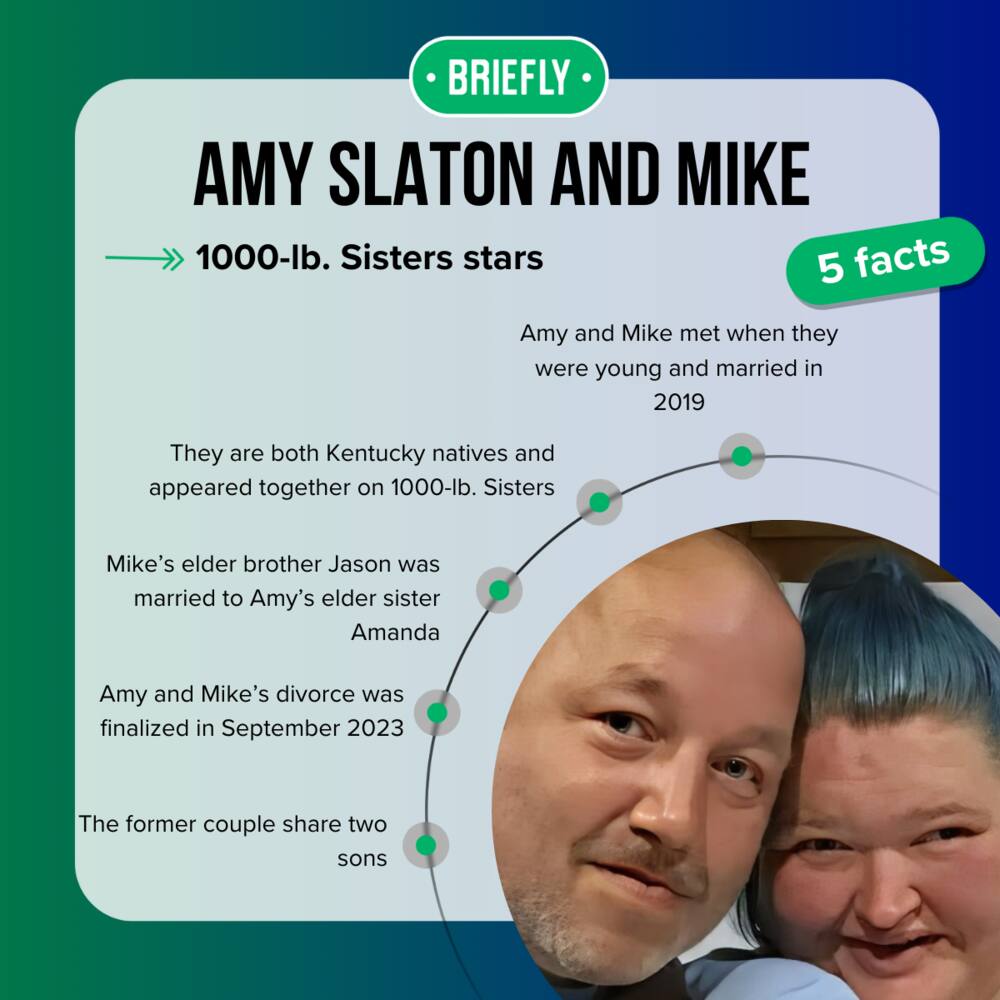
Amy Slaton's ex-husband, Mike, also studied at Union High School and later moved to her neighbourhood in Dixon. In her previous interview with The US Sun, she revealed they dated since they were young, then broke up before reconnecting later.

What is Cecily Chapman, Dog the Bounty Hunter's stepdaughter, doing now?
So we actually met when I was eight, so we were dating then, but then when he turned 18, we stopped dating until recently...He loves me and supports me. He don't care how much I weigh, how much I lose.
The couple tied the knot on March 15, 2019, in Nashville, Tennessee and their wedding was documented on '1000-lb. Sisters' on TLC.
The couple welcomed two children during their marriage. Their first child, son Gage Deon Halterman, was born in November 2020. They welcomed another son, Glenn Allen Halterman, in July 2022.
Amy welcomed all her kids via c-section. After the birth of her secondborn, she revealed in an episode of 1000-lb. Sisters that being a mother of two completes her family.
My heart is full. Being a mom is what I've wanted to do since I was 5 years old and I've always wanted two kids. Our family is finally complete. We can put us in a frame and hang us on the wall now.

Who is Emma Cannon, Machine Gun Kelly's ex and Casie's mom?

Are Amy Slaton and Michael still married?
The TLC reality stars are currently divorced. Michael filed for divorce on March 13, 2023, in Kentucky after four years of marriage.
Amy and Mike split in February 2023 before filing official divorce documents, and she started living with her sister, Tammy Slaton . According to The US Sun , the '1000-lb. Sisters' stars felt Mike was lazy and jealous of the attention Amy gives to the boys.
The couple also fought over whether their sons should appear on the TLC show. Amy opened up about leaving Michael for good in an episode of '1000-lb. Sisters', admitting that she felt used by the mill operator.
In my heart, I'm ready to walk away, to be honest with you. I told him over and over again, if he don't change, I'm gonna leave. I used to be the glue that held our family together, but now I'm just the used piece of gum.

Mattie Denise Jackson is the eldest daughter of Alan Jackson
In April 2023, the reality TV star accused Halterman of domestic violence. The court documents revealed that Mike would hit the kids too hard and that he would not support her financially, per the US Sun.
Michael and Amy Slaton's divorce was finalized on September 6, 2023, after a six-month court battle. The former couple share split child custody of their two boys.

The reality TV star is currently single but has been in several relationships since divorcing Michael. She briefly dated Tony Rodgers, a native of Battle Creek, Michigan.
She made her relationship with Tony official in November 2023 after taking to TikTok to share a series of photos with him. Tony even moved to Kentucky to live with Amy and her two sons. Later on New Year's Eve 2024, Amy revealed she was single in a TikTok post with the caption;

Michael Bolton's health, age, family, wife, profiles, net worth
Broken heart on New Year's Eve! Single for the new year, tho!!!
In February 2024, she revealed she was dating a man called Kevin. She documented most of their dates on TikTok, but they broke up in early March. She uploaded a clip with the quote;
My side of the story doesn't matter anymore. Life happened, it hurt, I healed, but most importantly, I learned who deserves a seat at my table and who will never sit at it again.
In the comment section, she wrote;
So glad he never met my amazing boys.

Amy Slaton's ex-husband, Michael Halterman, has kept a low profile since his divorce from the reality TV star. Amy is adapting to being a single mother to her boys after the failure of her post-divorce relationships.
READ ALSO: Regina Hall's husband: Is she married? Her love life & dating history
Briefly.co.za highlighted lesser-known facts about Regina Hall's love life. The actress has been in the entertainment industry since the late 1990s, appearing in projects like Girls Trip, Nine Perfect Strangers, The Hate U Give, and Black Monday.
Regina rarely shares details of her personal life, although she has been linked to several Hollywood stars. Check the article for a complete look at her dating history.
Source: Briefly News

50 books to read before you die
Posted: 11 June 2023 | Last updated: 11 June 2023
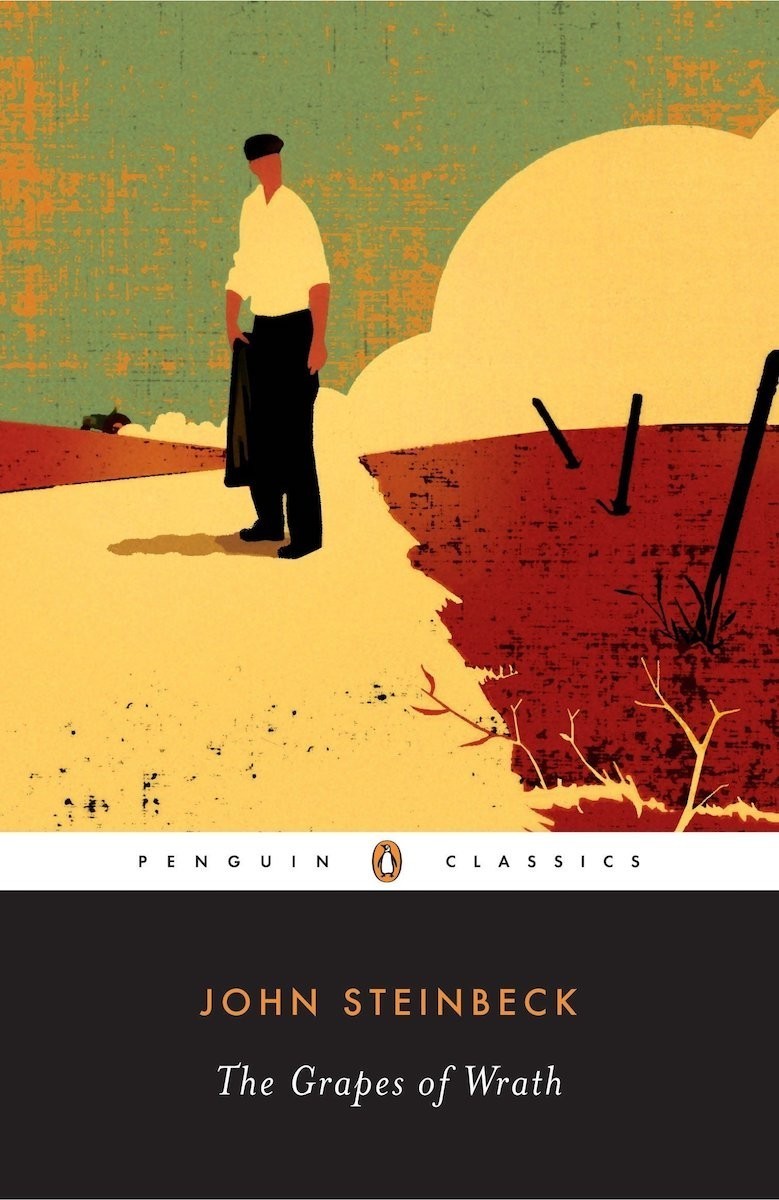
So many books, so little time. What’s a book lover to do but write a book bucket list? Here’s a list of 50 must-read books, in alphabetical order, by 50 different authors. You’ll find many popular books, plus a few that may be new to you. Peruse our list and create your own!
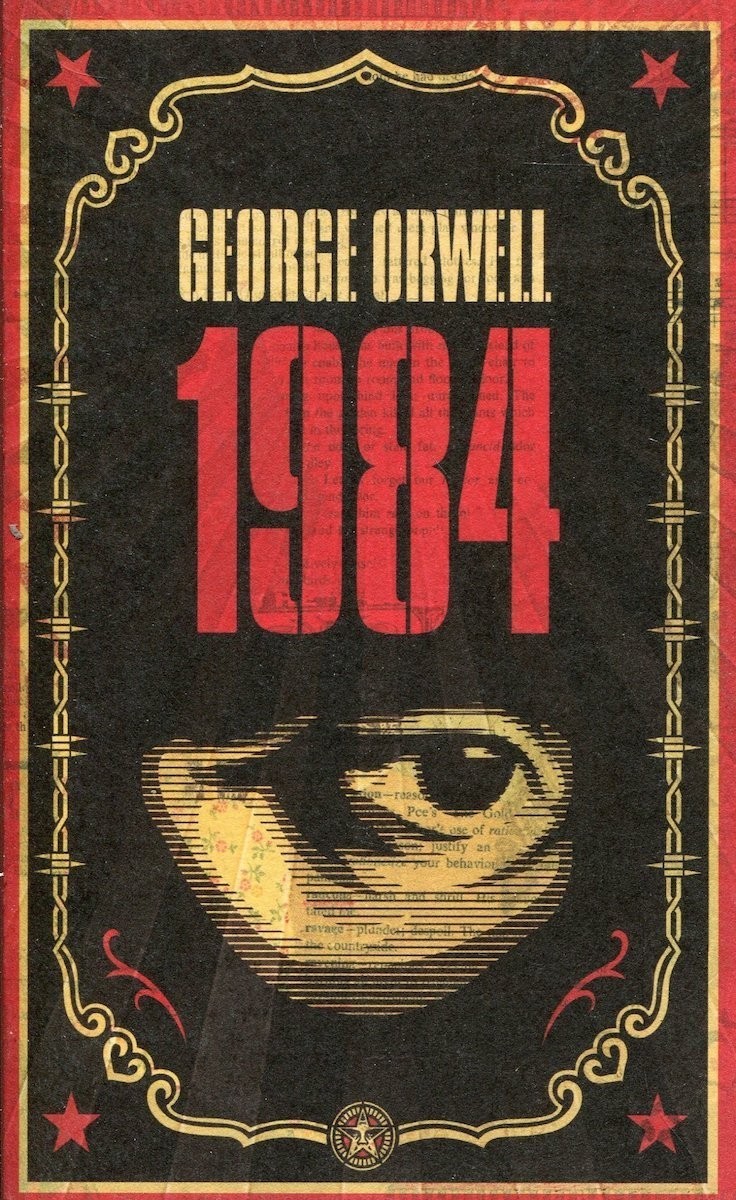
“1984,” George Orwell
1984 is a dystopian novella set in a totalitarian state where everyone is under constant government surveillance. Winston Smith, a low-ranking member of “the Party,” starts keeping a diary of his secret thoughts—a forbidden act known as “thoughtcrime.” He and his lover, Julia, set out on a quest for freedom and justice. With its themes of propaganda, government control, technology, language, and psychological manipulation, 1984 sounds a warning that remains deeply relevant today.
First published: 1949
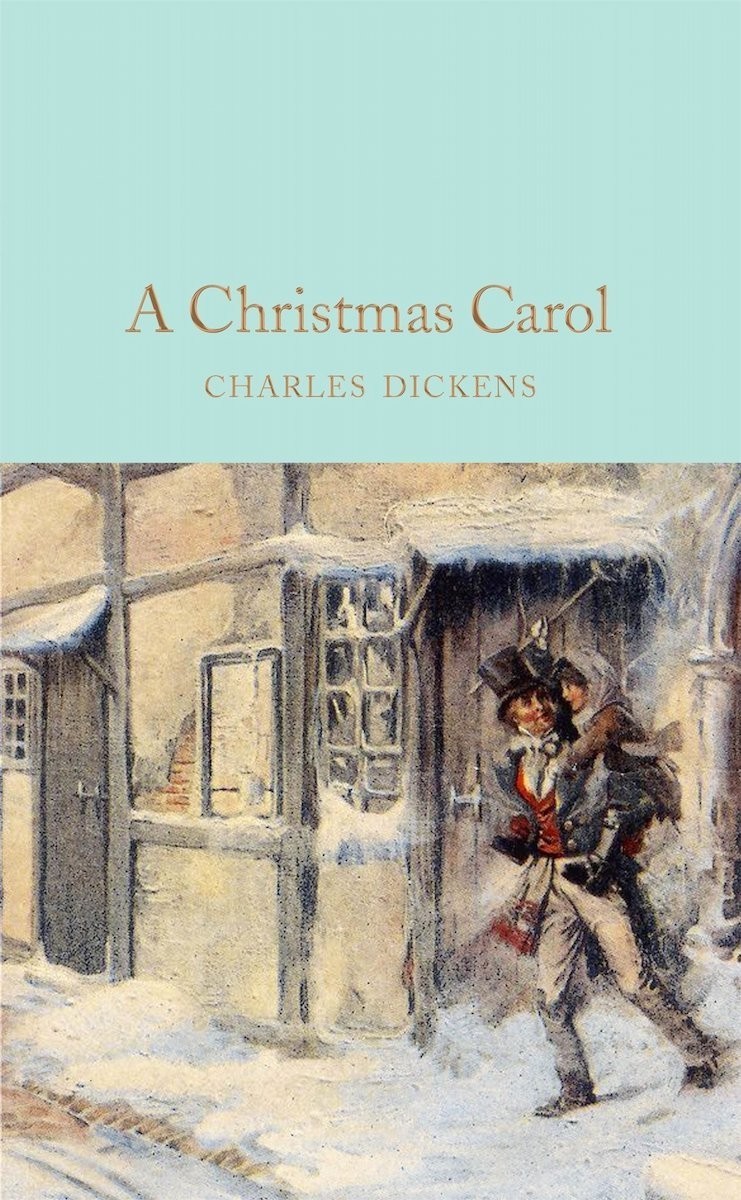
“A Christmas Carol,” Charles Dickens
Looking for the perfect book to curl up with over the Christmas holidays? Look no further than A Christmas Carol , an overnight success in its time and a perennial favourite ever since. On a cold Christmas Eve in Victorian-era London, miserly Ebenezer Scrooge is visited by four apparitions: the ghost of his deceased business partner, Jacob Marley, followed by the ghosts of Christmas Past, Christmas Present, and Christmas Yet to Come. After journeying with the ghosts through time, Scrooge sees the error of his ways and is transformed into a generous, warmhearted person.
First published: 1843
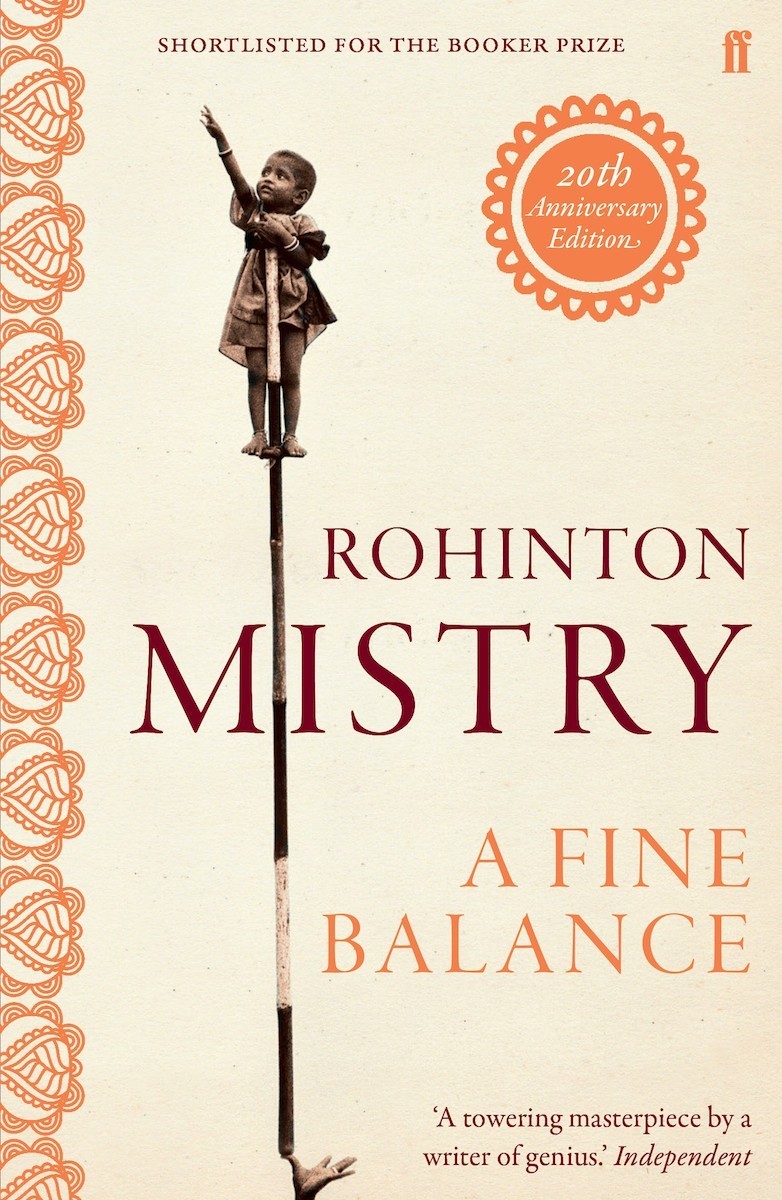
“A Fine Balance,” Rohinton Mistry
Written by Indian-born Canadian author Rohinton Mistry, A Fine Balance tells the story of four ordinary people struggling to get by in 1970s India during a time of national crisis. Dina, a 40-something widow, rents rooms in her house to Maneck, a naive college student, and two tailors, Ishvar and his nephew Om, who are “untouchables,” or members of India’s lowest caste. Their lives intersect in a sweeping tale that reveals the strength of the human will to survive even in harrowing circumstances. The novel won the 1995 Giller Prize and was selected for Oprah’s Book Club.
First published: 1995
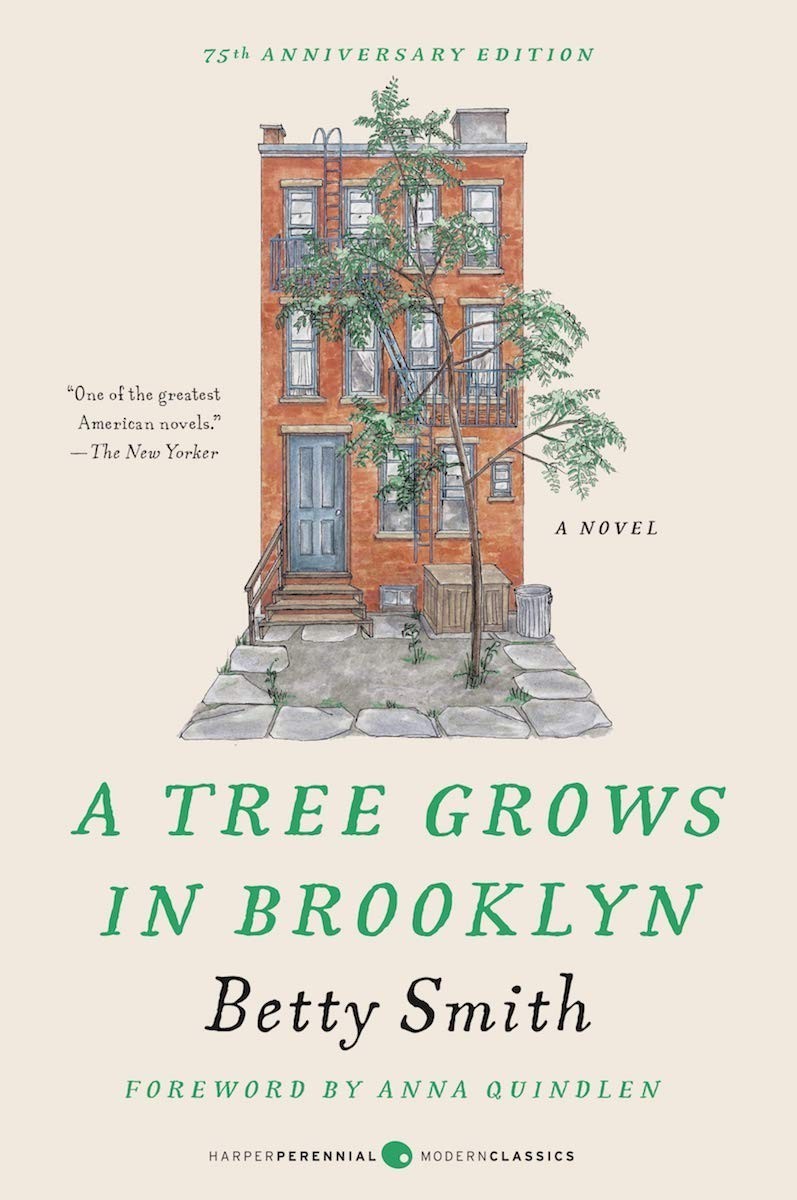
“A Tree Grows in Brooklyn,” Betty Smith
In simple, poignant prose, A Tree Grows in Brooklyn tells the story of Francie Nolan, an imaginative child who loves to read, as she grows up in Williamsburg, Brooklyn, in the early 1900s. The novel deals with typical coming-of-age themes such as making friends, first love, and burgeoning sexuality, but it also deals with darker issues like alcoholism, death, and poverty. It’s a heartwarming story of a clever young girl’s determination to make something of herself despite her modest beginnings.
First published: 1943
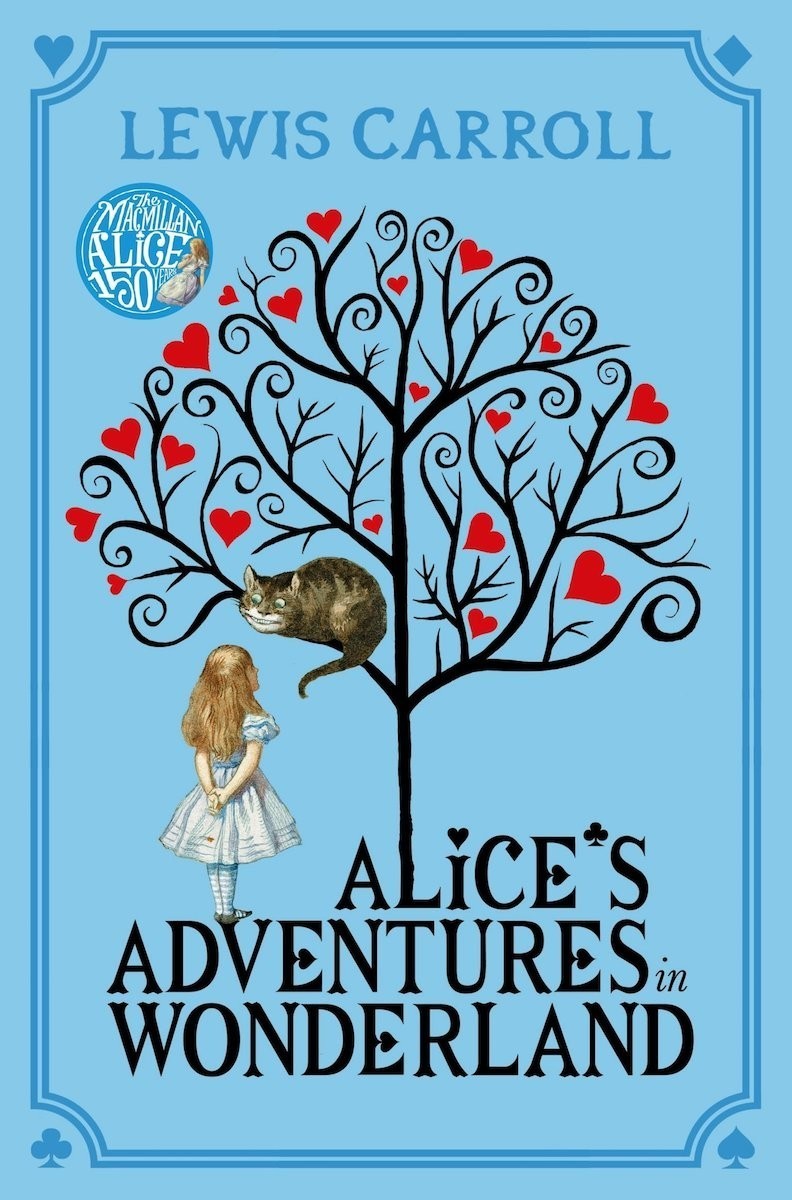
“Alice’s Adventures in Wonderland,” Lewis Carroll
One of the most popular and beloved books ever written, Alice’s Adventures in Wonderland is an absolute must-read. It tells the story of a young girl called Alice who follows the White Rabbit down a hole into a fantasy world—one populated with strange creatures such as the Cheshire Cat, the March Hare, the Mad Hatter, the hookah-smoking Caterpillar, and of course, the villainous Queen of Hearts. It has inspired countless adaptations, from movies and TV shows to theatrical plays and animated films.
First published: 1865
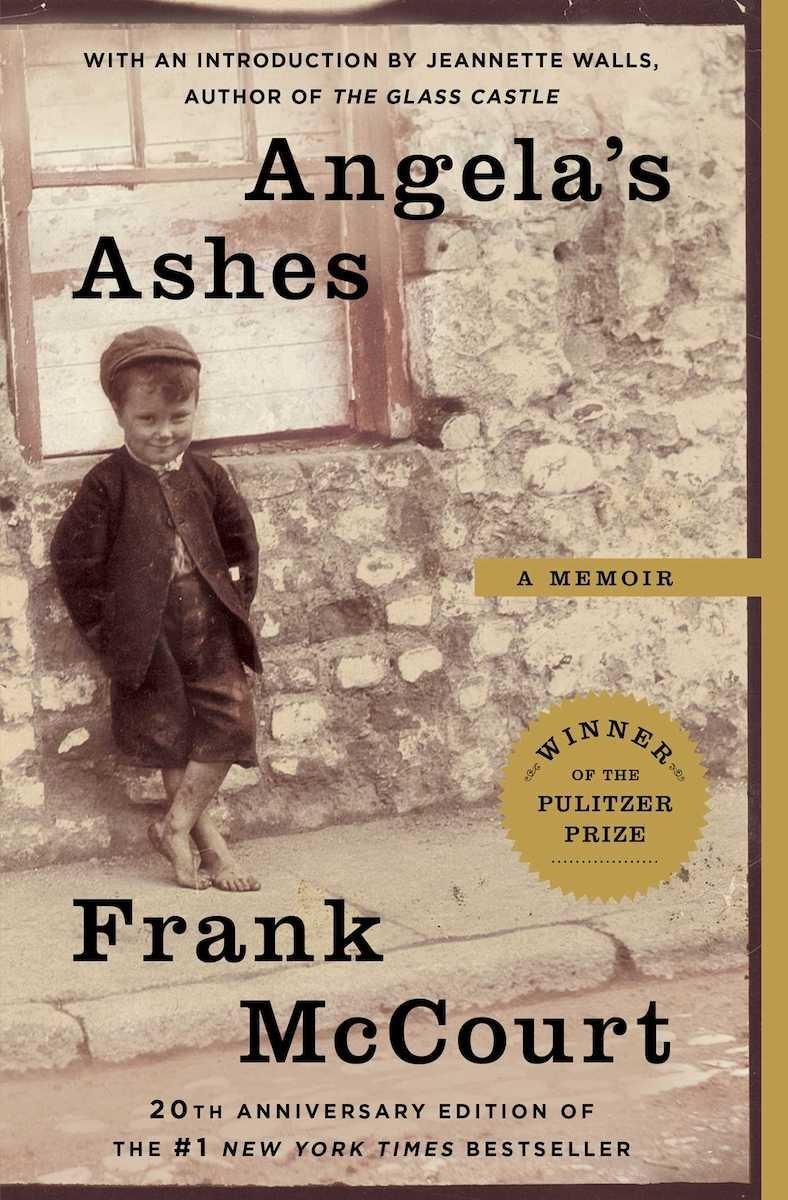
“Angela’s Ashes,” Frank McCourt
McCourt’s first memoir, Angela’s Ashes describes the author’s early childhood, first in Brooklyn, New York, and then in the slums of Limerick, Ireland, where his family endured poverty, illness, and the death of three children. McCourt’s alcoholic father, Malachy, rarely worked, leaving his mother, Angela, to beg from churches and charities. The brilliance of this memoir is McCourt’s ability to make even the most miserable situations shine with love and humour.
First published: 1996
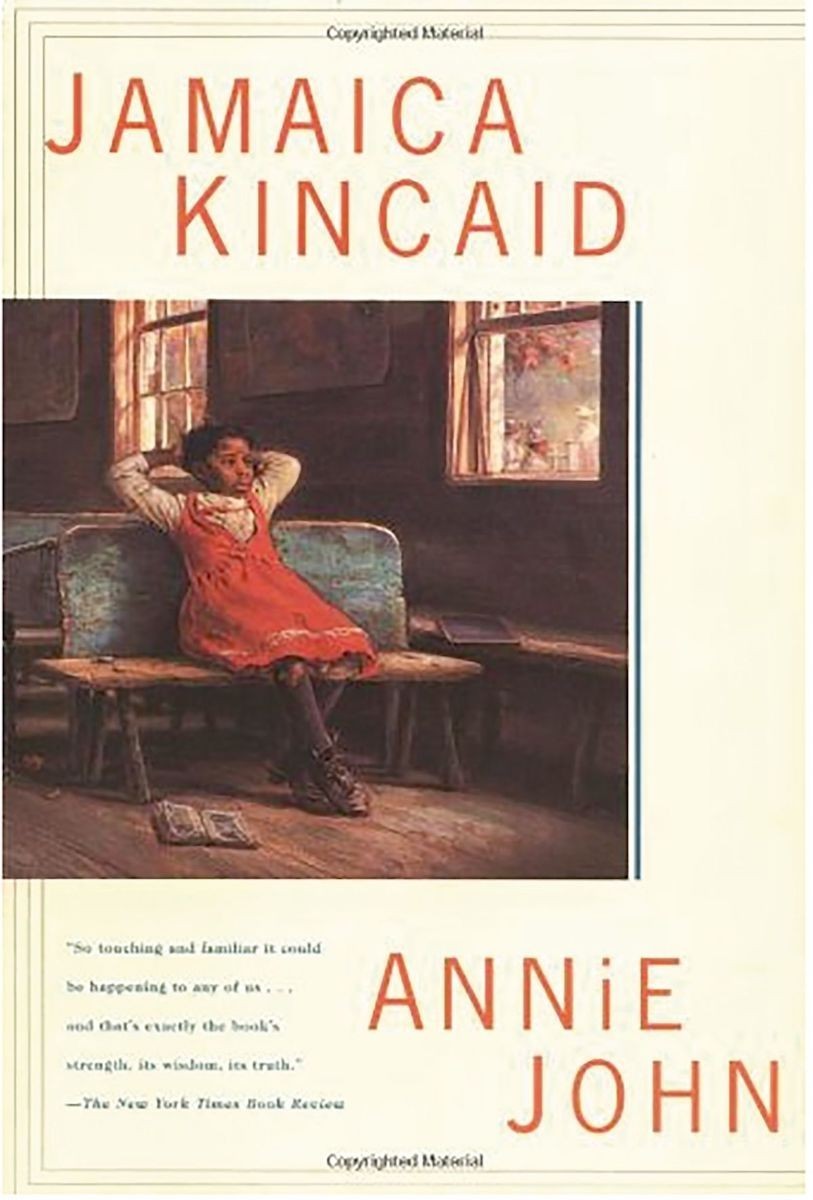
“Annie John,” Jamaica Kincaid
Kincaid’s first novel, Annie John , details the inner thoughts and feelings of a girl growing up in Antigua, with focus on her intense, mercurial relationship with her mother. When Annie John goes through puberty, she becomes disenchanted with her mother, and her affection is transferred to her best friend, Gwen, and the wild “Red Girl.”
First published: 1985
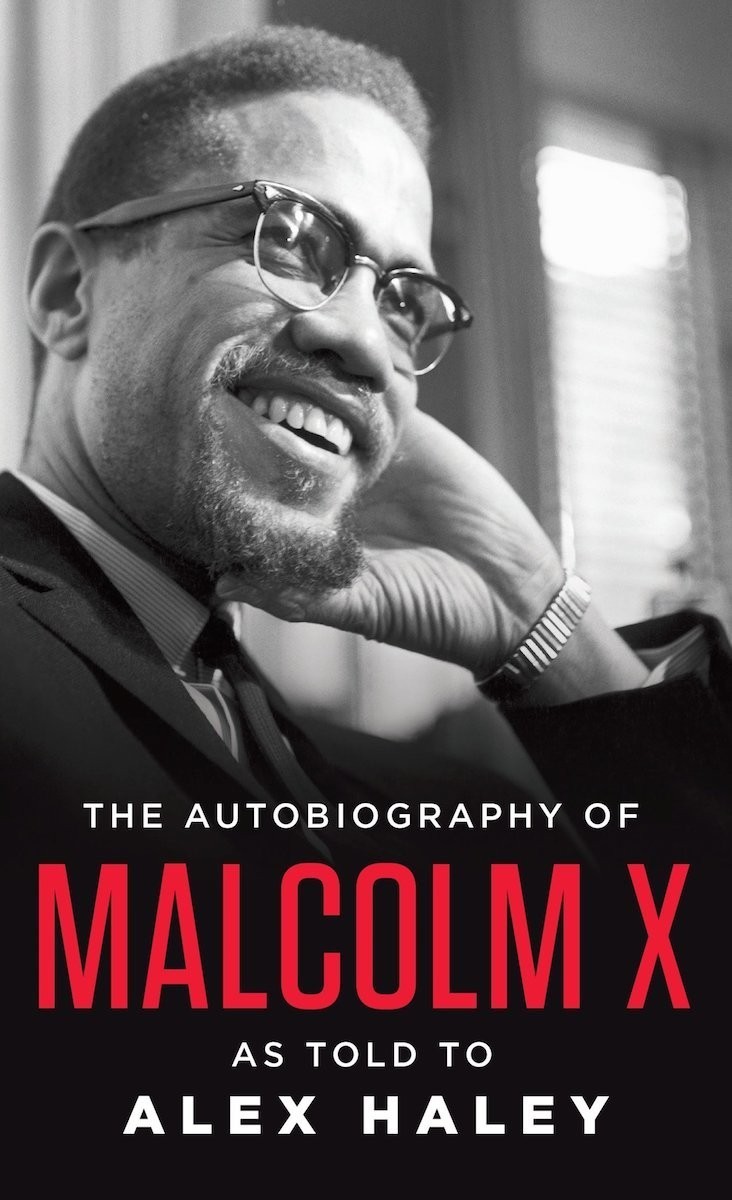
“The Autobiography of Malcolm X,” as told to Alex Haley
The Autobiography of Malcolm X tells the story of Malcolm X’s life from street hustler and drug dealer, to Muslim minister and influential organizer for the Nation of Islam, to human rights activist and martyr. Malcolm X was unafraid to challenge even his deepest beliefs in order to become a better person and leader. His life story is accessible and profoundly inspiring.
First published: 1965
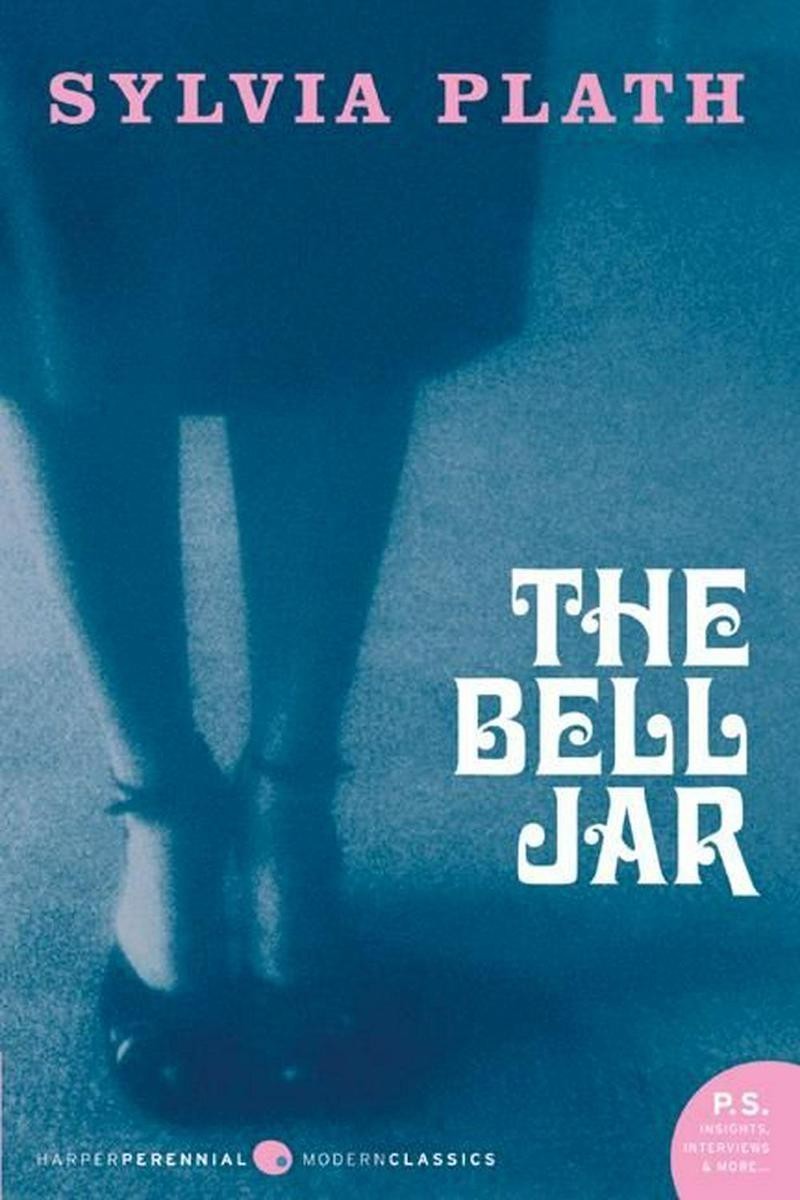

“The Bell Jar,” Sylvia Plath
Based on poet Sylvia Plath’s real-life experiences, The Bell Jar is told from the perspective of Esther Greenwood, an American college student who wins a summer internship at a New York City women’s magazine. Returning home after the internship to live with her mother in suburban Boston, Esther becomes increasingly depressed, eventually attempting to end her life, after which she is institutionalized. The novel was published one month before Plath killed herself and is highly regarded for its frank depiction of a young woman’s experience of mental illness.
First published: 1963

“Beloved,” Toni Morrison
Toni Morrison’s Pulitzer Prize–winning novel, Beloved , examines slavery and its traumatic aftermath. Set in rural Ohio after the Civil War, the novel chronicles the life of Sethe, a black woman who escaped from slavery. Sethe’s house in Ohio is haunted by the ghost of her baby, whose tombstone is marked with a single word: Beloved . Through a series of flashbacks, the reader follows Sethe from her time as a slave on a plantation called Sweet Home in Kentucky to her escape and the event that caused the death of her daughter.
First published: 1987
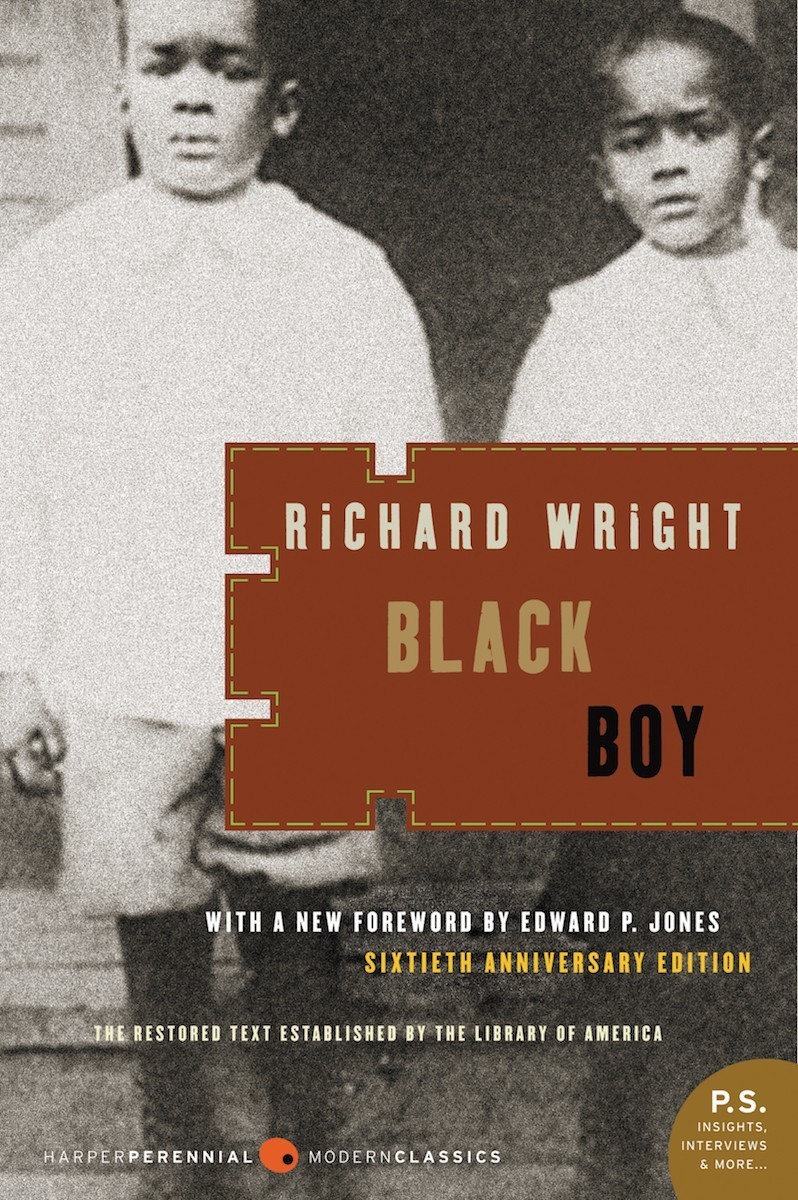
“Black Boy,” Richard Wright
Black Boy is a coming-of-age memoir by Richard Wright. The first part, “Southern Night,” details the hardships of his childhood in the American South while the second part, “The Horror and the Glory,” recounts his adult years in Chicago as a Communist Party member and burgeoning writer. With its vivid scenes and searing prose, Black Boy brings to life the racism, poverty, and fear that countless African-Americans endured in the decades before the civil rights movement.
First published: 1945
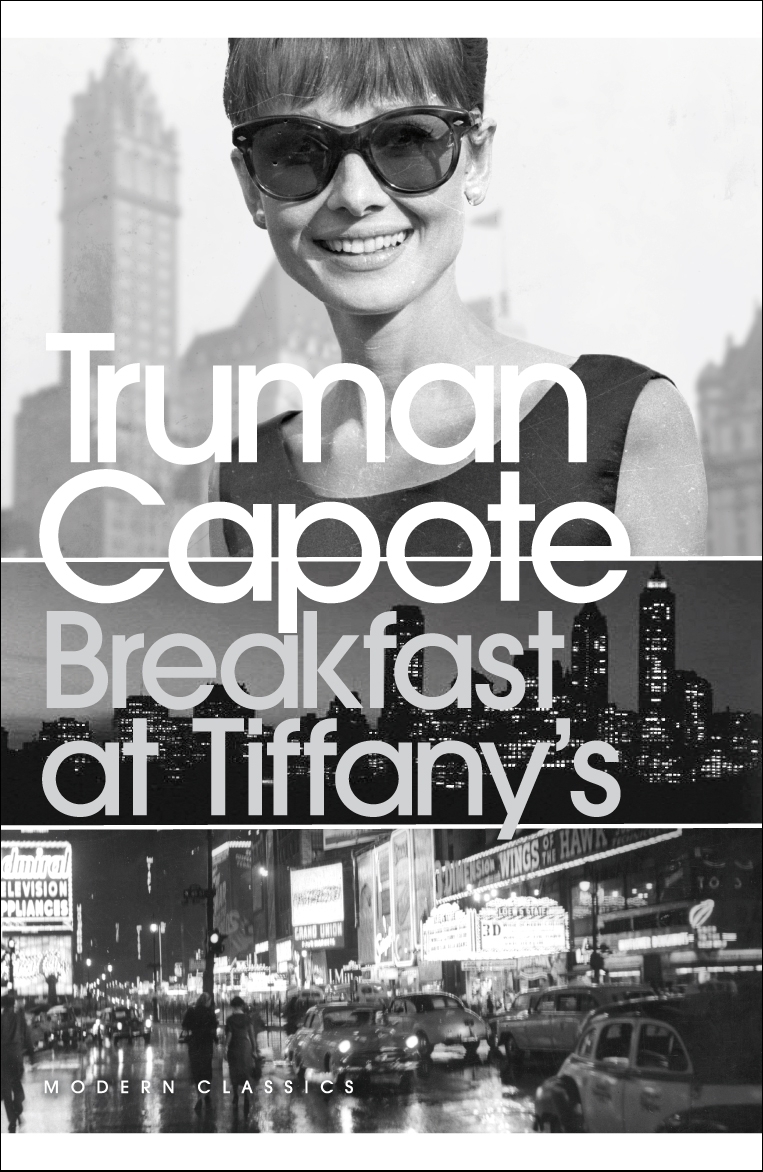
“Breakfast at Tiffany’s,” Truman Capote
You might be familiar with the 1961 movie Breakfast at Tiffany’s , starring Audrey Hepburn, but did you know that it was based on a book? Capote’s novella tells the story of Holly Golightly, a Manhattan party girl with a mysterious past. Holly doesn’t have a job: she gets by socializing with wealthy men and delivering messages for a gangster in Sing Sing prison. She naively hopes to marry a rich man and live a life of luxury. The story is told from the point of view of an unnamed narrator, who lives in the same New York City apartment building as Holly.
First published: 1958
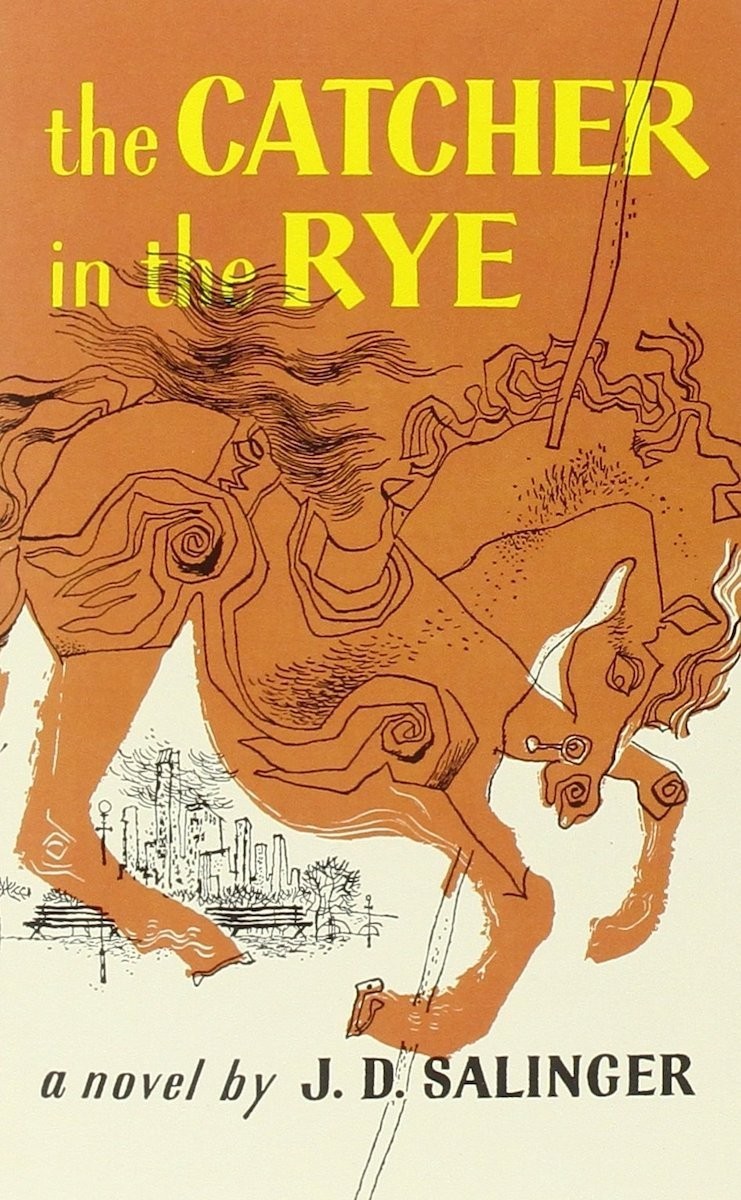
“The Catcher in the Rye,” J.D. Salinger
The Catcher in the Rye is an American classic of teenage angst and rebellion. It recounts a slice in the life of Holden Caulfield, a 16-year-old boy who has just been expelled from a school called Pencey Prep. Holden explores New York City for three days before the Christmas holidays. The novel is written in a casual, conversational style that makes the reader feel they’re in dialogue with the narrator.
First published: 1951

“The Diary of a Young Girl,” Anne Frank
In 1942, when Holland was occupied by Nazi Germany, a 13-year-old Jewish girl named Anne Frank and seven other people (including her immediate family) fled their homes and hid in the “Secret Annex” of an old office building. Anne—whose life eventually came to a tragic end in a German concentration camp—kept a diary of her time in hiding, sharing her inner thoughts, desires, fears, and dreams for the future. The Diary of a Young Girl was originally written in Dutch and has been translated into over 70 languages.
First published: 1947
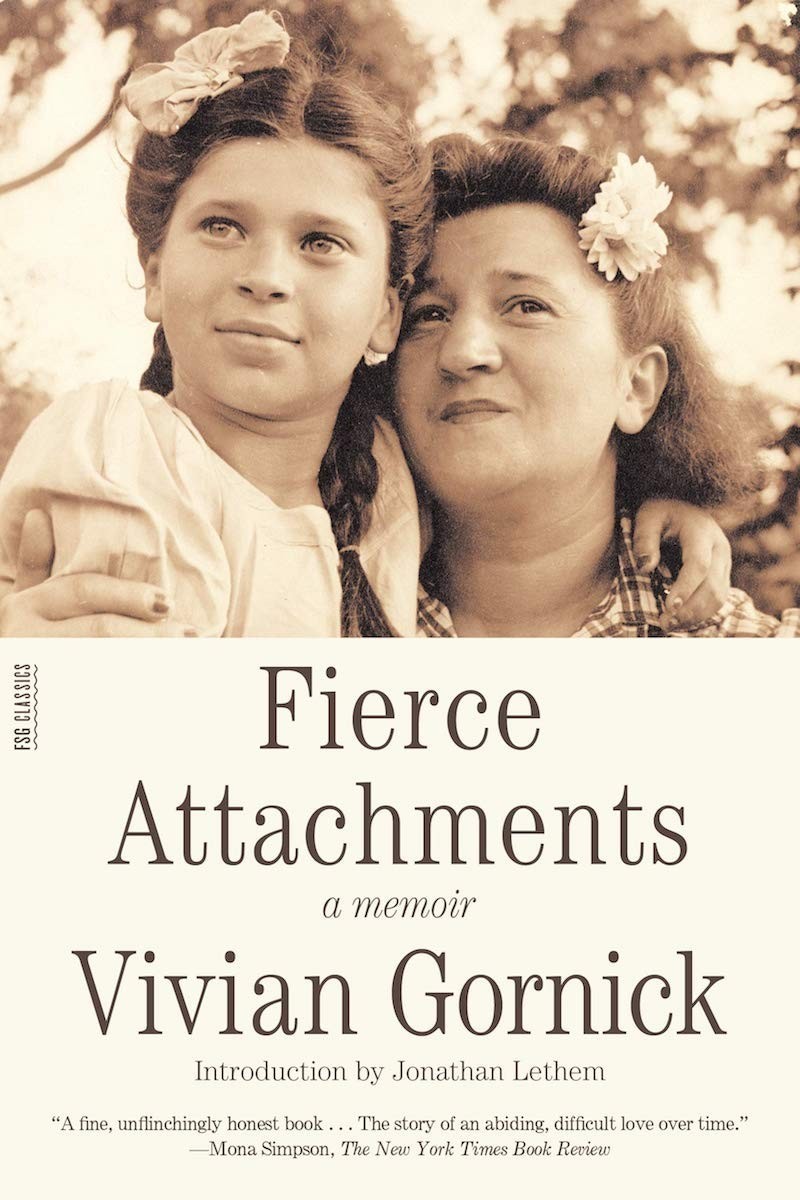
“Fierce Attachments: A Memoir,” Vivian Gornick
Selected by The New York Times as the best memoir of the past 50 years, Fierce Attachments: A Memoir focuses on Gornick’s volatile relationship with her mother. When Gornick’s father died young, her mother fell into a long-term depression. The memoir is an unflinchingly honest portrait of the inner drama of a mother-daughter bond.
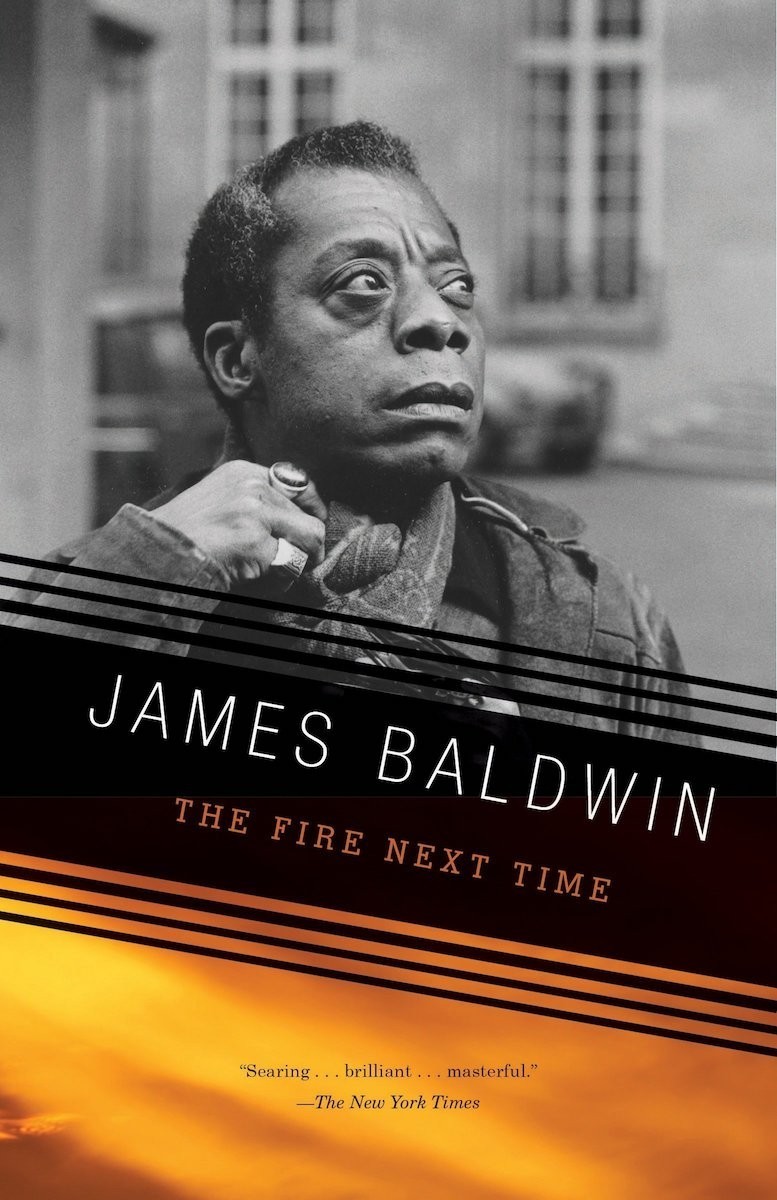
“The Fire Next Time,” James Baldwin
Written by African-American author James Baldwin during the civil rights era, The Fire Next Time is a nonfiction book that examines racial injustice in the United States and the urgent need for constructive social change. In today’s increasingly divided political climate, where issues related to identity, race, gender, immigration, and economic inequality are at the forefront, Baldwin’s insights remain as relevant as ever.

“Frankenstein,” Mary Wollstonecraft Shelley
Did you know that Mary Shelley was only 19 when she wrote Frankenstein , now considered a great classic of English literature? The novel tells the story of scientist Victor Frankenstein, who creates a hideous creature by sewing together and giving life to body parts from various corpses. Rejected by Victor and humanity in general, the monster is profoundly lonely and seeks revenge. Mary Shelley first wrote Frankenstein as a short story when the poet Lord Byron suggested that each of his friends write a thrilling tale as an entertaining challenge.
First published: 1818
“The Grapes of Wrath,” John Steinbeck
Steinbeck’s novel The Grapes of Wrath takes place during the Great Depression. The Joads, a poor family of tenant farmers, are forced out of their Oklahoma farm and set out for California in search of a better life. On the road, they encounter great hardship. When they reach California, they find that things are not as rosy as they had hoped. The book, which won the National Book Award and the Pulitzer Prize, is considered an American classic.
First published: 1939
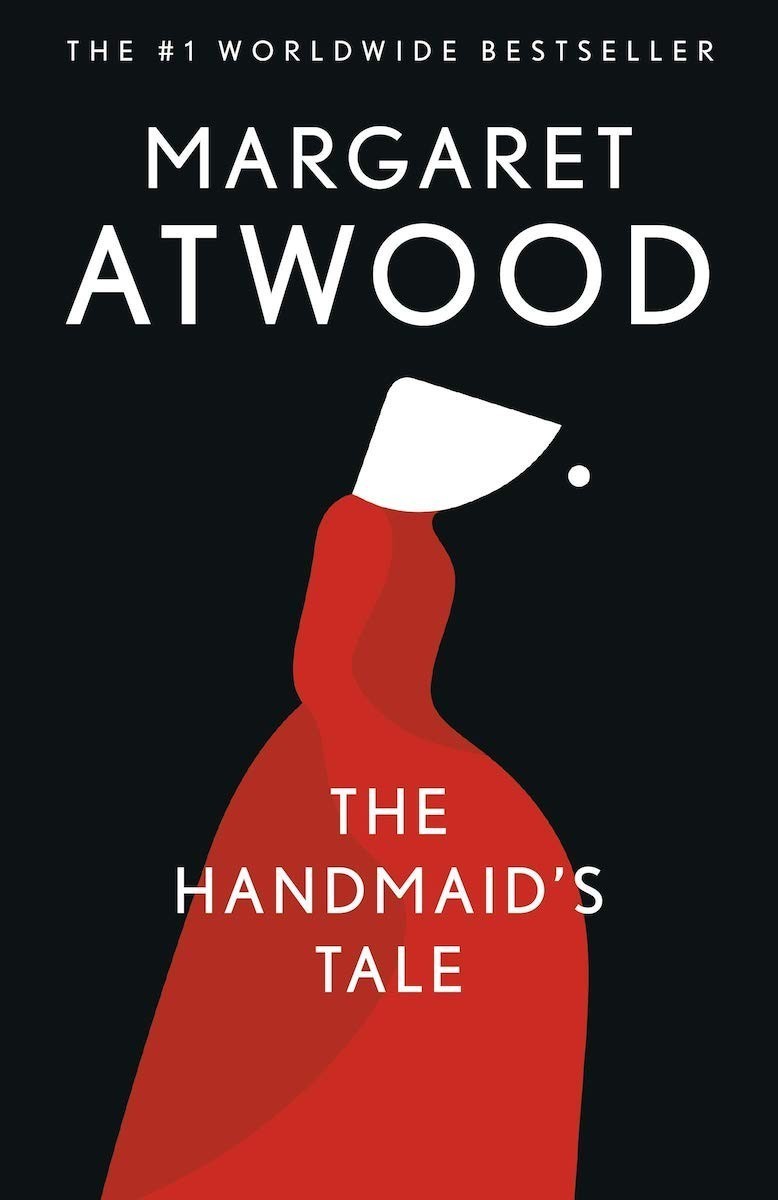
“The Handmaid’s Tale,” Margaret Atwood
Perhaps you’ve watched the popular TV series—but have you read the book it was based on? A dystopian classic, The Handmaid’s Tale is set in the near future in the fictional Republic of Gilead, a Christian fundamentalist state that was once part of the United States. The novel is narrated by Offred, a handmaid—that is, a woman who is forced to bear children for infertile women of higher social status. Written by Canadian author Margaret Atwood in the 1980s, The Handmaid’s Tale is as relevant as ever today: protestors around the world have dressed up as handmaids , donning white bonnets and red cloaks, to defend women’s reproductive rights.
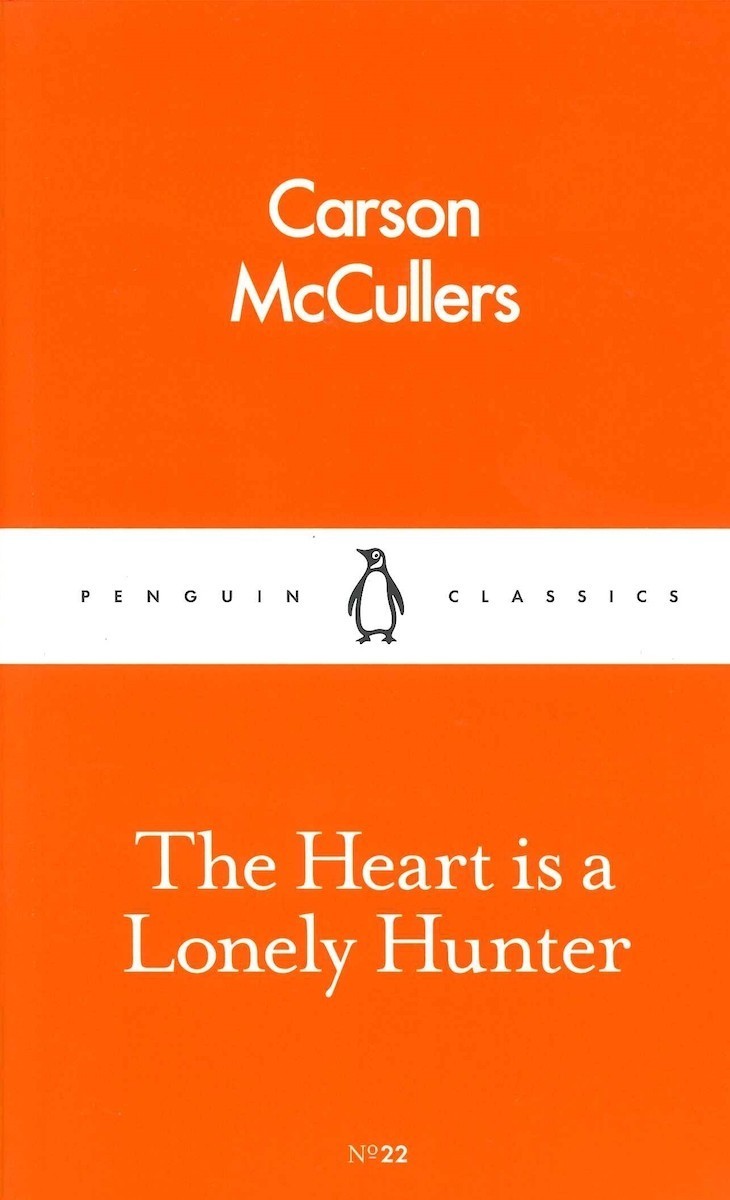
“The Heart Is a Lonely Hunter,” Carson McCullers
McCullers was just 23 years old when The Heart Is a Lonely Hunter became an overnight literary sensation. The novel takes place in a Georgia mill town in the 1930s, and its protagonist is a deaf-mute man called John Singer. When John’s deaf-mute best friend, Spiros Antonapoulos, is committed to an insane asylum, John becomes a confidant for a motley crew of outsiders: Mick Kelly, a sensitive 13-year-old girl; Buff Brannon, the owner of an all-night café; Jake Blount, a radical drifter; and Benedict Copeland, a respected black doctor. In 2004, the novel was selected for Oprah’s Book Club.
First published: 1940

“The House of Mirth,” Edith Wharton
Set at the turn of the 20th century in New York, The House of Mirth follows Lily Bart, a beautiful, clever woman who knows how to use her feminine wiles. Time is running out for 29-year-old Lily to marry a rich man and secure a comfortable future. She was raised in a wealthy family, but to her misfortune, her father goes bankrupt soon after Lily makes her debut. Through a series of unfortunate incidents, Lily loses her position in upper-class society and her situation becomes increasingly desperate.
First published: 1905
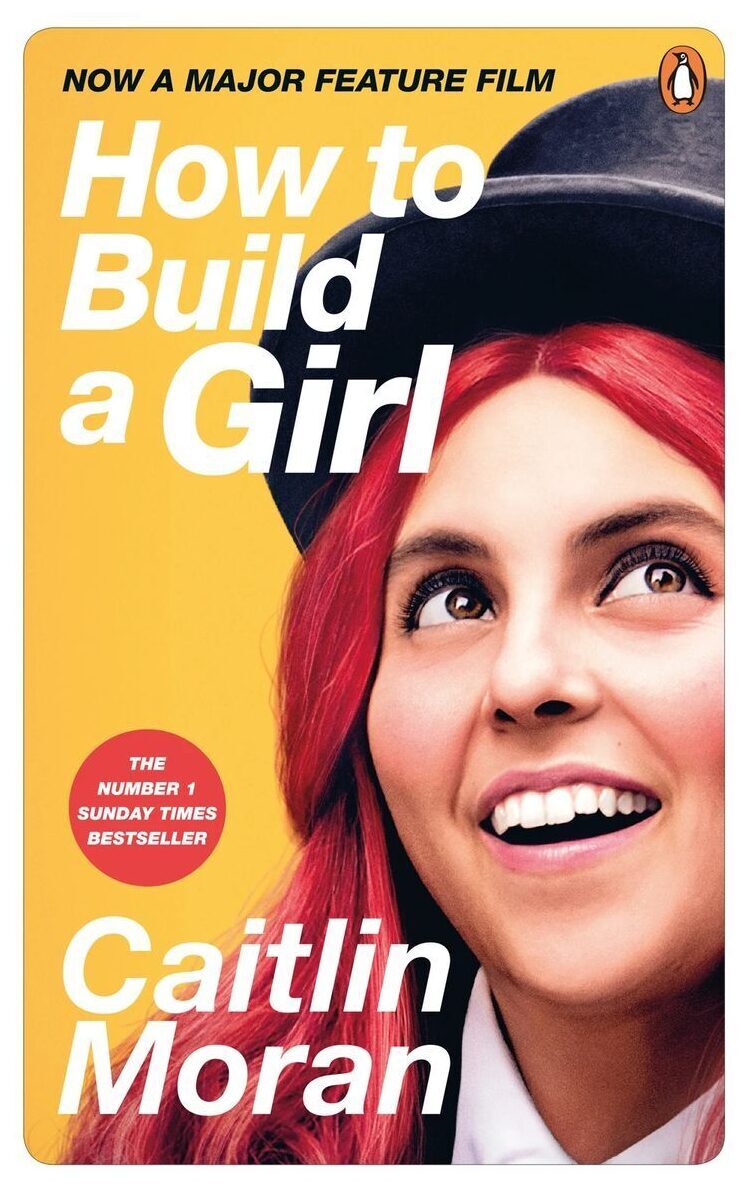
“How to Build a Girl,” Caitlin Moran
The main character in How to Build a Girl , 14-year-old Johanna Morrigan, is chubby, weird, and totally uncool. She decides to recreate herself as Dolly Wilde, a hard-drinking rock journalist and Lady Sex Adventurer. Sounds like fun, right? The novel is loosely based on Moran’s own adolescent self, and her writing voice is like the best friend you wish you had—laugh-out-loud funny and thought-provoking all at once.
First published: 2014
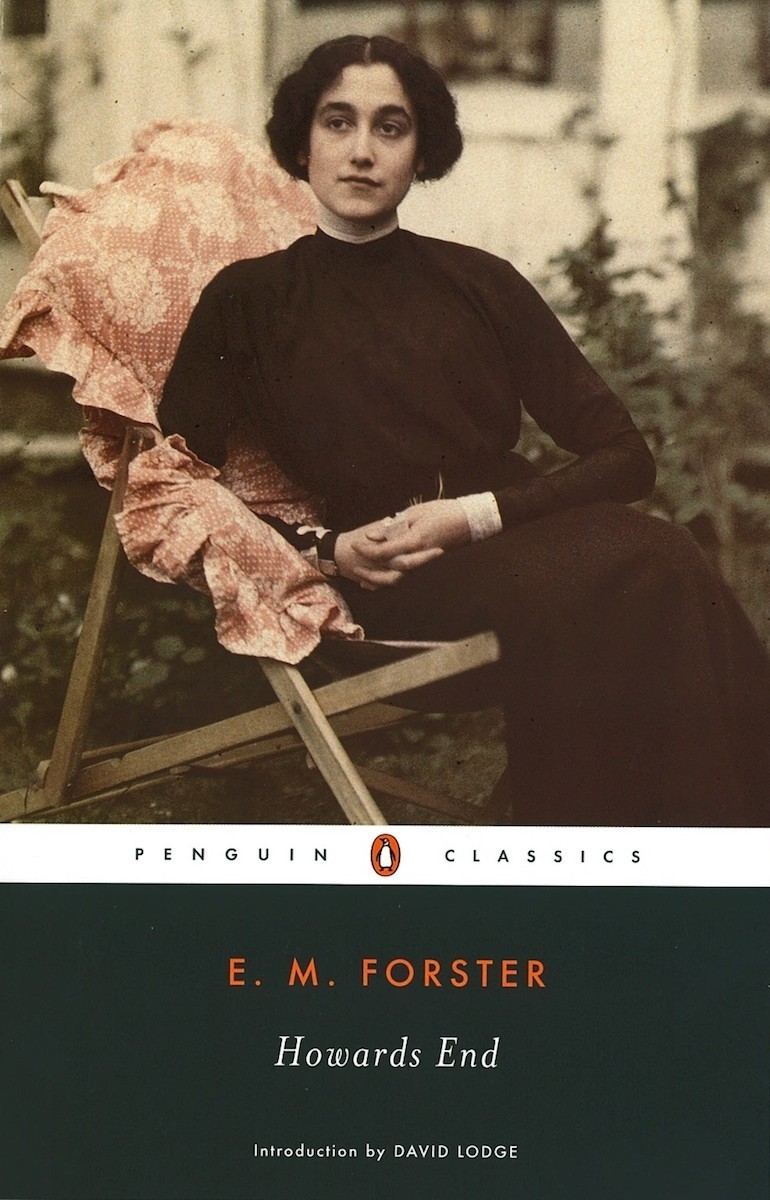
“Howards End,” E.M. Forster
Widely considered Forster’s masterpiece, Howards End is set in Edwardian England and tells the story of three families: the wealthy and powerful Wilcoxes, the cultured and sensitive Schlegels, and the poor, working-class Basts. By writing about these three families and their interactions, Forster draws out themes of class struggle, the changing role of women, and country vs. city values. The novel inspired the beautiful 1992 romantic drama starring Anthony Hopkins, Helena Bonham Carter, and Emma Thompson.
First published: 1910
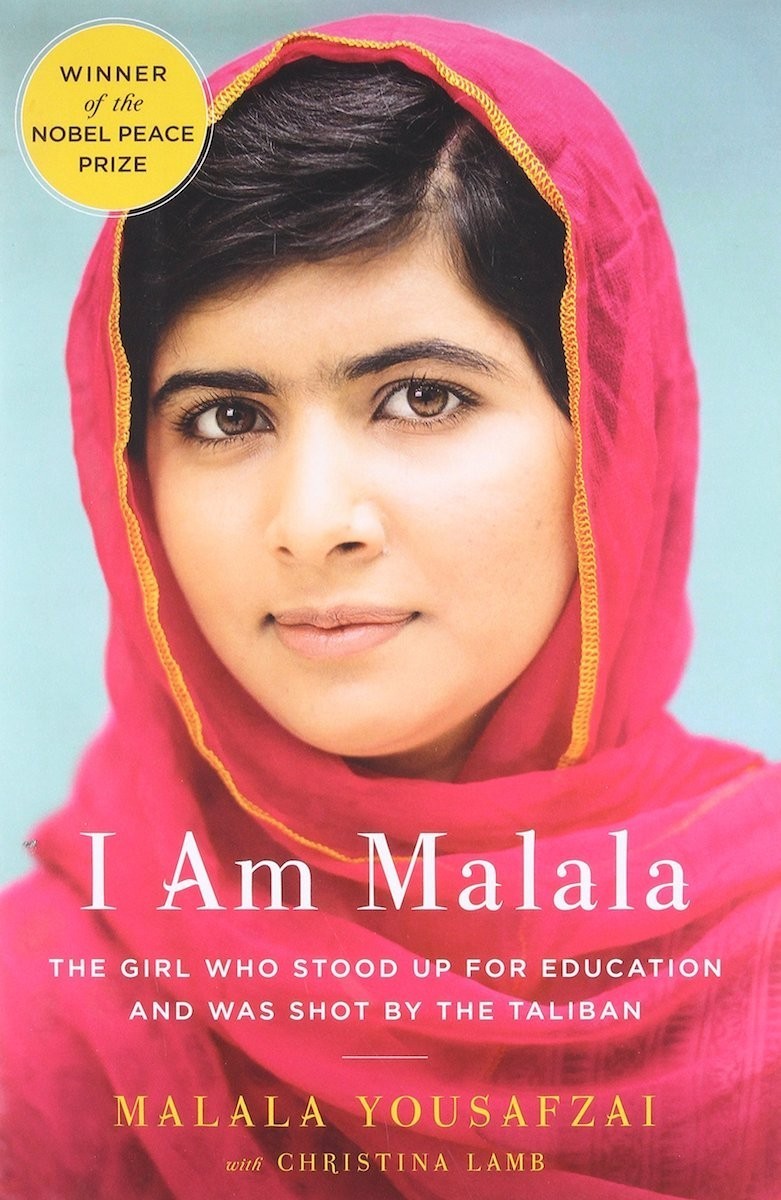
“I Am Malala,” Malala Yousafzai
Malala Yousafzai was 10 years old when the Taliban took over her home region of Swat Valley in Pakistan. The daughter of a school principal, she loved learning and spoke out against the Taliban’s prohibition of schooling for girls. On October 9, 2012, the then 15-year-old Malala was shot in the head at point-blank range by a Taliban gunman. Miraculously, she lived to tell her tale and has become a leader in the fight for children’s rights and education for girls. At the age of 17, Malala received the 2014 Nobel Peace Prize, making her the youngest Nobel laureate to date.
First published: 2013
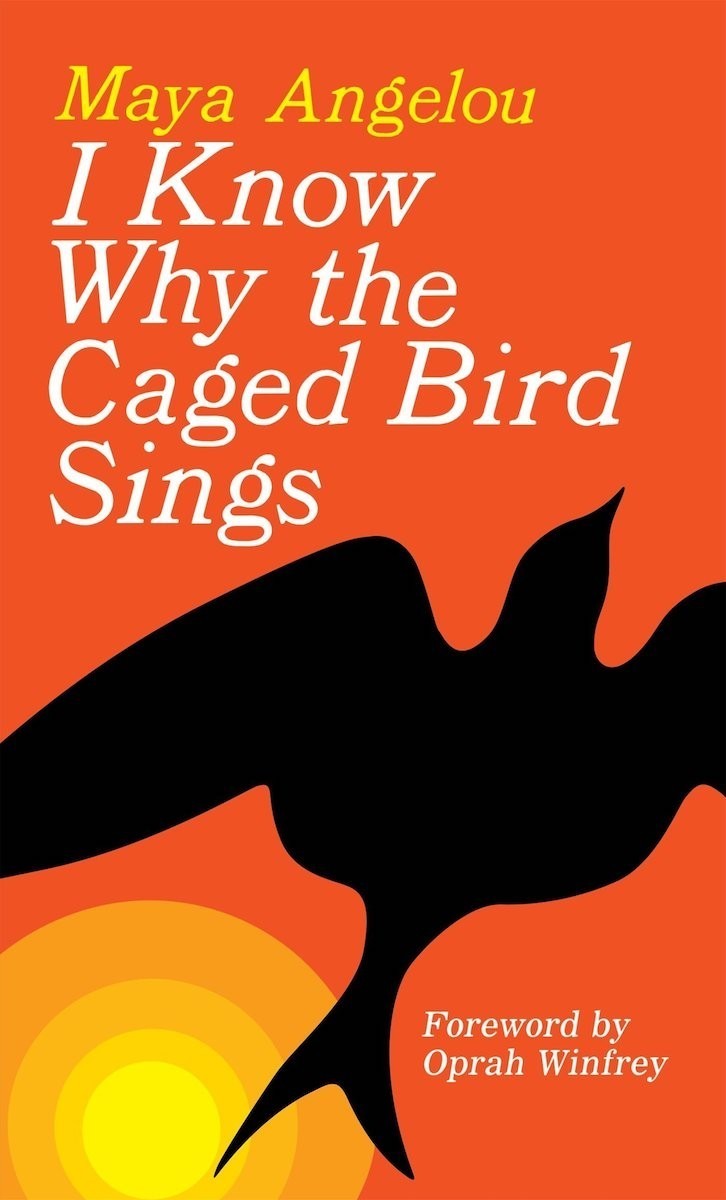
“I Know Why the Caged Bird Sings,” Maya Angelou
The first of Angelou’s seven memoirs, I Know Why the Caged Bird Sings recounts the author’s childhood and adolescence. Raised by her stern but loving grandmother in Stamps, Arkansas, young Maya experiences racism in her small Southern town. At the age of eight, she goes to live with her glamorous mother in San Francisco, California, where she is raped by her mother’s boyfriend. Despite these hardships, Angelou develops into an artistic, independent young woman.
First published: 1969
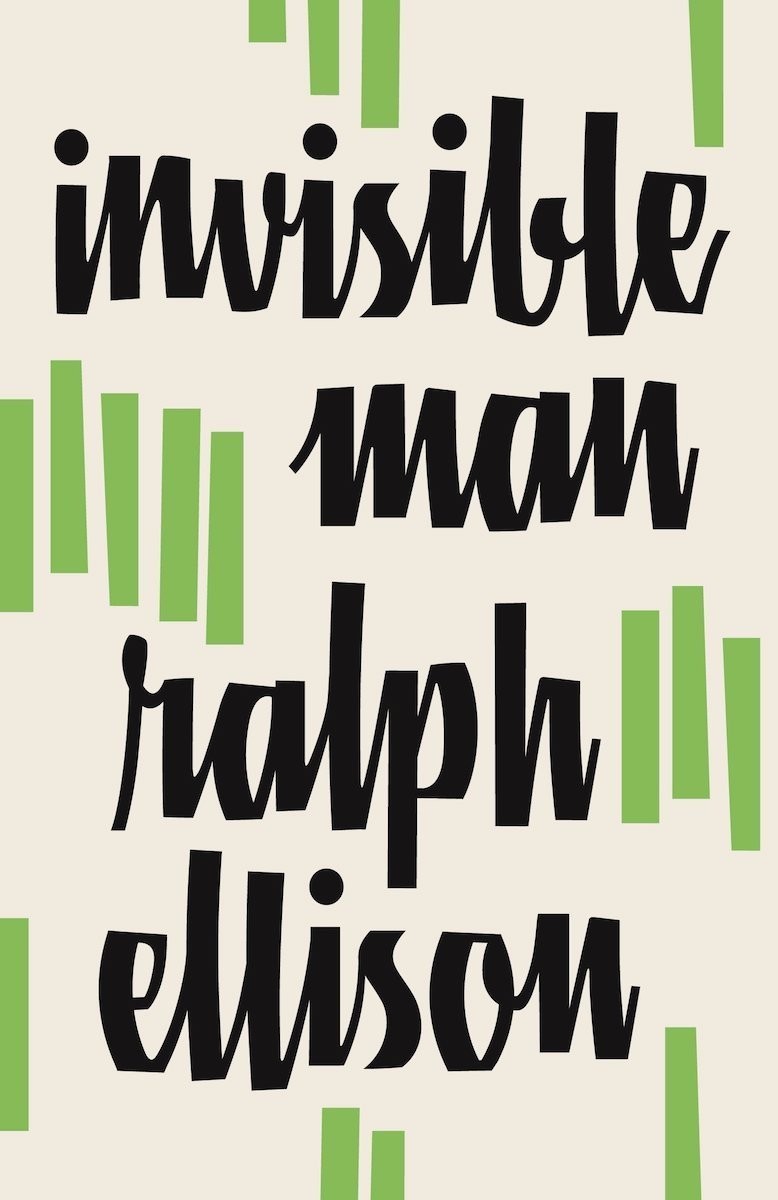
“Invisible Man,” Ralph Ellison
Winner of the 1953 National Book Award, Invisible Man is narrated by a nameless young black man who, upon moving from the segregated South to Harlem, New York City, is sorely disappointed to find that life is not much better up north. He is invisible because white people refuse to acknowledge his existence, his humanity. The novel is an existential examination of what it means to be socially and racially invisible.
First published: 1952
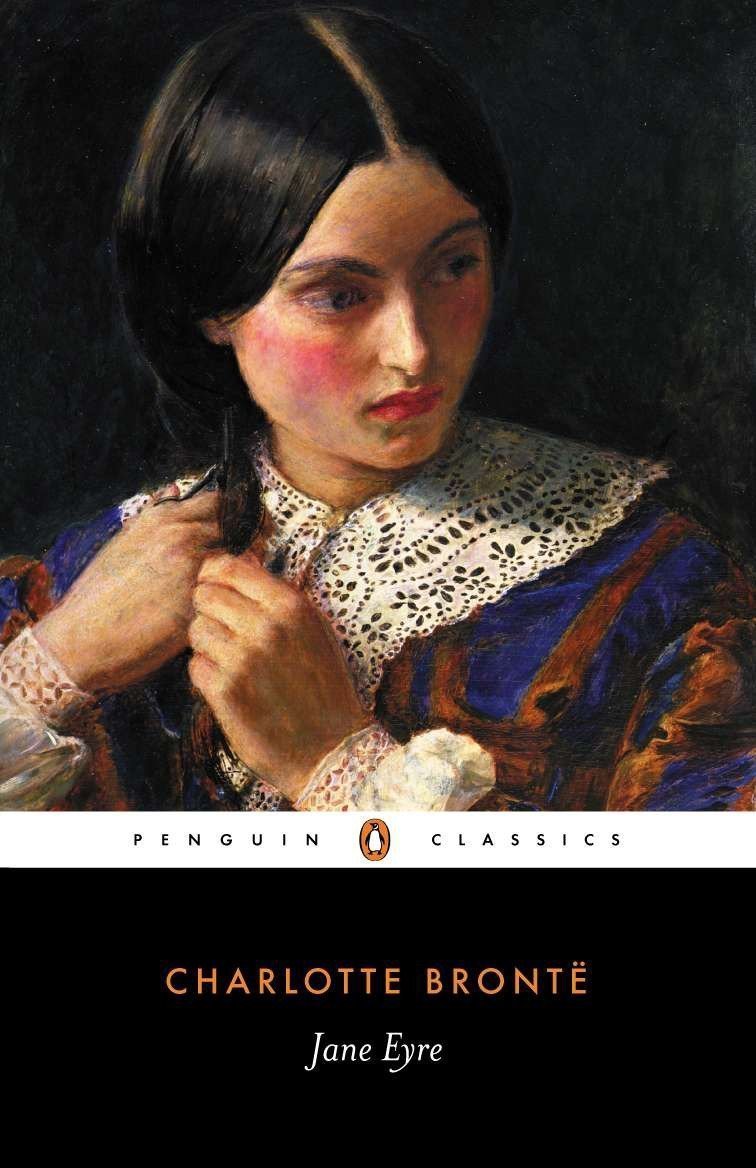
“Jane Eyre,” Charlotte Brontë
Originally published under the pen name Currer Bell, Jane Eyre has secured Charlotte Brontë’s position as one of the greatest Victorian novelists. Written in the first person, the novel follows Jane as she goes from being an orphan living with her cruel aunt, to a boarder and teacher at an awful school called Lowood, to a governess for the mysterious Mr. Rochester, whose house hides a terrible secret. In addition to being an exciting Gothic romance, Jane Eyre is considered a key text in the feminist canon.
First published: 1847
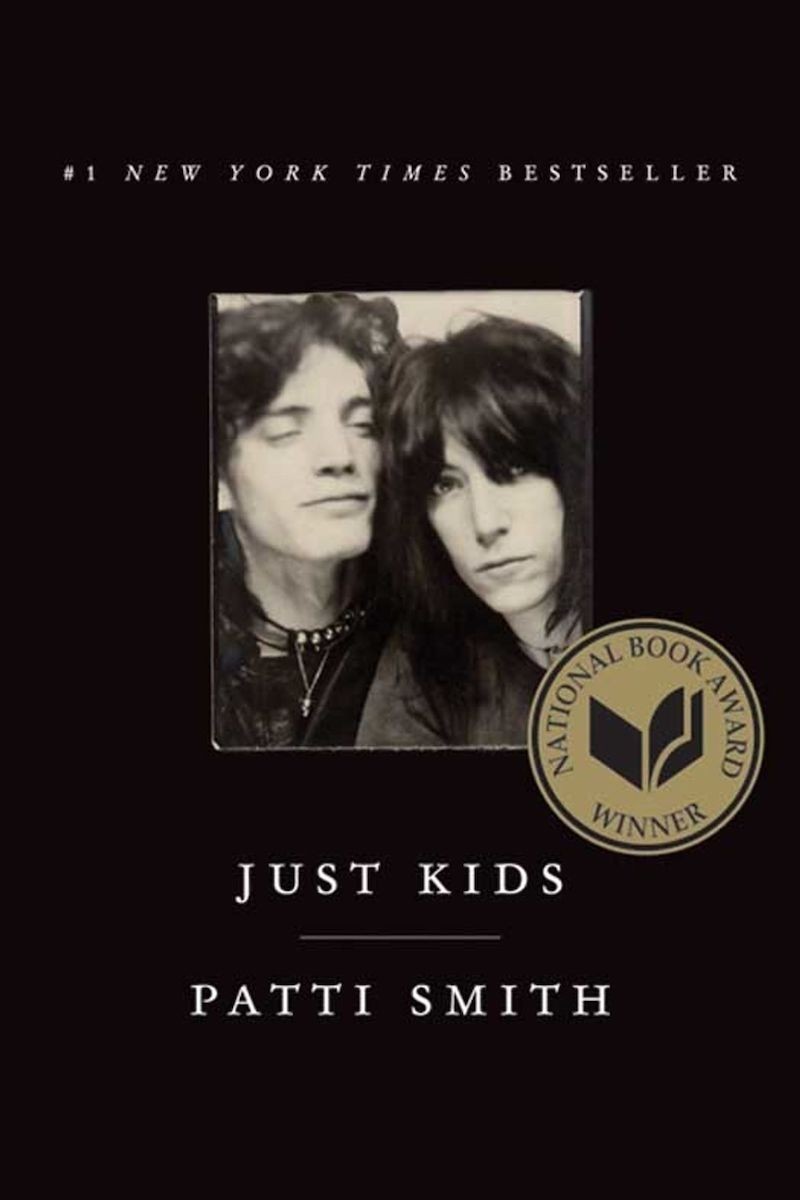
“Just Kids,” Patti Smith
Young and penniless but full of the desire to create, Patti Smith moved from New Jersey to New York City in 1967. There she met Robert Mapplethorpe, who was the same age as her and equally brimming with artistic ambition. Just Kids chronicles their development as artists in 1960s and 1970s downtown New York: Mapplethorpe’s rise to celebrated photographer and Smith’s path to becoming a prominent poet, visual artist, and highly influential figure in punk rock.
First published: 2010
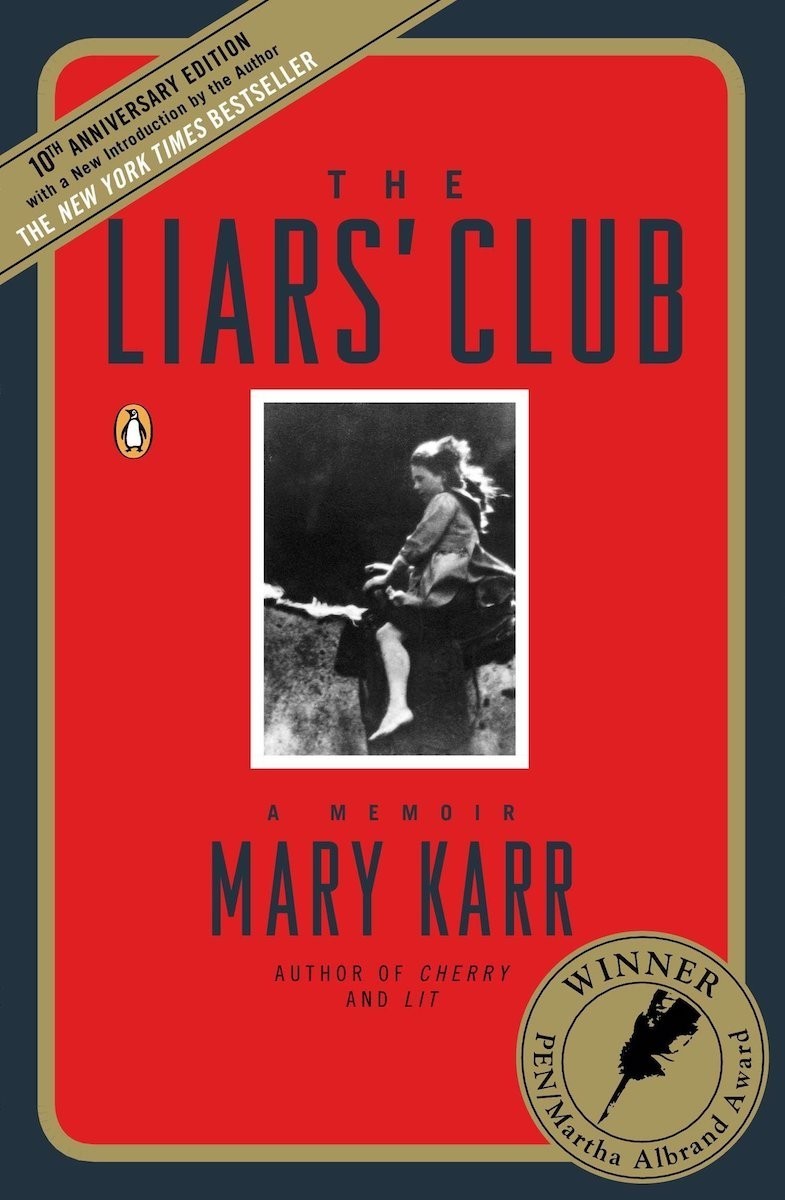
“The Liar’s Club,” Mary Karr
Karr’s gutsy first memoir focuses on her troubled childhood in Texas and Colorado. She deftly walks the line between comedy and tragedy, describing incidents involving her hard-drinking father and mentally unstable mother, among other colourful characters. The book was a New York Times bestseller for over a year and is often credited with raising the art of the memoir to a new level.
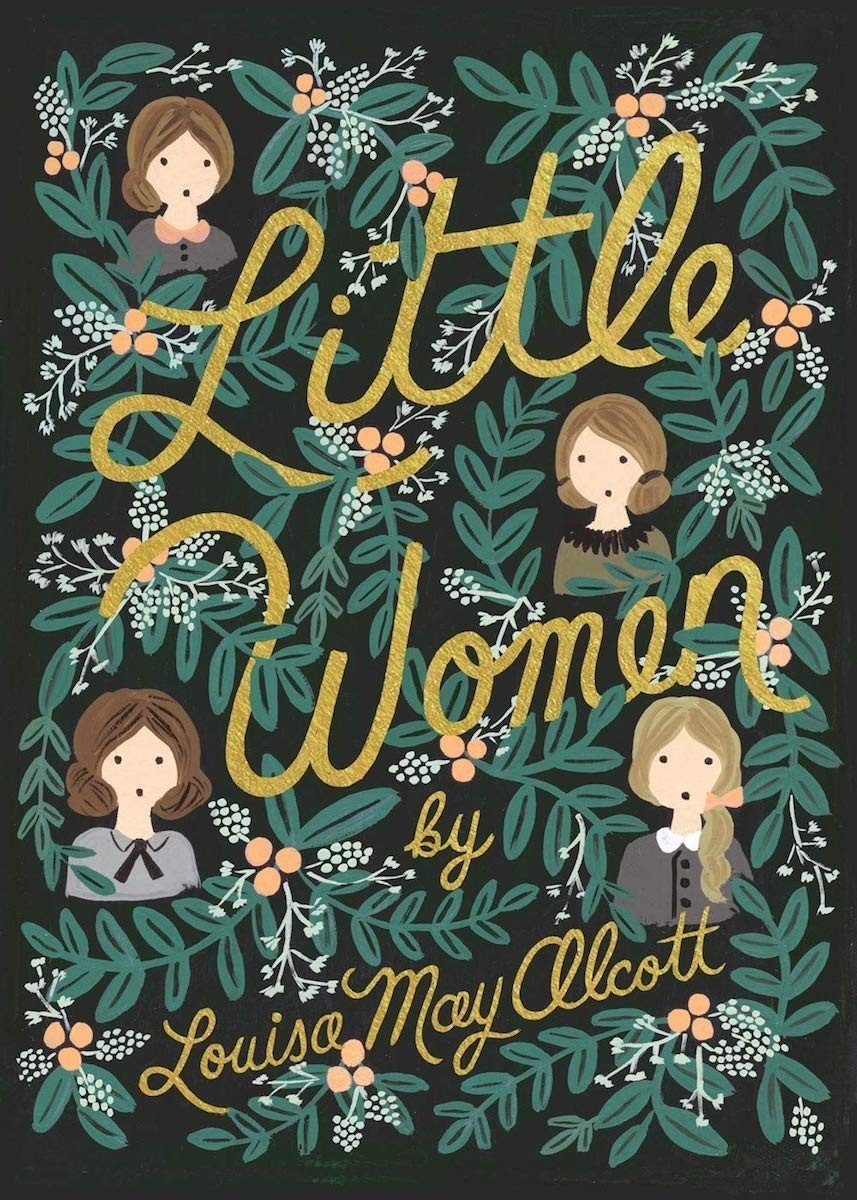
“Little Women,” Louisa May Alcott
Originally published in two volumes, Little Women is one of the best-loved books of all time. The semi-autobiographical novel, set in New England during the Civil War, tells the sweet story of four sisters—Meg, Jo, Beth, and Amy—who share a deep bond despite their different personalities and desires. The eighth film adaptation of the novel (December 2019) stars Saoirse Ronan, Emma Watson, Timothée Chalamet, and Meryl Streep.
First published: 1868 and 1869
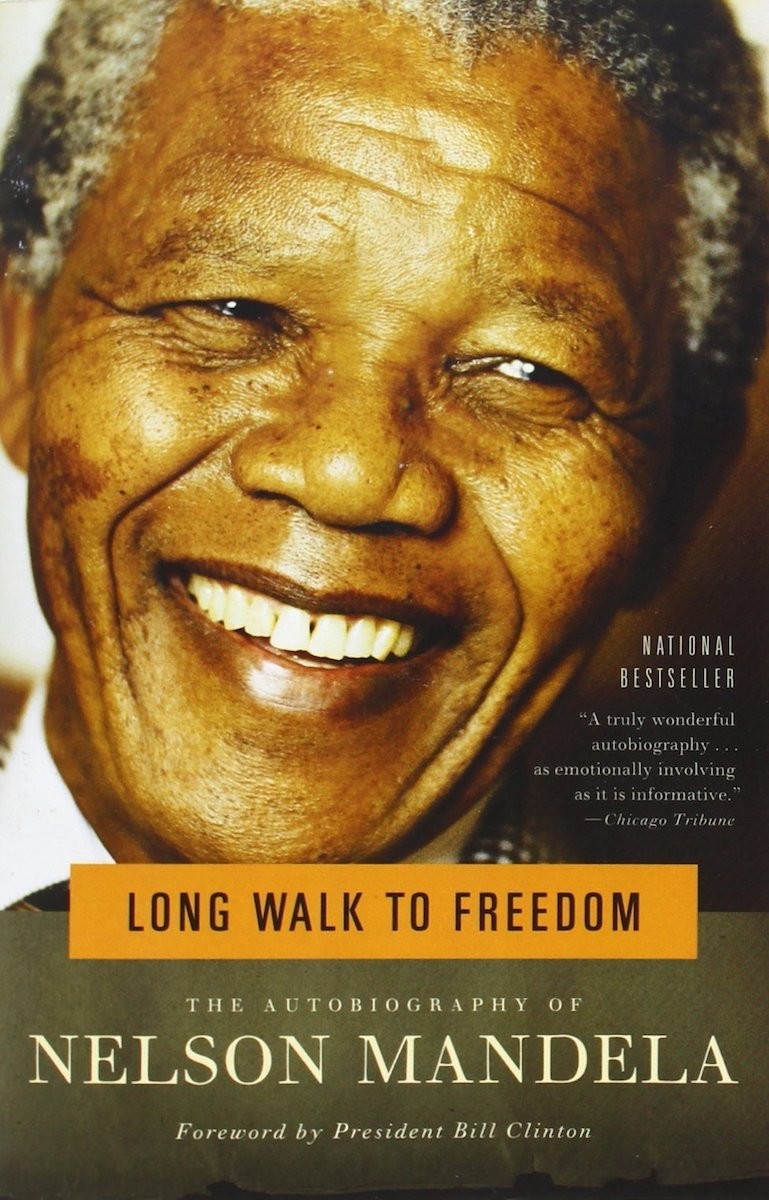
“Long Walk to Freedom,” Nelson Mandela
Long Walk to Freedom is an autobiography by South African president and Nobel Peace Prize laureate Nelson Mandela. With grace and wisdom, it details part of Mandela’s extraordinary life: his childhood, education, anti-apartheid activism, and 27-year imprisonment. It’s a tremendously inspiring read by one of the world’s greatest leaders.
First published: 1994
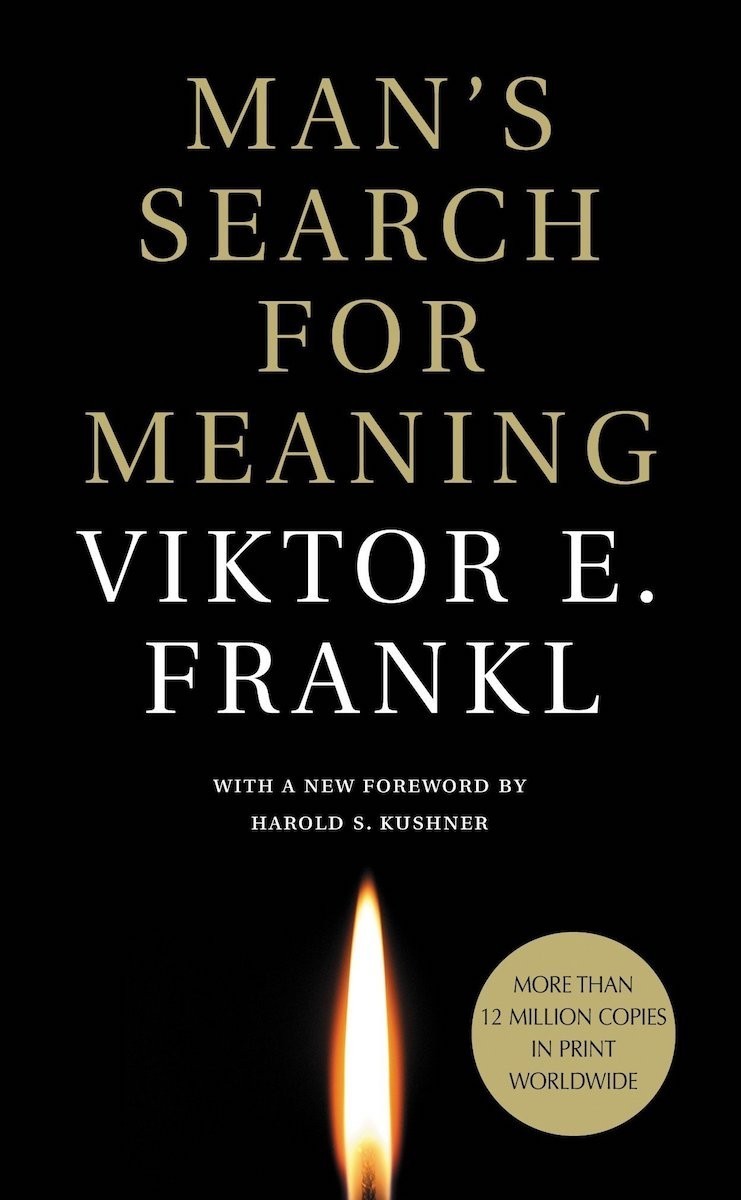
“Man’s Search for Meaning,” Viktor E. Frankl
Originally written in German, Man’s Search for Meaning is a powerful meditation on the deep-rooted human need for meaning. Drawing on his experiences as a prisoner in four Nazi concentration camps, Frankl explains how, even in the most terrible circumstances, one can find meaning in life. The celebrated Austrian psychiatrist is known for his development of logotherapy, which posits that meaning is a more fundamental human need than pleasure or power.
First published: 1946
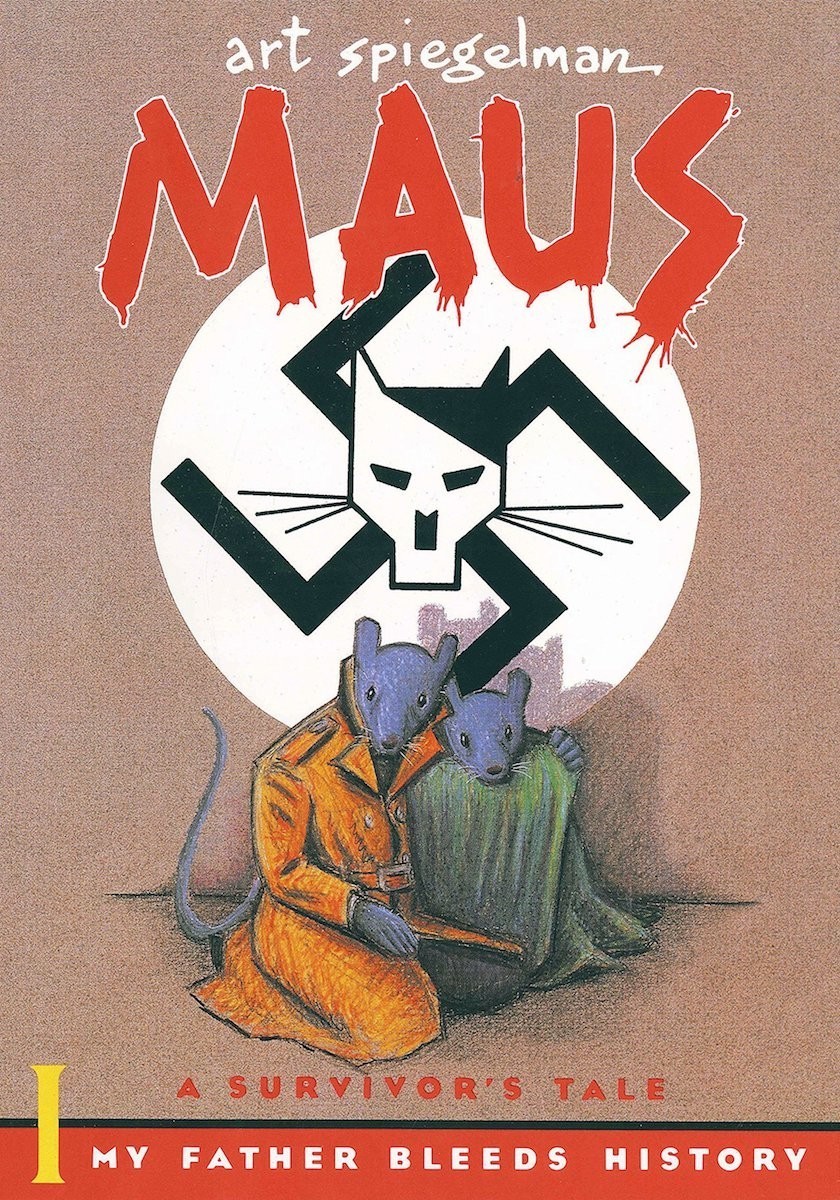
“Maus,” Art Spiegelman
Originally serialized in the comic book Raw from 1980 to 1991, this remarkable tale was later published in two volumes: Maus I: My Father Bleeds History and Maus II: And Here My Troubles Began . It was the first graphic novel to win the Pulitzer Prize. Deftly mixing biography, memoir, and history with the comic book medium, Maus centres on how Spiegelman’s father survived living in concentration camps during the Holocaust.
First published: 1986 and 1991
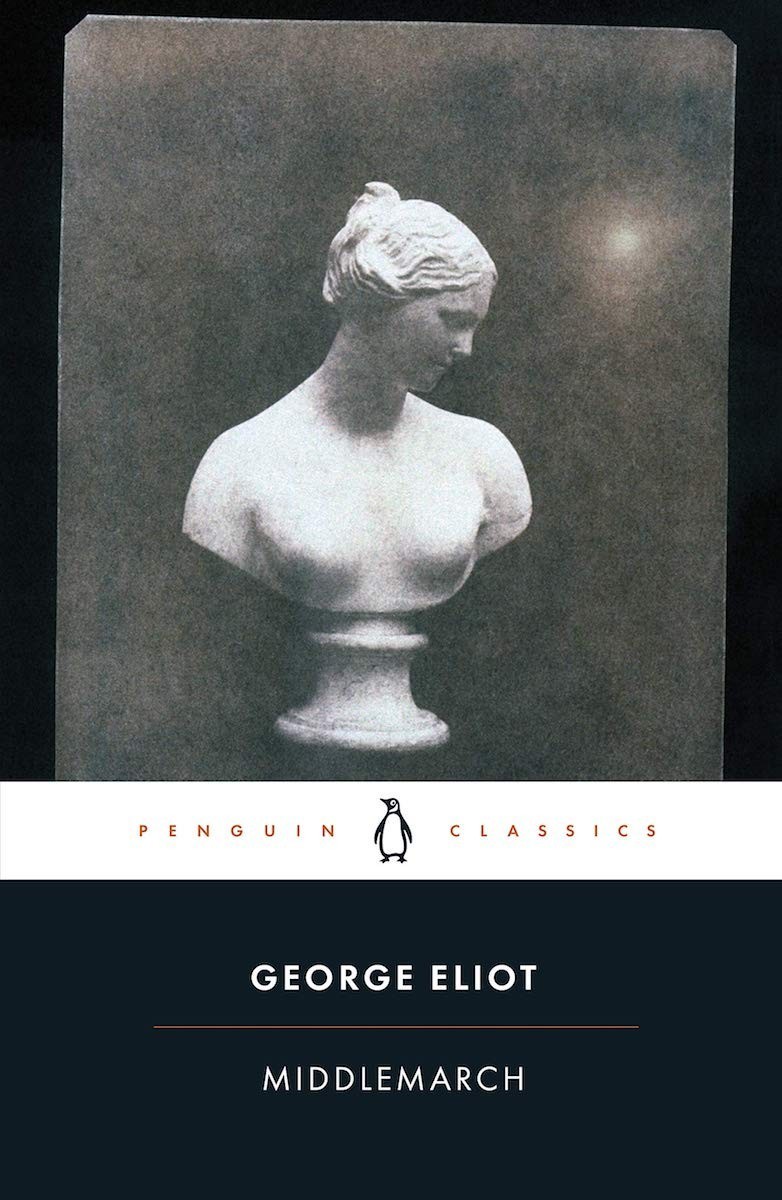
“Middlemarch,” George Eliot
This magisterial Victorian novel, which explores issues related to the status of women, marriage, religion, political reform, and education, features a heroine who marries the wrong man and suffers for it, but still tries to be a good person. Middlemarch follows the intersecting lives of inhabitants in a small English town in the early 19th century. Author Mary Ann Evans used the pen name George Eliot because women writers were not taken seriously at the time.
First published: 1871–1872
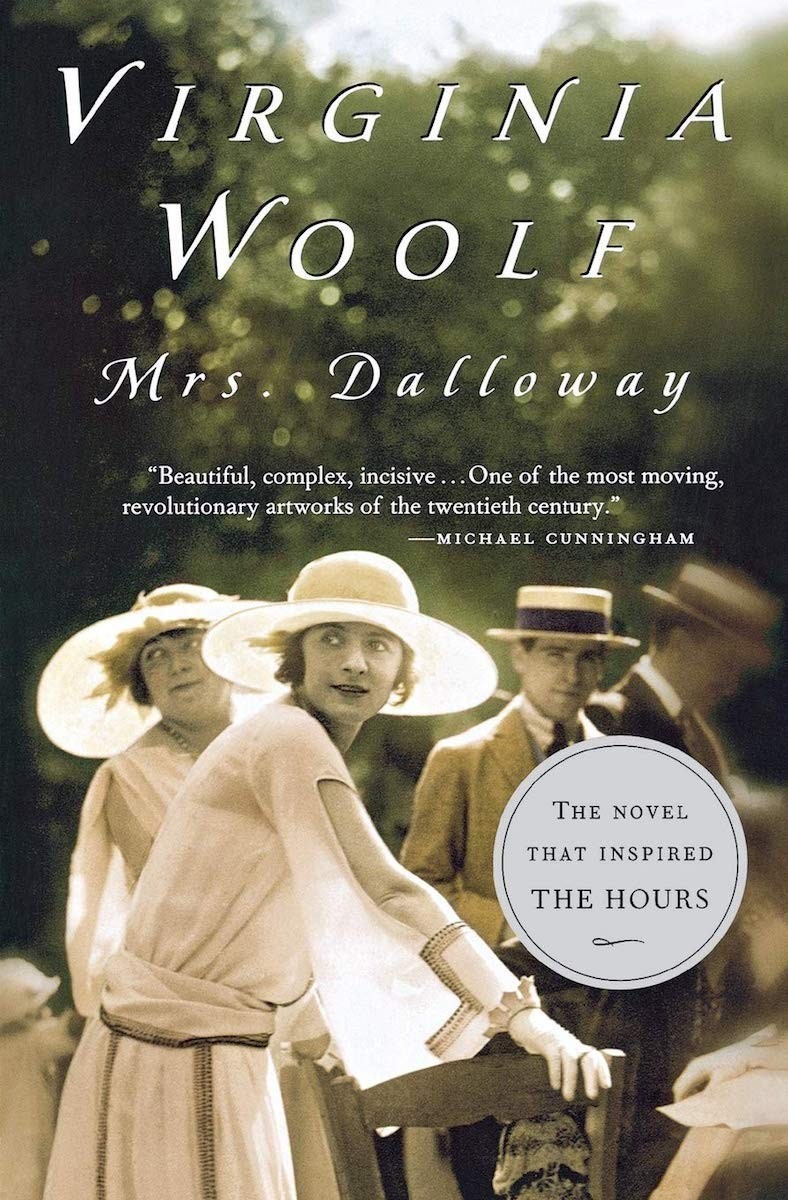
“Mrs. Dalloway,” Virginia Woolf
Woolf’s fourth novel—a remarkable achievement that revolutionized modern literature—follows the title character, an upper-middle-class London housewife, through a single day in her life. The action in Mrs. Dalloway takes place mainly in the protagonist’s consciousness, a device that Woolf handles deftly to address themes of time, mental illness, gender, and sexuality.
First published: 1925

“No Pain Like This Body,” Harold Sonny Ladoo
Trinidadian-Canadian author Harold Sonny Ladoo is not well known, but his novel No Pain Like This Body is a marvel of Caribbean literature. A brutal tale of poverty and violence set in Trinidad, it centres on a family of rice growers. Reading this book is a visceral experience; Ladoo’s spare prose may seem naive at first, but its heart-rending power will stay with you long after you put the book down.
First published: 1972
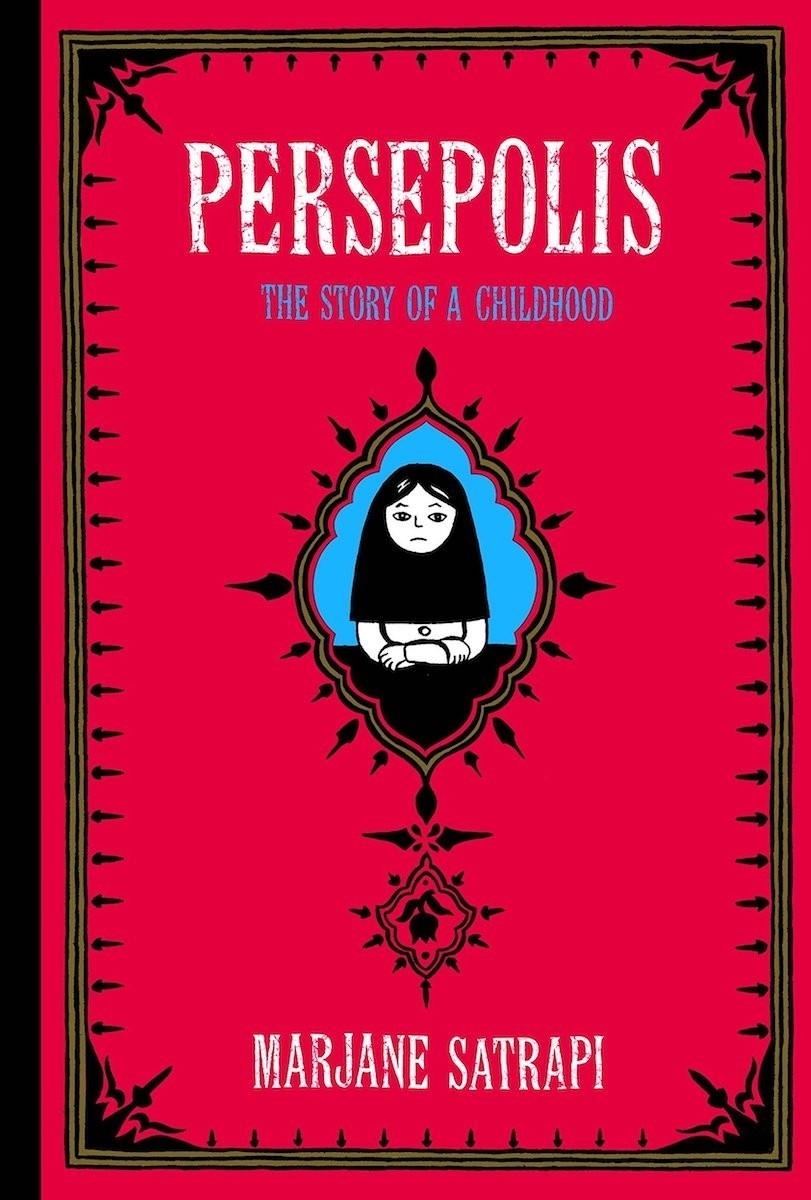
“Persepolis,” Marjane Satrapi
Originally published in French in four volumes, Persepolis is a memoir in the form of a graphic novel. With great humour, Satrapi weaves a portrait of her childhood in Iran at the time of the Islamic Revolution, her adolescence alone in Europe (her parents sent her away for her own safety), and her eventual return to a changed Iran where she must follow rigid laws and social mores that curtail her personal and artistic freedom.
First published: 2000–2003

“Persuasion,” Jane Austen
Austen’s final novel, Persuasion , is her most mature and arguably her most romantic. When Anne Elliot is 19, she falls in love with and agrees to marry a dashing naval officer, Captain Wentworth, but her family persuades her to end the engagement because he has no fortune. Eight years later, when Anne has all but resigned herself to spinsterhood, the war ends and Captain Wentworth returns, giving the couple a second chance at love.
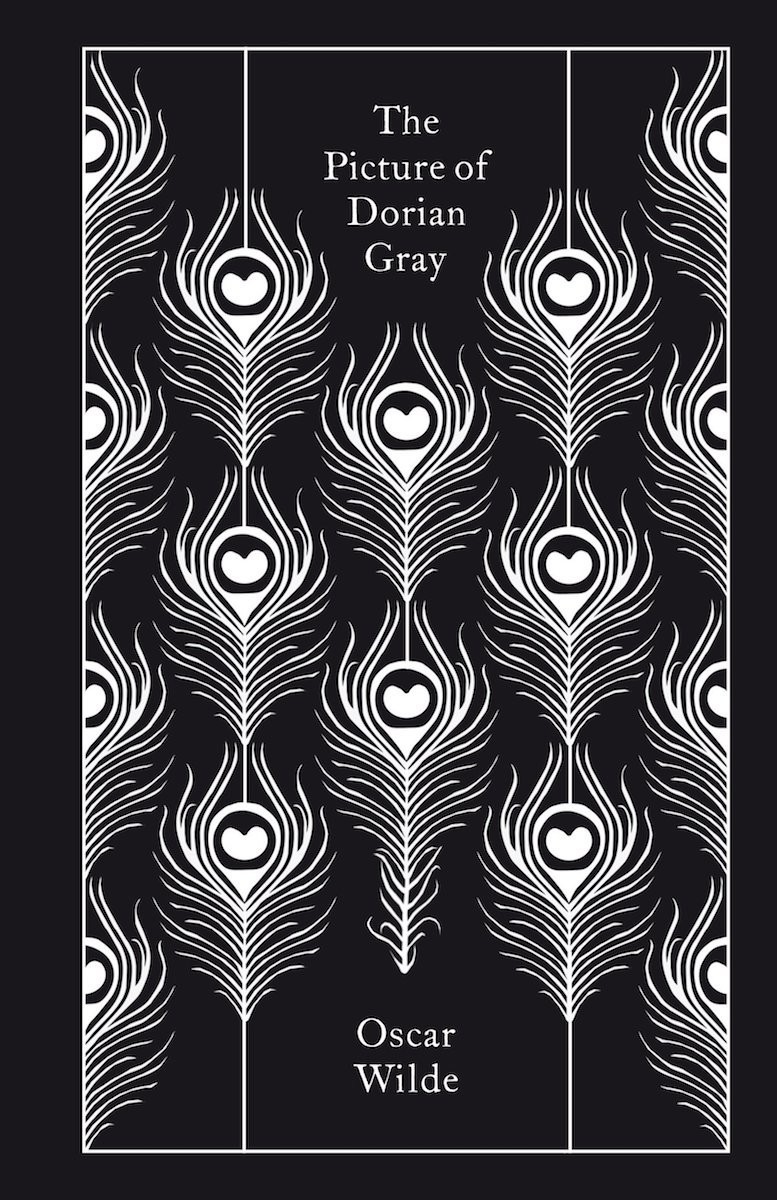
“The Picture of Dorian Gray,” Oscar Wilde
Wilde’s only novel is a Gothic and allegorical tale of a young man who sells his soul for eternal youth and beauty. When The Picture of Dorian Gray was first published in the July 1890 issue of Lippincott’s Monthly Magazine , it was met with widespread condemnation. In response to criticism, allusions to homoeroticism were censored. It was only many years after Wilde’s death that his imaginative and haunting novel became recognized as a classic.
First published: 1890
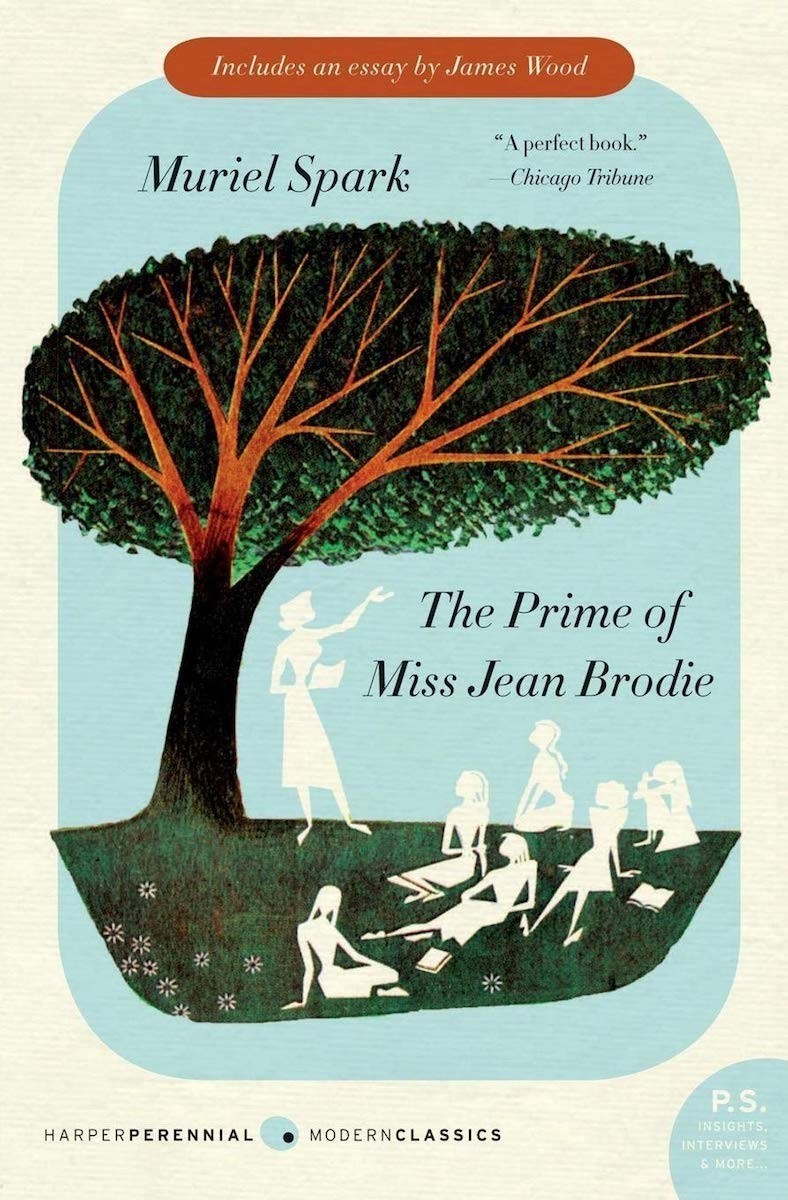
“The Prime of Miss Jean Brodie,” Muriel Spark
At the centre of this witty, slender novel about the dangers of power is an Edinburgh teacher and the six girls she holds in her thrall. Glamorous, outspoken, and charismatic, Jean Brodie wants the respect of her school’s staid administration, the perpetual adoration of her students, and the heart of one of her male colleagues—but can she have it all?
First published: 1961
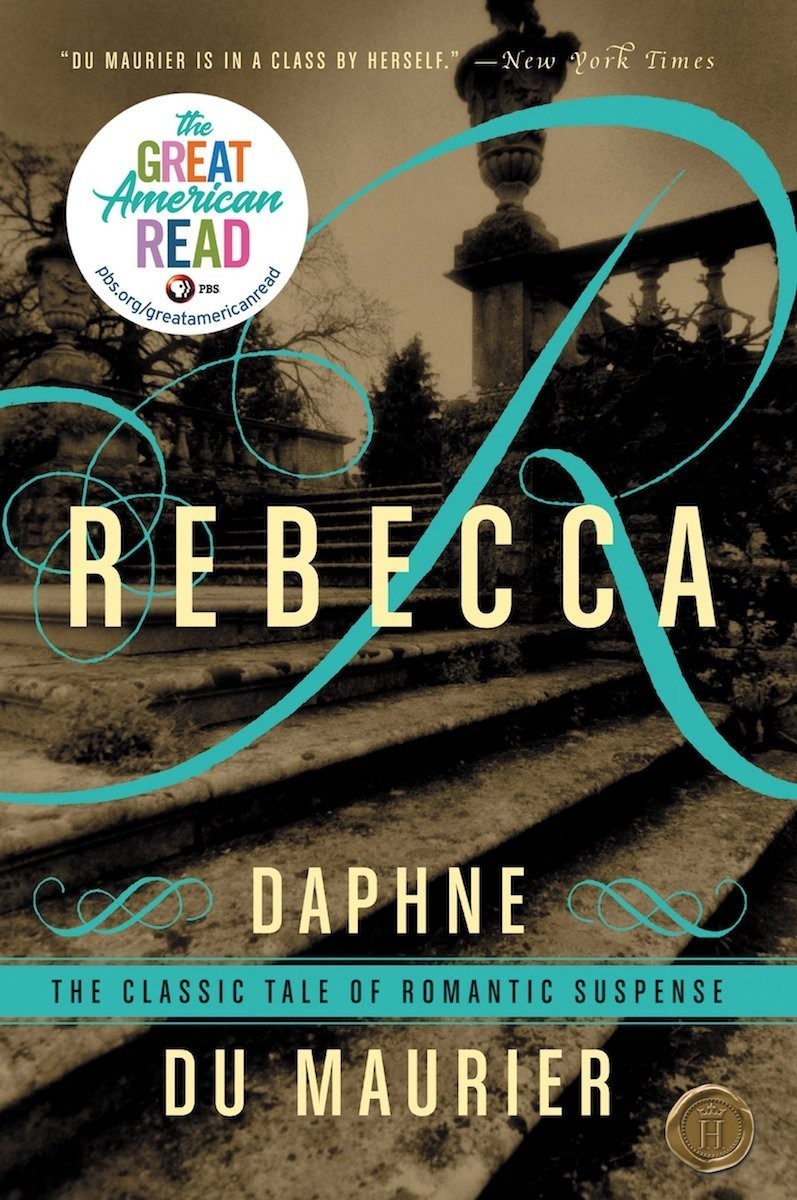
“Rebecca,” Daphne du Maurier
Famously adapted for the screen by Alfred Hitchcock in 1940, Rebecca is a Gothic psychological thriller that chronicles a young bride’s obsession with her husband’s first wife, who drowned in a boating accident. Perhaps Du Maurier’s greatest achievement is her characterization of the sinister housekeeper, Mrs. Danvers, who does her best to drive the new wife mad.
First published: 1938
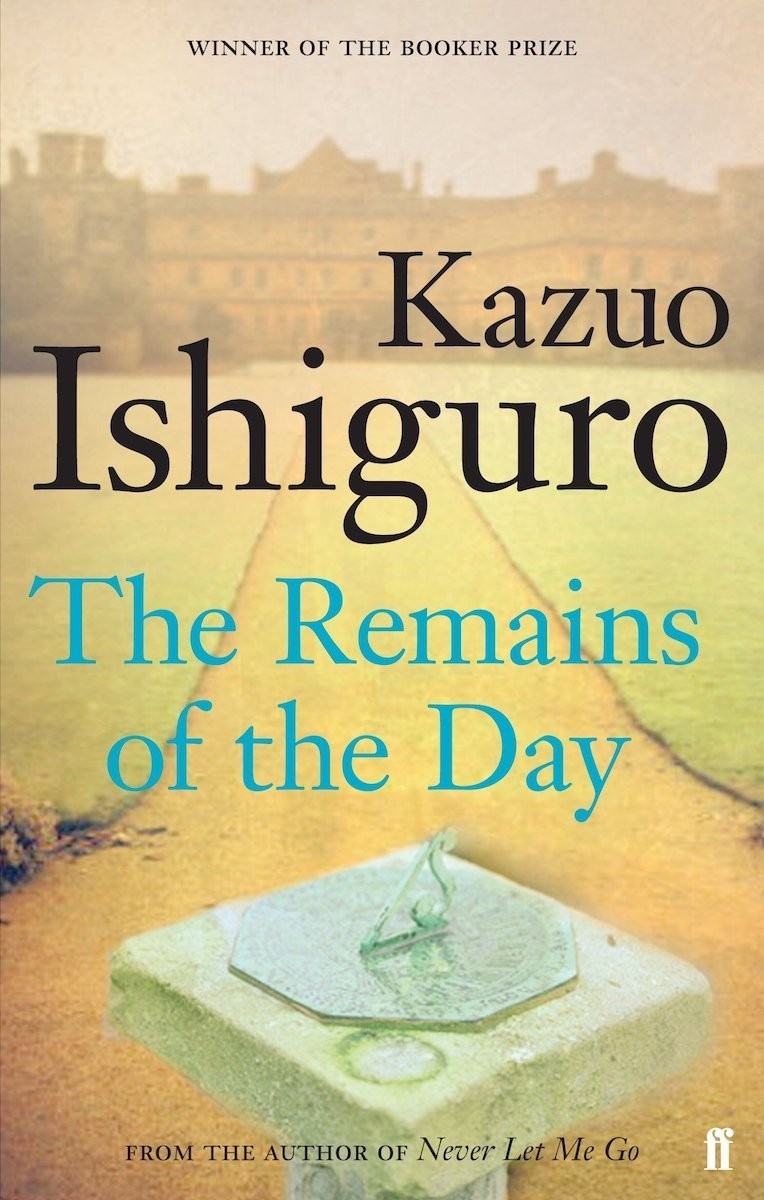
“The Remains of the Day,” Kazuo Ishiguro
This novel, which explores notions of duty, memory, love, and loss, is told in the first person by Stevens, an English butler who has dedicated his life to serving the late Lord Darlington. While driving to the West Country in a car borrowed from the new owner of Darlington Hall, Stevens retraces his life. The Remains of the Day won the 1989 Man Booker Prize for Fiction and was adapted into a magnificent film starring Anthony Hopkins and Emma Thompson.
First published: 1989
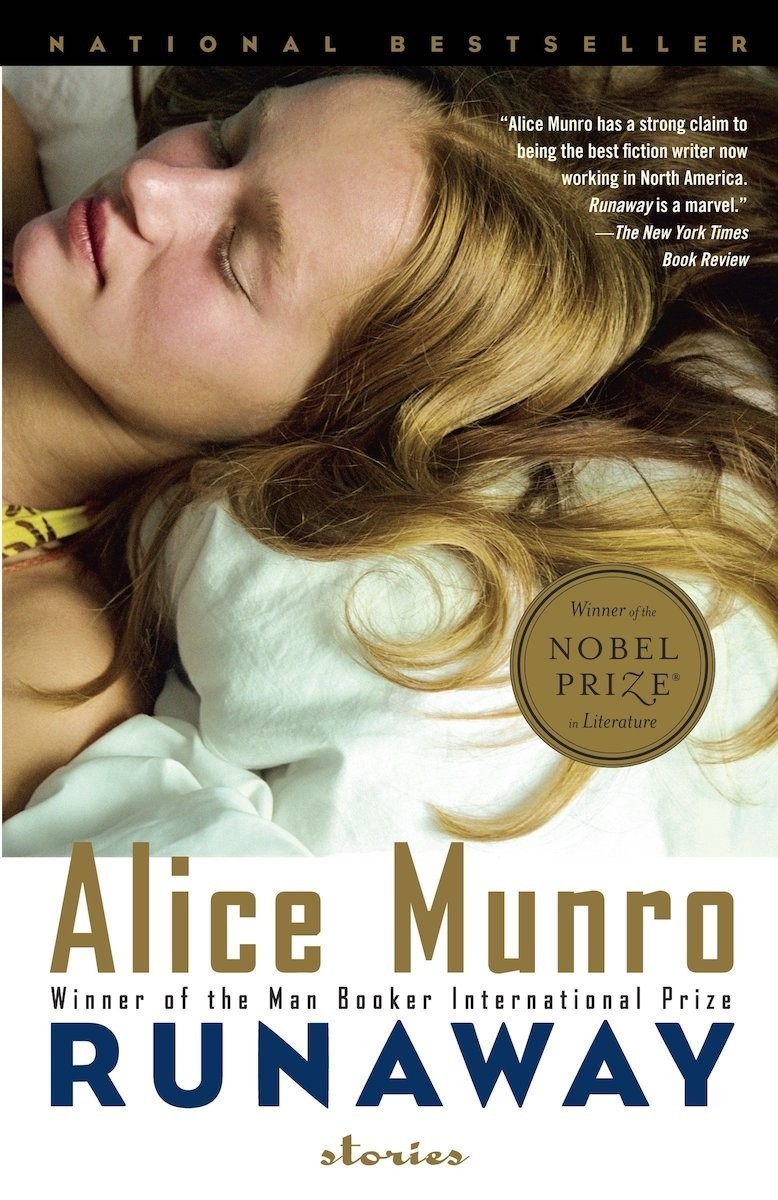
“Runaway,” Alice Munro
In her 10th collection , Nobel laureate Alice Munro offers readers eight finely crafted stories, three of which follow the same character, Juliet, at various points in her life. Munro has an uncanny ability to empathize with and portray people’s weaknesses and the motivations behind harmful behaviour, producing astoundingly realistic character portrayals.
First published: 2004
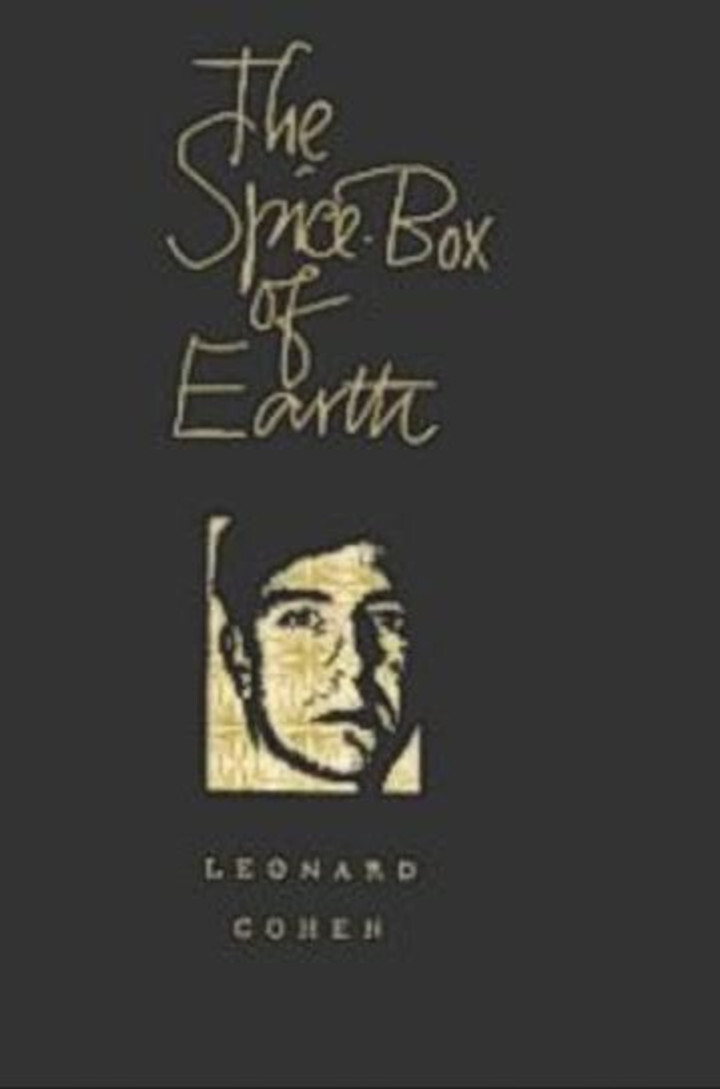
“The Spice-Box of Earth,” Leonard Cohen
You are probably familiar with Leonard Cohen’s music, but have you read his poetry? If not, The Spice-Box of Earth is a great place to start—it is accessible, sensual, and romantic. Cohen was only 27 and relatively unknown when the book was first published, and when the first edition sold out in less than three months, one reviewer called Cohen “probably the best young poet in English Canada right now.”

“Their Eyes Were Watching God,” Zora Neale Hurston
In Hurston’s best-known work, Janie Crawford, a light-skinned black woman in her early forties, recounts her three marriages to her best friend, Pheoby. The reader witnesses Janie’s development from wide-eyed teenager to strong, independent woman. Hurston’s use of African-American and Southern dialect throughout Their Eyes Were Watching God adds a layer of realism to the novel.
First published: 1937
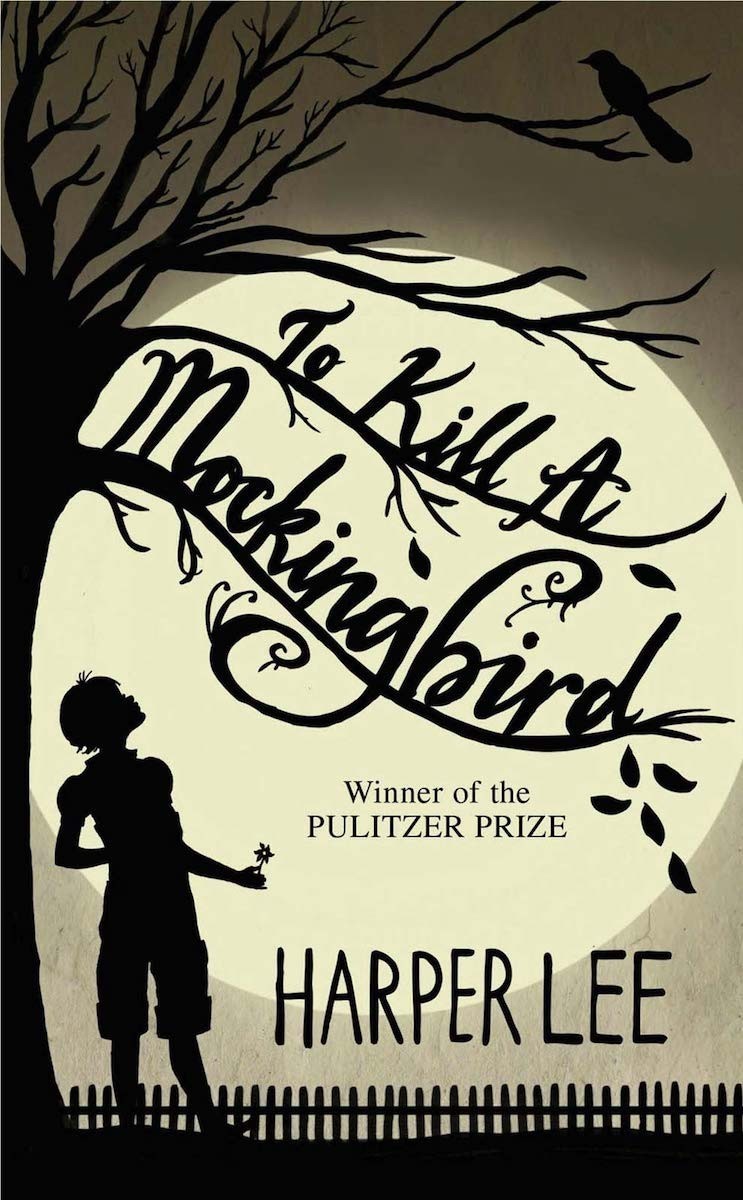
“To Kill a Mockingbird,” Harper Lee
Lee famously stated that To Kill a Mockingbird was “a love story, pure and simple,” but it isn’t a romance—it’s a story of love for one’s family and community, and for doing the right thing. Narrated by a six-year-old tomboy nicknamed Scout, whose father, a lawyer, is defending a black man falsely accused of raping a white woman, the novel is a timeless plea for justice. It won the 1961 Pulitzer Prize and was later made into an Academy Award–winning movie.
First published: 1960
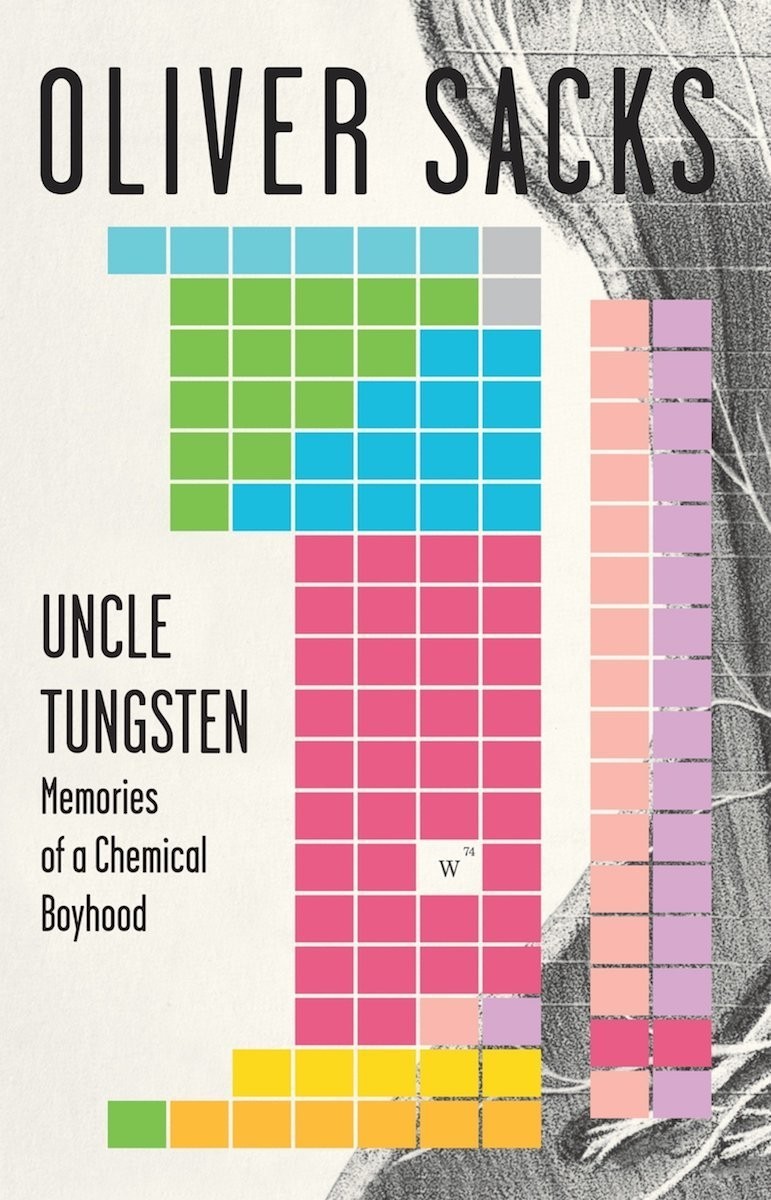
“Uncle Tungsten,” Oliver Sacks
Author of Awakenings and An Anthropologist on Mars , neurologist Oliver Sacks is famous for his bestselling medical case histories. This book, however, is a memoir of Sacks’s own childhood in London and the Midlands. Both of his parents were doctors, and they encouraged him to study science. Sacks had a special fascination for chemistry, setting up his own laboratory in the family home where he would perform experiments—the more dramatic, the better. Uncle Tungsten is a love letter to the field of chemistry and Sacks’s family, who fostered his intellectual curiosity.
First published: 2001

“The Warmth of Other Suns,” Isabel Wilkerson
In this extensively researched nonfiction book, Pulitzer Prize–winning journalist Wilkerson chronicles the “Great Migration”: the exodus of millions of Southern African-Americans to northern, midwestern, and western states. This epic story of migration within the United States is told through the life experiences of three individuals: Ida Mae Gladney, George Starling, and Robert Foster. The Warmth of Other Suns won numerous accolades, including the National Book Critics Circle Award.
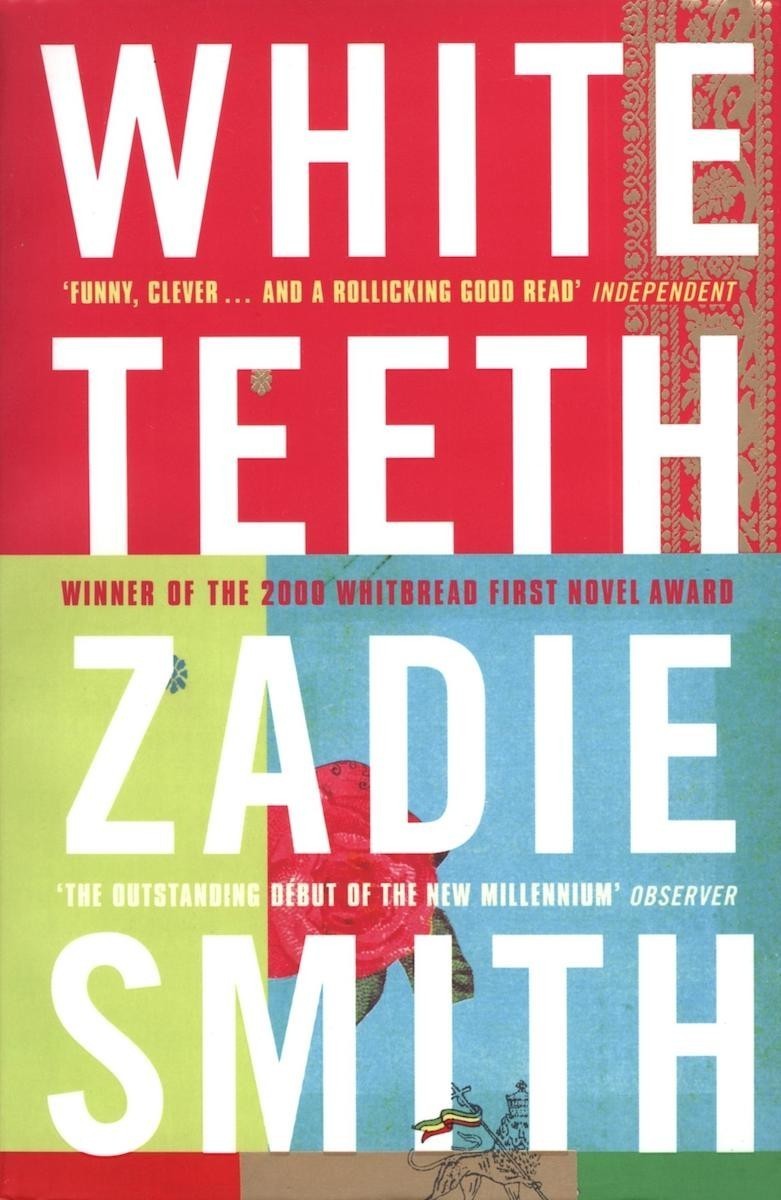
“White Teeth,” Zadie Smith
This witty, lively debut—a smashing success with critics and readers alike—set in multicultural London deals with love, war, religion, and three different families over three generations. The story centres on an unlikely friendship between two WWII veterans: working-class Brit Archie Jones and Bengali Muslim Samad Iqbal. Just 24 when White Teeth was published, Smith apparently “ wrote the novel in quiet moments while revising for finals at Cambridge.”
First published: 2000
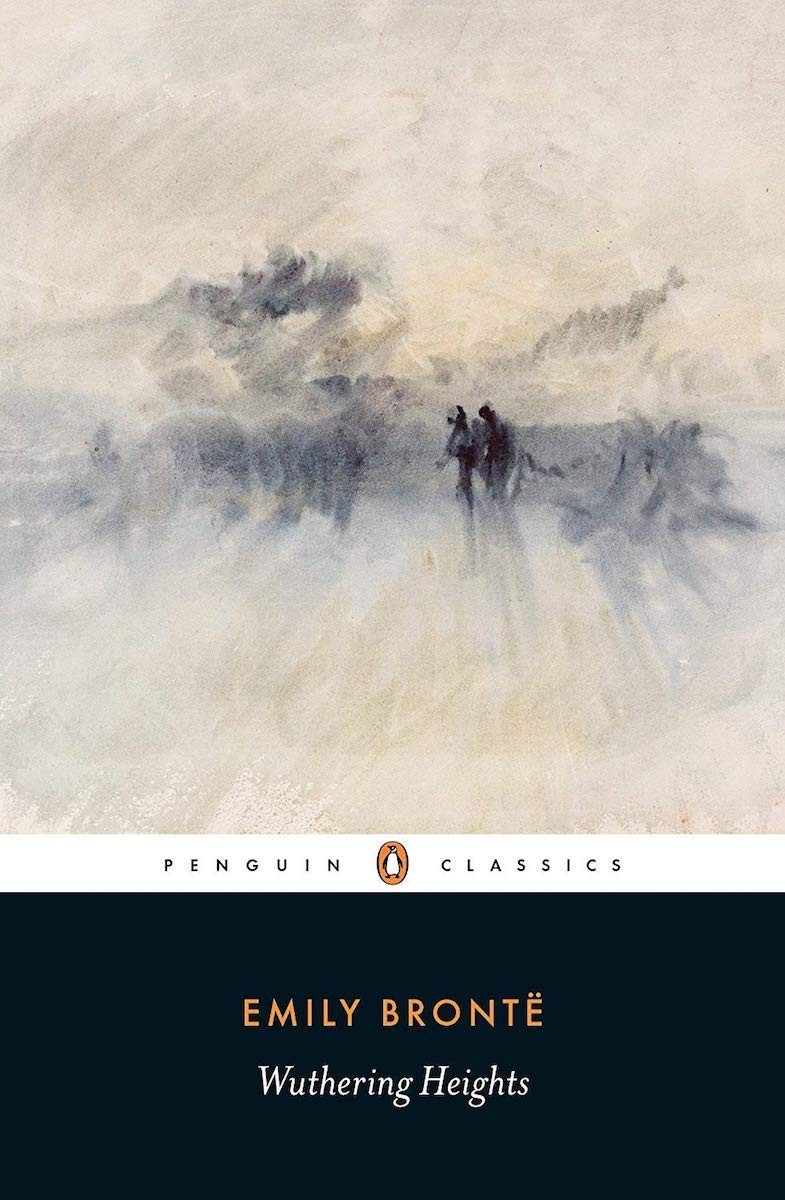
“Wuthering Heights,” Emily Brontë
Emily Brontë’s only novel tells the tortured love story of the foundling Heathcliff and his adoptive father’s daughter, Catherine Earnshaw. Bad boys abound in literature, but Heathcliff is a force of nature. When Catherine betrays him, he exacts revenge on everyone around her, including Catherine’s daughter. Will there ever be a stranger, darker romance? Wuthering Heights is a passionate exploration of the destructive power of spurned love that glitters through the centuries.
More for You
MK Party and DA take action against Ramaphosa over Sunday night’s address to the nation
Dermatologists reveal the shaving mistake that nearly all men make
Fans in awe: Samthing Soweto stuns on magazine cover
Terror on Spirit flight as passengers are told to put on life jackets
Kaizer Chiefs new manager: What we know, why Pitso isn’t in the bag
20 Car Dealership Scams & Tricks To Be Wary Of
Trump suggested at fundraiser he ‘would have bombed’ Russia and China
Actor Johnny Wactor (37) murdered while hunting down thieves
Pictures: Woman receives support after showing off her humble home
Teen moms in SA: What does it take to go back to school?
Here’s why we always board flights on the left side of the plane
Unseen Kate Middleton photo from stay at £850-a-night Welsh Airbnb
'MacGyver': 15 Facts You Didn't Know About The Show
Medvedev threats world war and the nuclear destruction of a NATO member
21 foods that actually make you look YOUNGER
The greatest cars ever made with pop-up headlights
Find out about Zuluboy's legal battle with 'Umkhokha: The Curse'
Ilhan Omar & Cori Bush forced to delete embarrassing Memorial Day post
Flight attendant reveals why you should skip airline food on long haul trips
Macron, Scholz: Ukraine can strike some targets in Russia

IMAGES
VIDEO
COMMENTS
Brembeck Cole S. and Keith John P. Education in Emerging Africa: A Select and Annotated Bibliography. East Lansing, Michigan: College of Education, Michigan State University, 1966. 3. Catalogue of the Collection of Education in Tropical Areas of the Institute of Education, University of London. Boston: G. K. Hall, 1967. (3 volumes) 4.
A Bibliography of Bantu Education in the Union, 1949-1959. School of Librarianship, University of Cape Town, 1959 - Black people - 48 pages. Bibliographic information. Title: A Bibliography of Bantu Education in the Union, 1949-1959 Bibliographical series: Compiled by: Laetitia Potgieter:
7. The Bantu Education Act: A Failure of Democracy Bibliography. Wilson, Francis. "The Bantu Education Act: A Failure of Democracy." South African Journal of Education 31, no. 4 (2011): 440-452.
A NOTE ON BANTU EDUCATION, 1953 TO 1970. Hermann Giliomee, Hermann Giliomee. University of Stellenbosch. Search for more papers by this author. Hermann Giliomee, Hermann Giliomee. University of Stellenbosch. Search for more papers by this author. First published: 31 March 2009.
A Current Bibliography on African Affairs. This essay will attempt to identify and describe materials pertinent to the study of the system of "Bantu education" implemented by the South African government after the passage of the Bantu Education Act in 1953. The included works discuss the background, structure and implications of this system.
The South African Bantu Education Act. BY DR. R. H. W. SHEPHERD Dr. Shepherd has been Prtncipal of Lovedale, the famous Chgrch of Scotland African instit"tion, since 1942. He went there as chaplain in 1927 after serving as a missionary in Tembgland. He went to Sogth Africa in 1919 and is a distinguished authority on Bantu educatior.
Bantu Education was. another--more thoroughgoing-response. BANTU EDUCATION IN THE 1950s. So far, the essential points of continuity between Bantu Education and the education of blacks which went before it have been stressed, locating both in a reproduction of labour needed for the capitalist accumulation process.
Current bibliographical sources in education = sources d'information bibliographiques courantes sur l'education = Fuentes bibliograficas actuales en materia de educacion / prepared by the International Bureau of Education; The bibliographical way / by Fredson Bowers; The best books of the decade, 1936-1945 : another clue to the literary labyrinth
Bibliography Of Bantu Education Act 1953 A History of South African Literature Christopher Heywood 2004-11-18 This book is a critical study of South African ... Bantu Education to 1968 1969 Study of educational planning in South Africa R in respect of the education of Africans - covers apartheid, general education, primary education, secondary ...
The Bantu Education Act 1953 (Act No. 47 of 1953; later renamed the Black Education Act, 1953) was a South African segregation law that legislated for several aspects of the apartheid system. Its major provision enforced racially-separated educational facilities; [1] Even universities were made "tribal", and all but three missionary schools ...
A CURRENT BIBLIOGRAPHY ON AFRICAN AFFAIRS, Vol. 10(3),1977-78 FEATURES VICTORIA K. EVA LOS This essay will attempt to identify and describe materials pertinent to the study of the system of "Bantu education" implemented by the South African govern ment after the passage of the Bantu Education Act in 1953. The included works discuss the background, structure and implications of this system.
"Evalds, Victoria K. The "Bantu Education" System: A Bibliographic Essay.," African Ephemera Collection, accessed May 26, 2024, https://collections.libraries ...
The Bantu Education Act of 1953: Origin and Response. Eghsaan Behardien. University of Cape Town, 1981 - Education and state - 132 pages. Bibliographic information. Title: The Bantu Education Act of 1953: Origin and Response: Author: Eghsaan Behardien: Contributor: University of Cape Town: Publisher: University of Cape Town, 1981:
Dr. Verwoerd's exposition of Bantu education contains the out worn fallacy'that it is intended to benefit the African. In his pamphW-on Bantu Education, he says:— "The Bantu pupil must obtain knowledge, skills and attitudes in the school which will be useful and advantageous to him, - at the same time beneficial to his community.
A Bibliography of the Bantu in the Republic of South Africa. Pretoria: National Bureau of Educational and Social Research, (Information Series #12), 1966. ... Lekhela Ernest P. Tendencies in the History of "Bantu Education" in South Africa. Pietsburg, South Africa: University of the North, 1972. (Publications of the University of the North. ...
In 1954—5 black teachers and students protested against Bantu Education. The African Education Movement was formed to provide alternative education. For a few years, cultural clubs operated as informal schools, but by 1960 they had closed down. The Extension of University Education Act, Act 45 of 1959, put an end to black students attending ...
critical analysis of bantu education act of 1953 and implications on covid-19 pandemic in black schools: a social justice perspective May 2022 DOI: 10.25273/she.v3i2.12739
Bantu Education Act, Act No 47 of 1953. The Act was to provide for the transfer of the adminiustration and control of native education from the several provincial administrations to the Government of the Union of South Africa, and for matters incidental thereto. Click here to download.
Overview. This book explores the complex relationships between education, equality, and human rights, including a discussion of the impact of apartheid-era policies like Bantu Education on the educational opportunities and outcomes of marginalized groups in South Africa. 13. Apartheid and Education: The Education of Black South Africans.
Webbibliography-of-bantu-education-act-1953 3 Downloaded from admissions.piedmont.edu on 2020-10-11 by guest African that has systematically looked at higher education reform. … WebBibliography Of Bantu Education Act 1953 bibliography-of-bantu-education-act-1953 2 Downloaded from portal.ajw.com on 2019-10-12 by guest schooling works to uphold ...
File 1/5/2/1 Vol. 1 - Documentation regarding matters concerning Bantu education; Bantu Manpower and Education by E.G. Malherbe, Johannesburg 1969; File 1/5/2/1 Vol. 2 - Documentation regarding matters concerning Bantu education, training, and labour; File 1/5/2/1 Vol. 3 - Documentation regarding matters concerning Bantu education, training ...
Video (online) Consult the lists of relevant articles, books, theses, conference reports, and other scholarly sources on the topic 'Bantu Education Act (1953).'. Next to every source in the list of references, there is an 'Add to bibliography' button. Press on it, and we will generate automatically the bibliographic reference to the chosen work ...
Steve Biko (born December 18, 1946, King William's Town, South Africa—died September 12, 1977, Pretoria) was the founder of the Black Consciousness Movement in South Africa. His death from injuries suffered while in police custody made him an international martyr for South African Black nationalism. After being expelled from high school for ...
"Bantu Education or the Street" The first half of the 1950s was the formative period of apartheid and the liberation movement fought simultaneously on four fronts against a new wave of fascist measures that restricted education, movement, residence and work. For the most part, the action occurred while the majority of the Congress Alliance ...
The Bantu peoples are an ethnolinguistic grouping of approximately 400 distinct native African ethnic groups who speak Bantu languages.The languages are native to 24 countries spread over a vast area from Central Africa to Southeast Africa and into Southern Africa.. There are several hundred Bantu languages. Depending on the definition of "language" or "dialect", it is estimated that there are ...
Gitanas Nausėda (gambar) terpilih kembali sebagai Presiden Lithuania.; Longsor yang terjadi di Enga, Papua Nugini menewaskan sedikitnya 100 orang.; Tô Lâm diangkat menjadi Presiden Vietnam.; Kecelakaan helikopter di dekat Varzaqan, Iran, menewaskan sembilan orang, termasuk Presiden Ebrahim Raisi dan Menteri Luar Negeri Hossein Amir-Abdollahian.; Perdana Menteri Slowakia Robert Fico ditembak ...
In 1953, what were banned by the Native Labour Act? 1/16th of government spending on education was on Bantu Education after the act was passed in which year? In what year wad the Defiance Campaign launched? In which year was there a National Protest Day where many Africans lost their jobs?
Halterman has four siblings: Randy, John, Jason, and Angela. His brother, Jason, was previously married to Amy's sister, Amanda. They tied the knot in December 1998 and welcomed four boys. They called it quits in August 2020 before Jason filed for divorce in August 2022. Top 5 facts about Amy Slaton and her ex-husband Mike Halterman.
Black Boy is a coming-of-age memoir by Richard Wright. The first part, "Southern Night," details the hardships of his childhood in the American South while the second part, "The Horror and ...